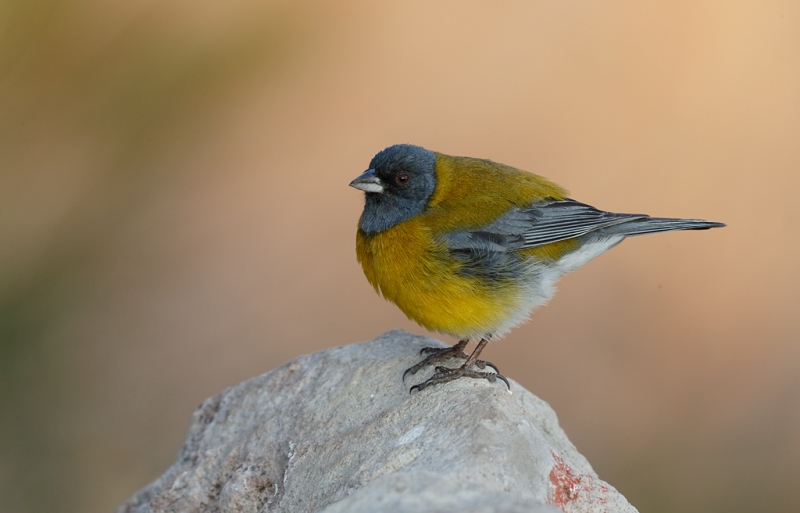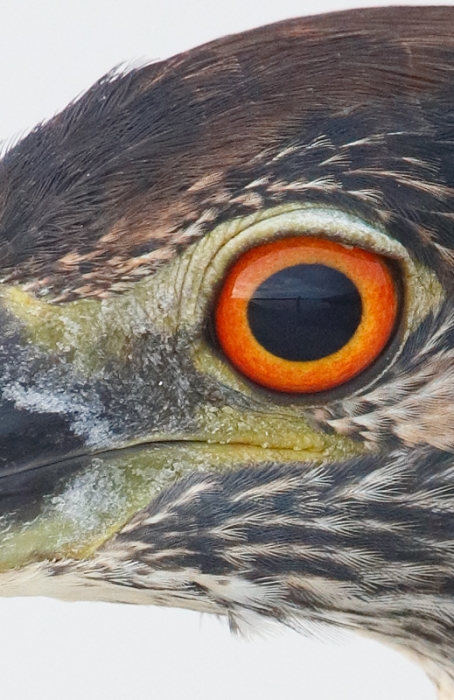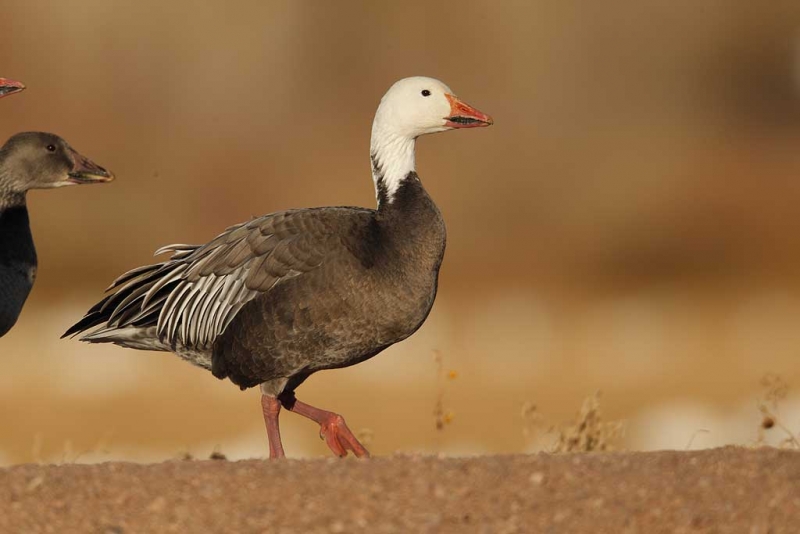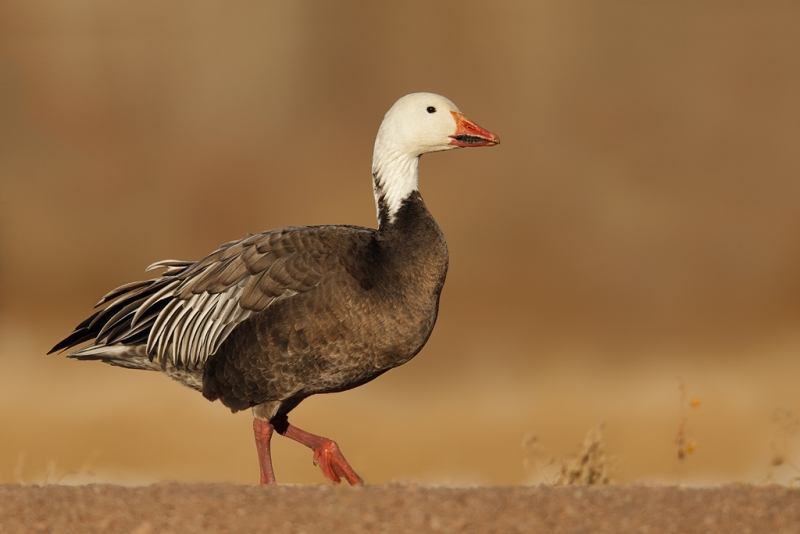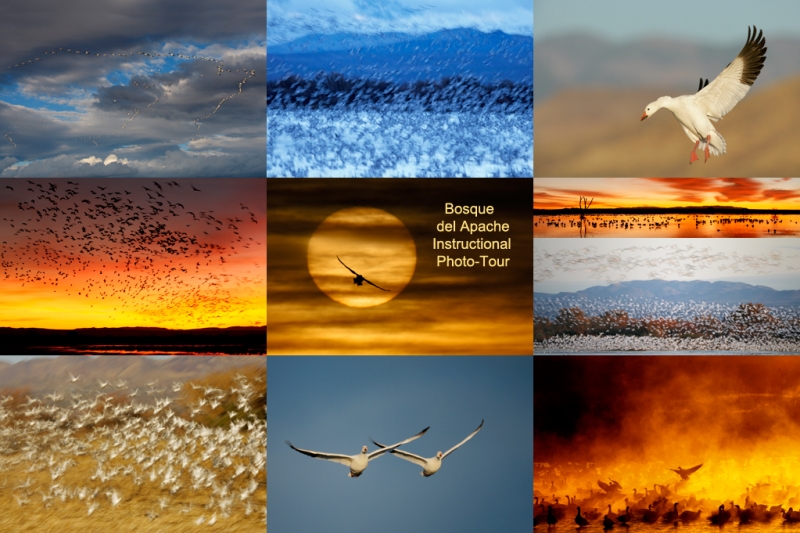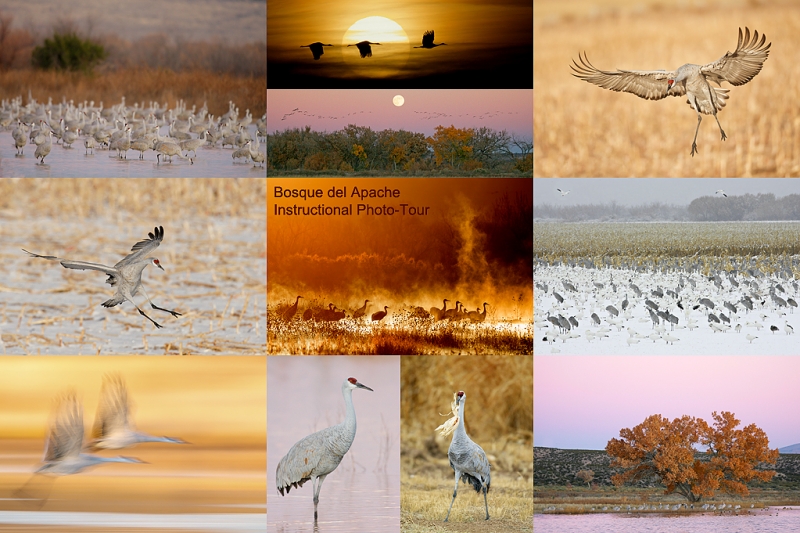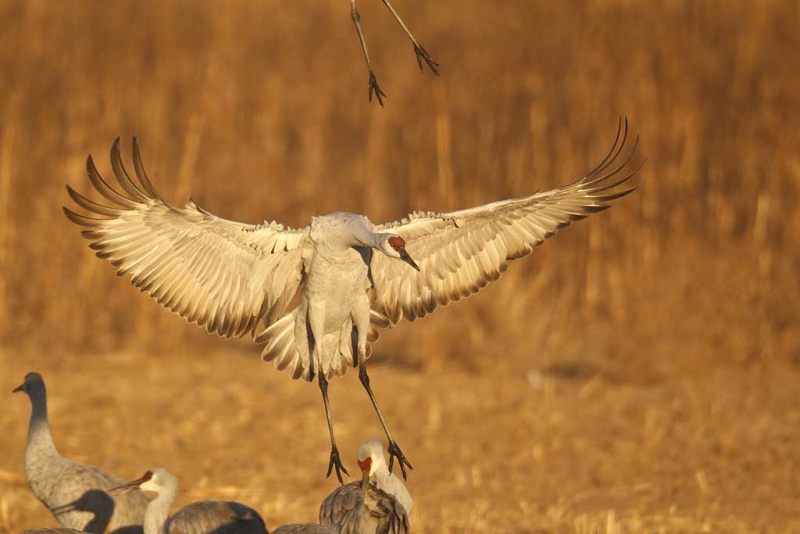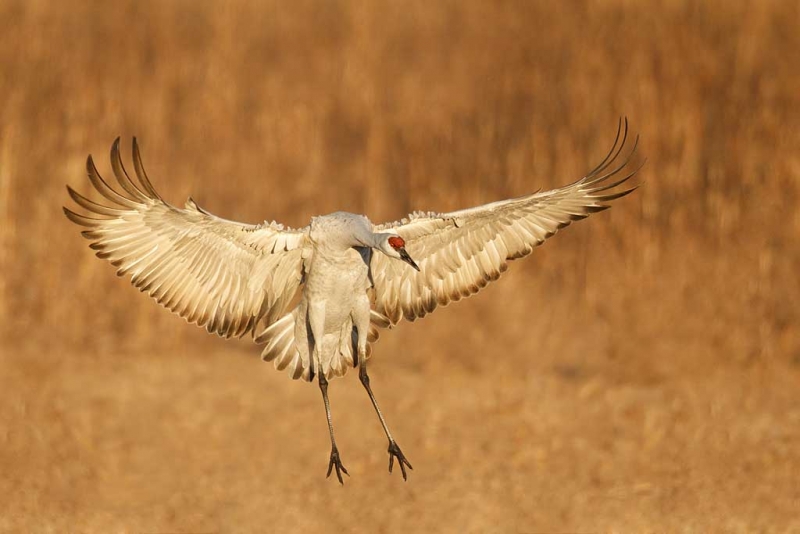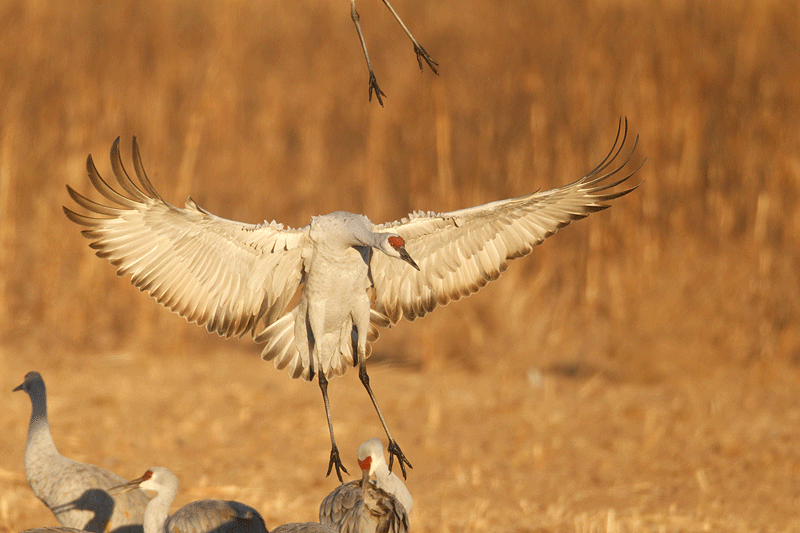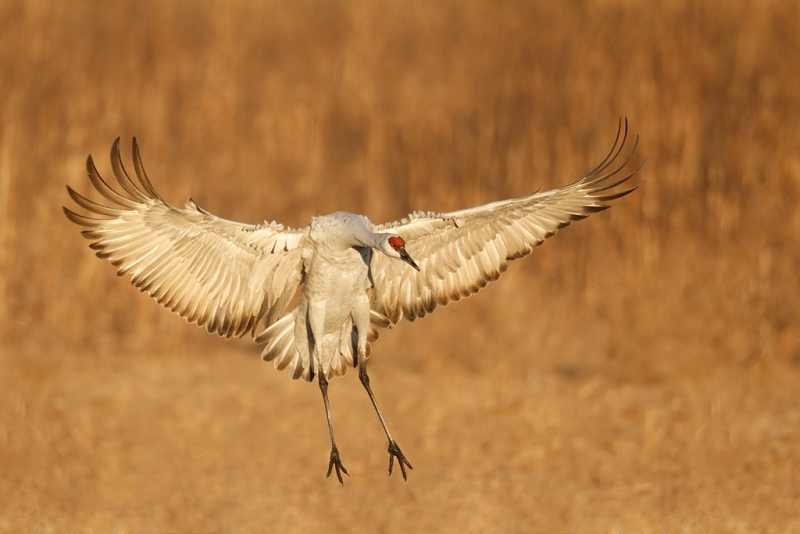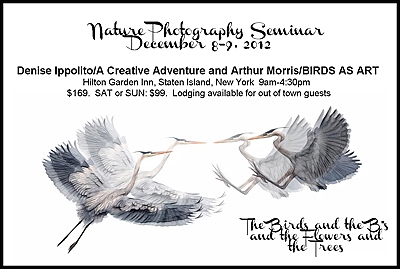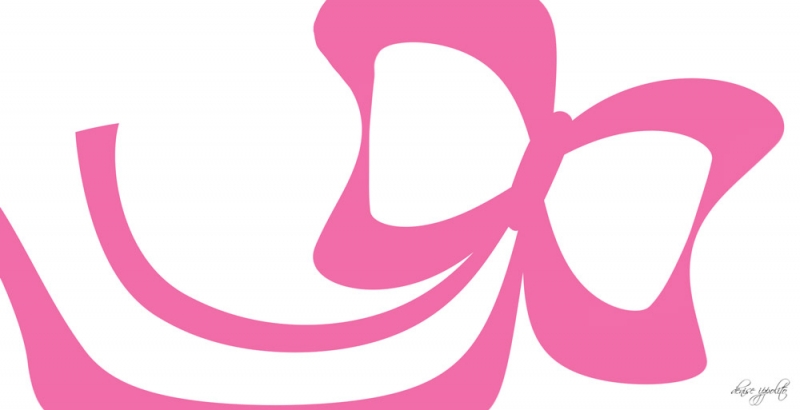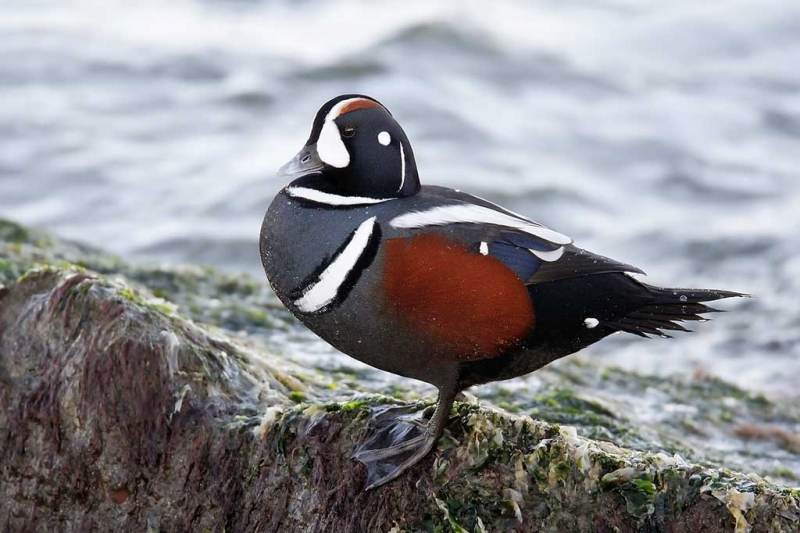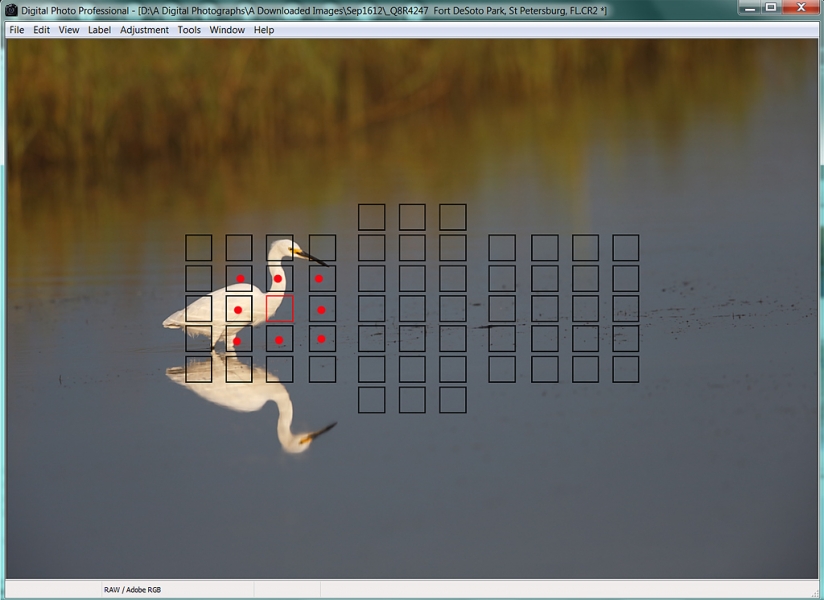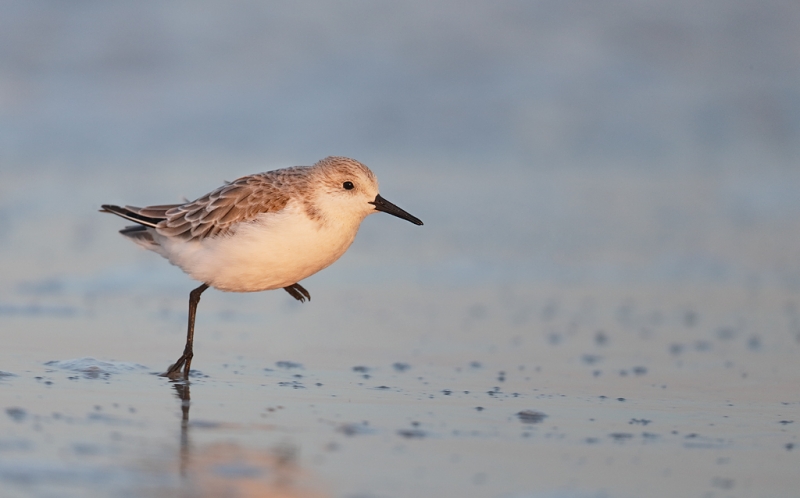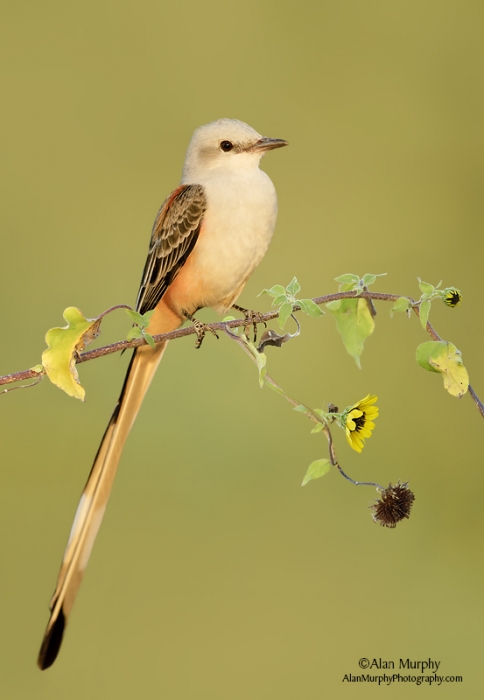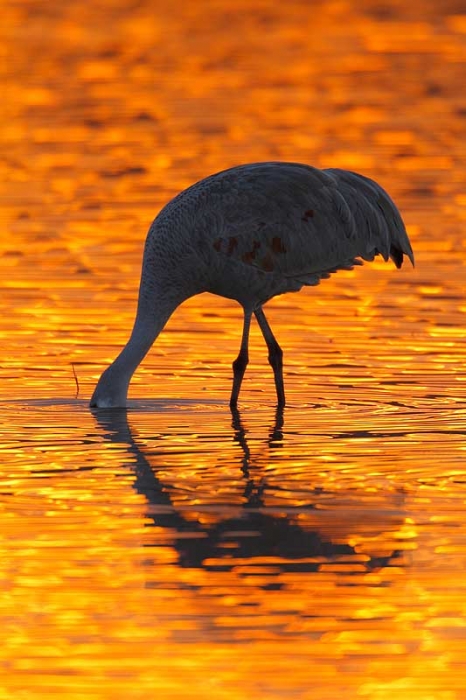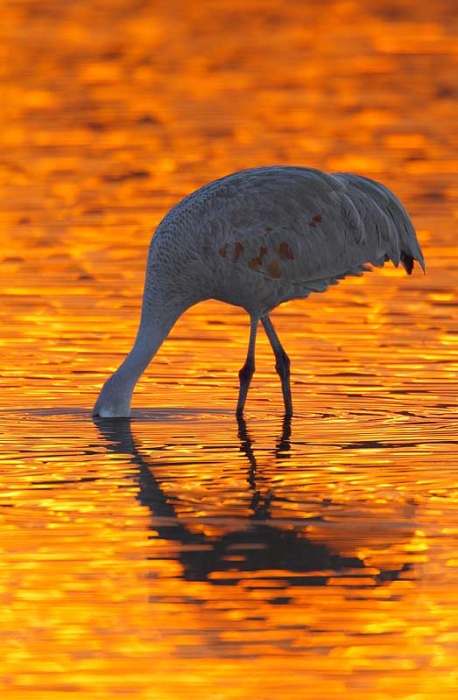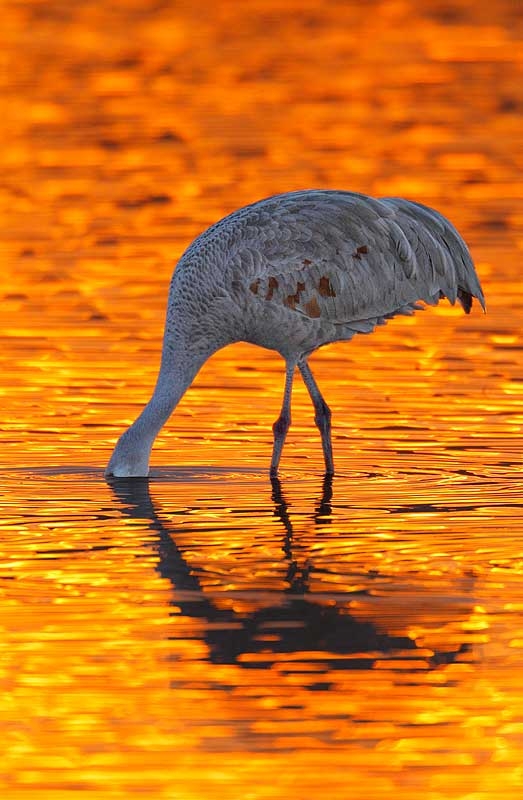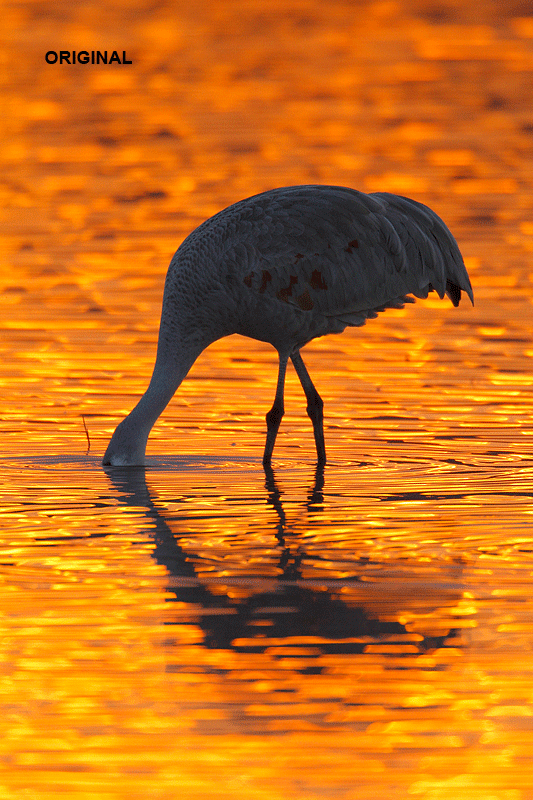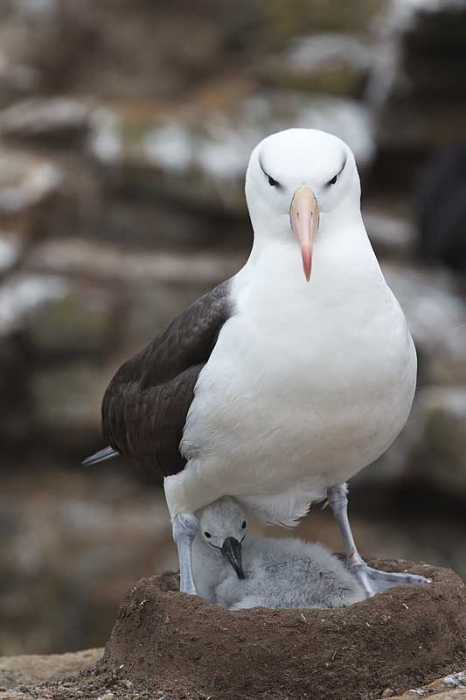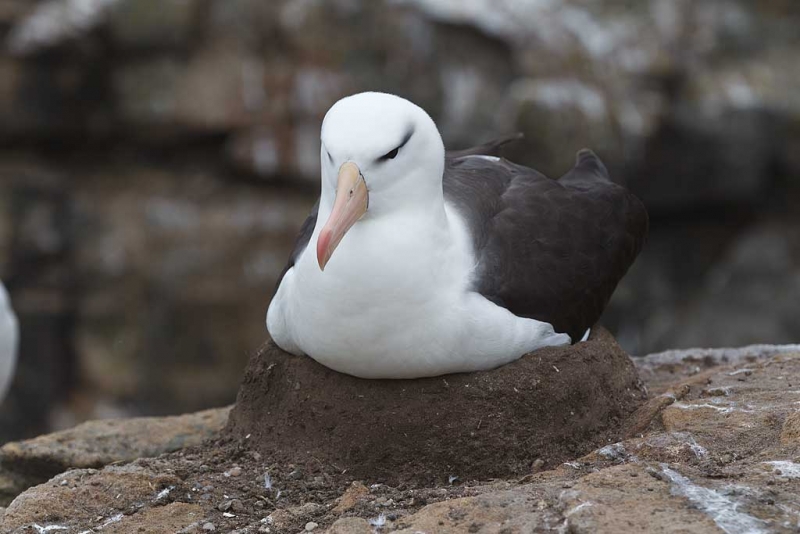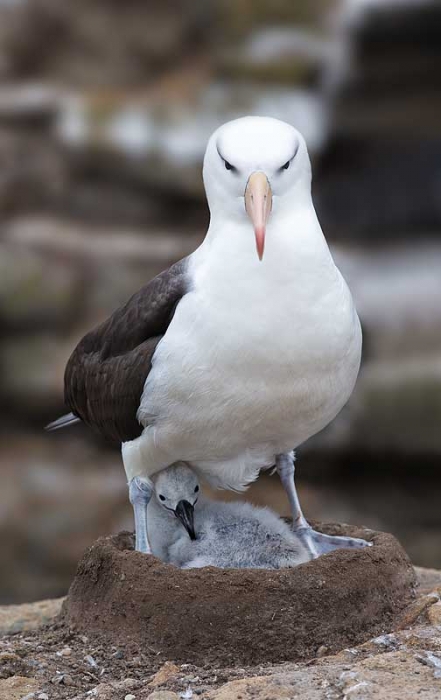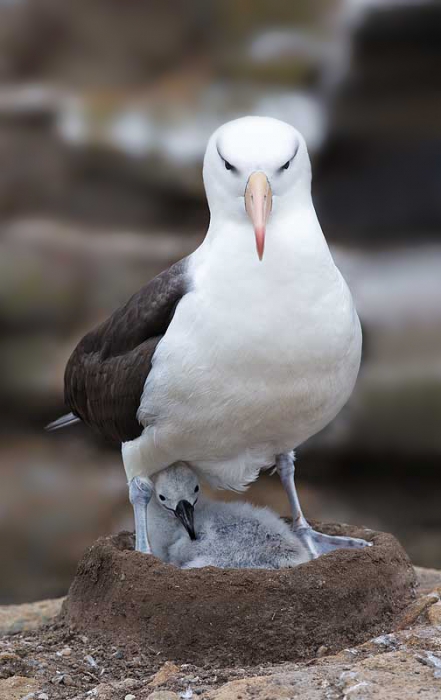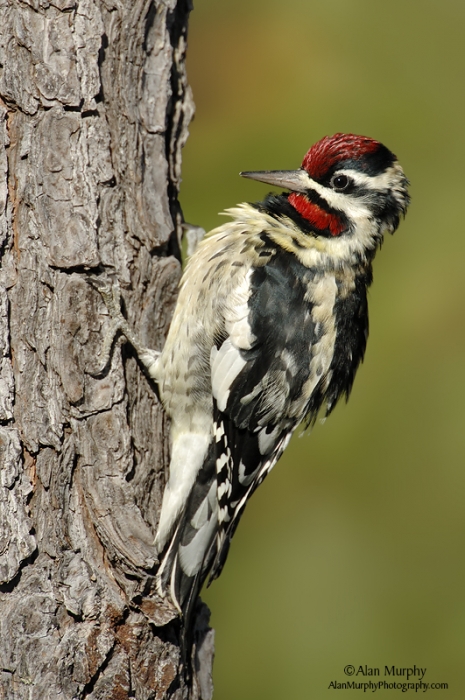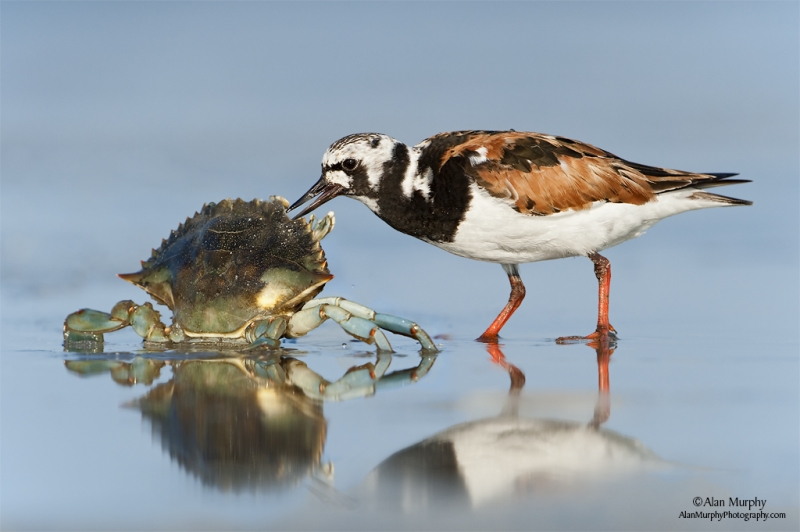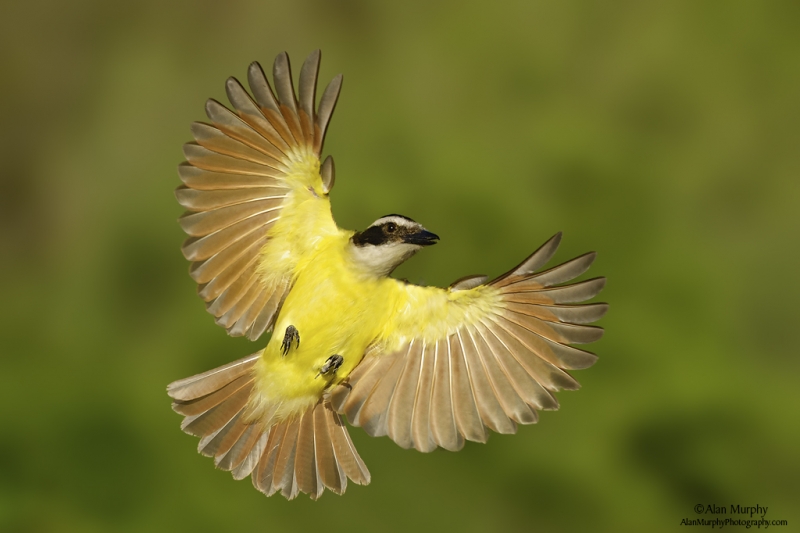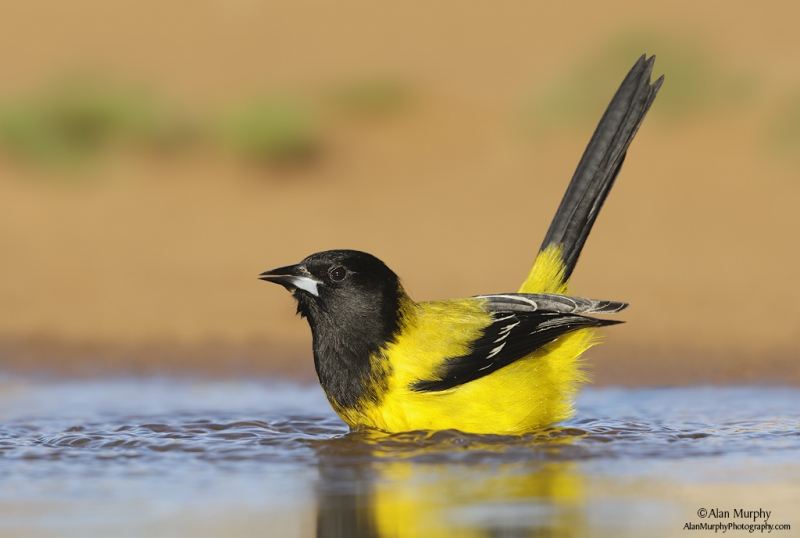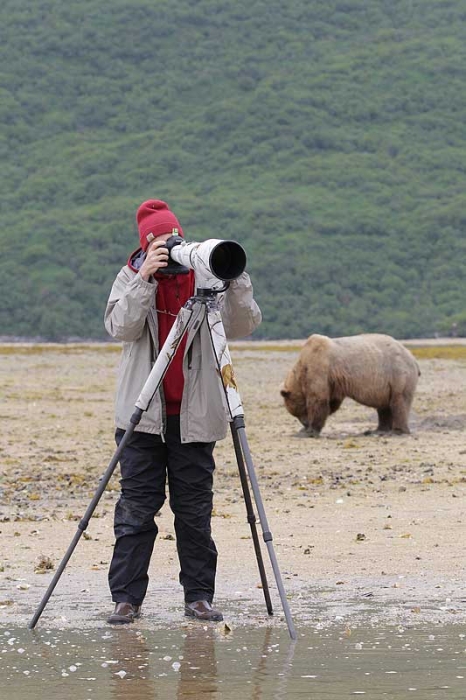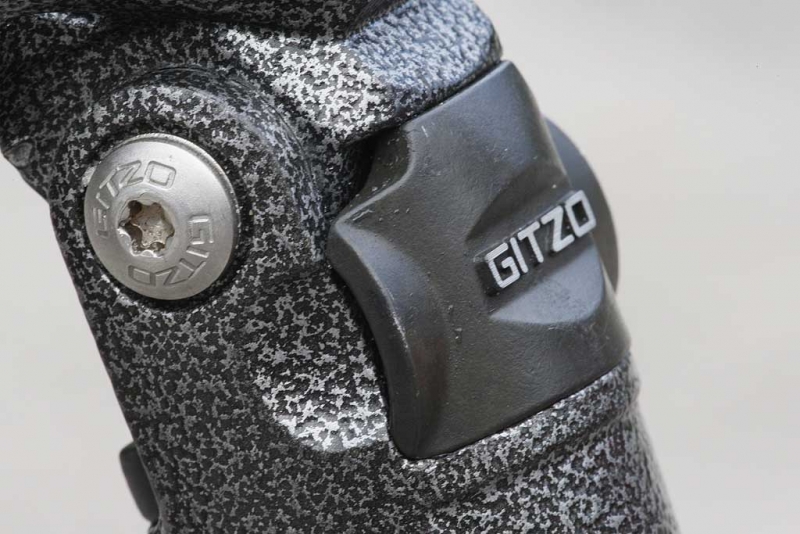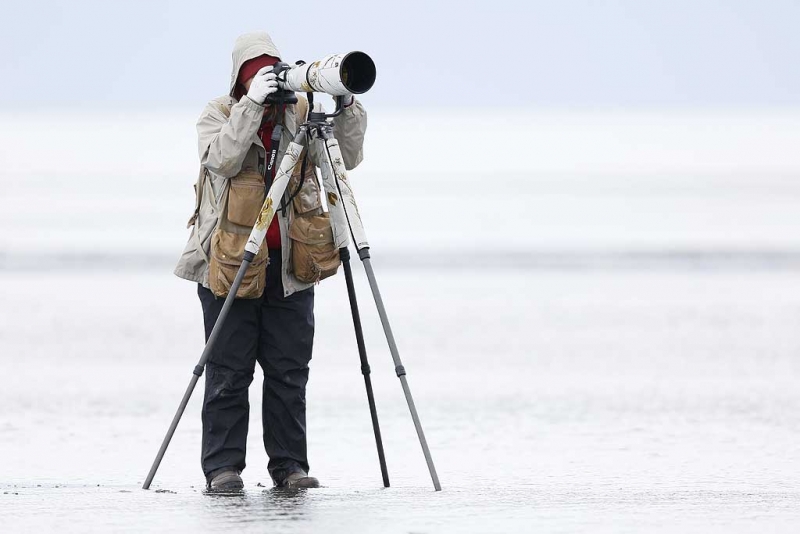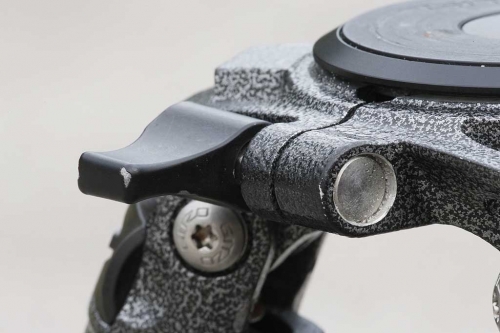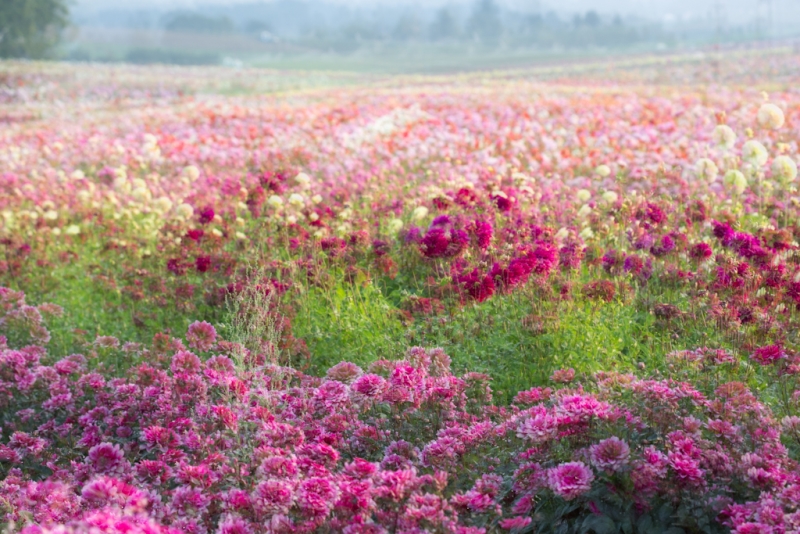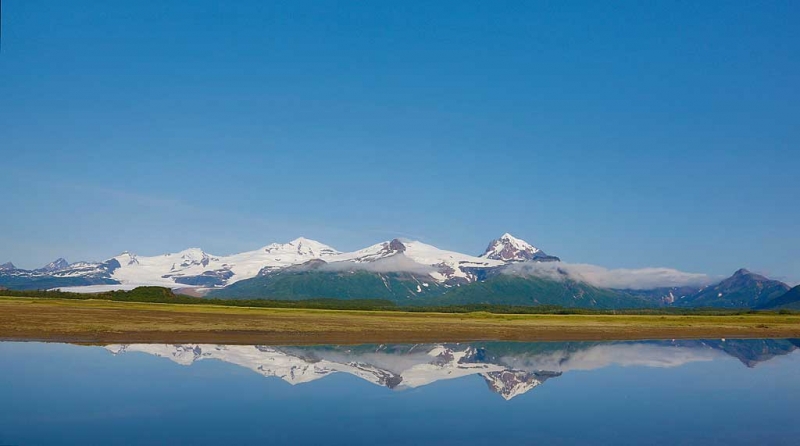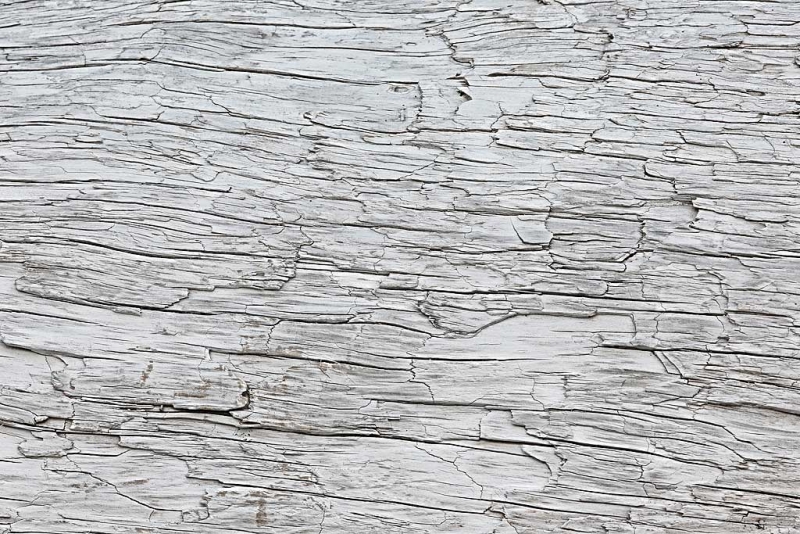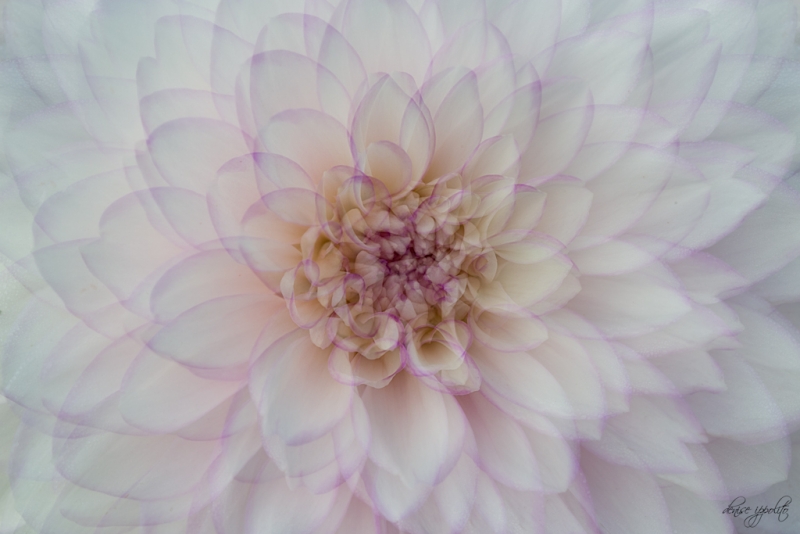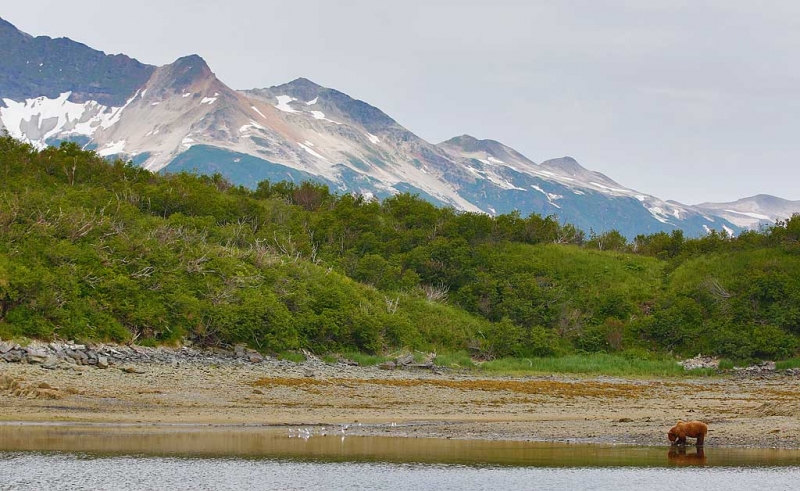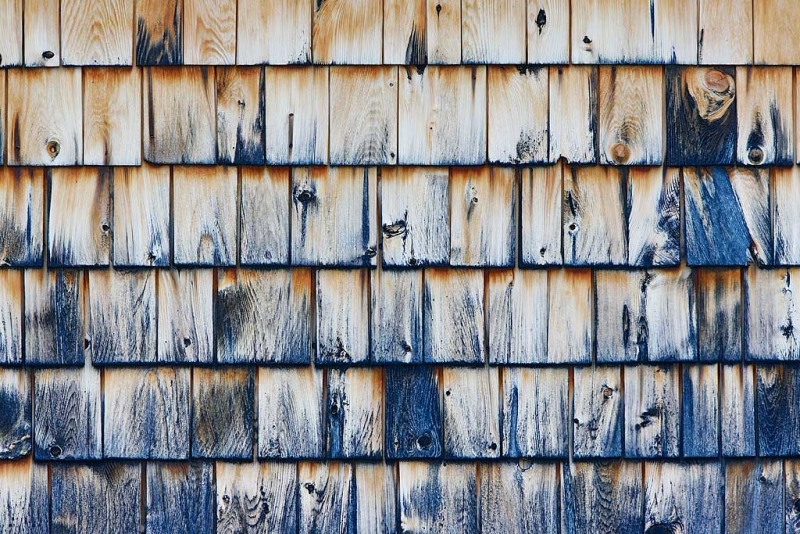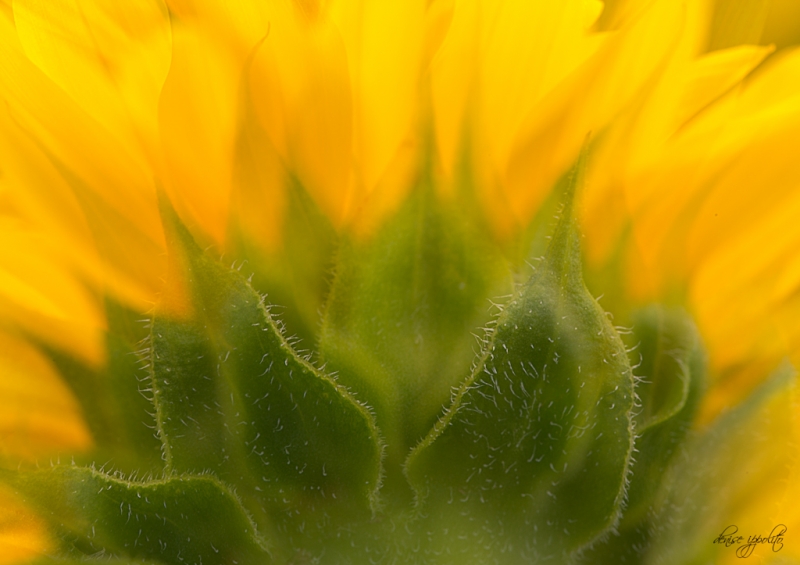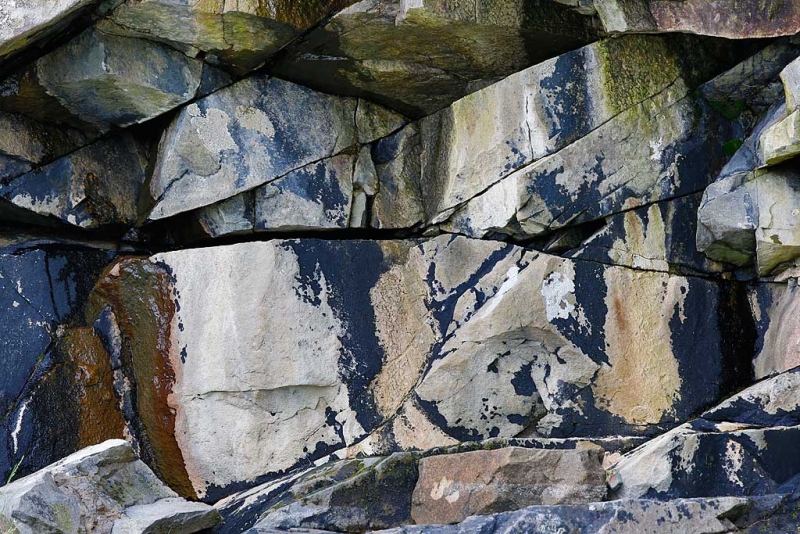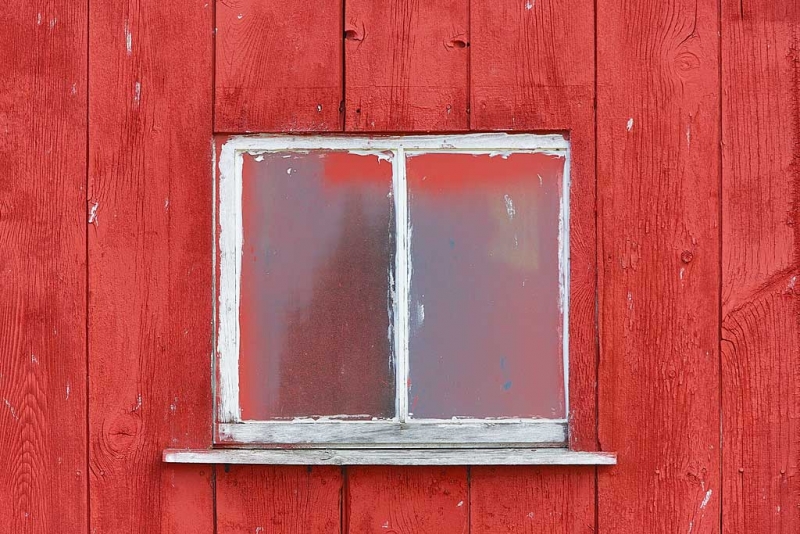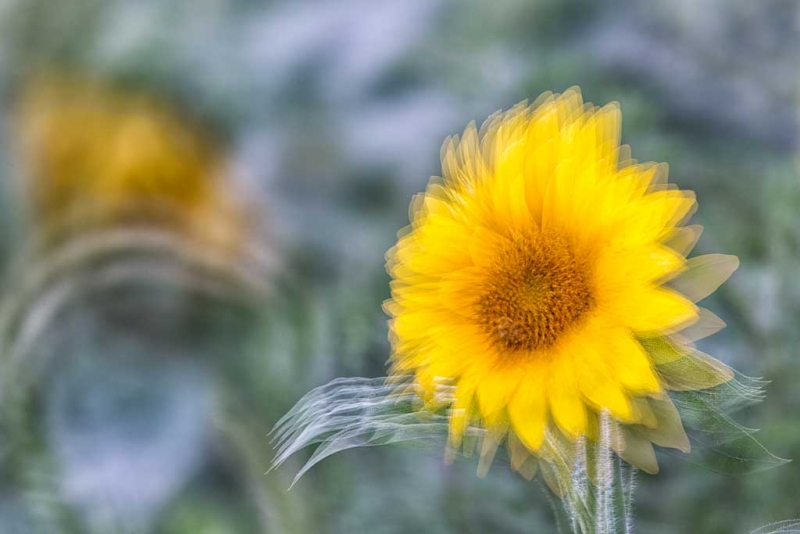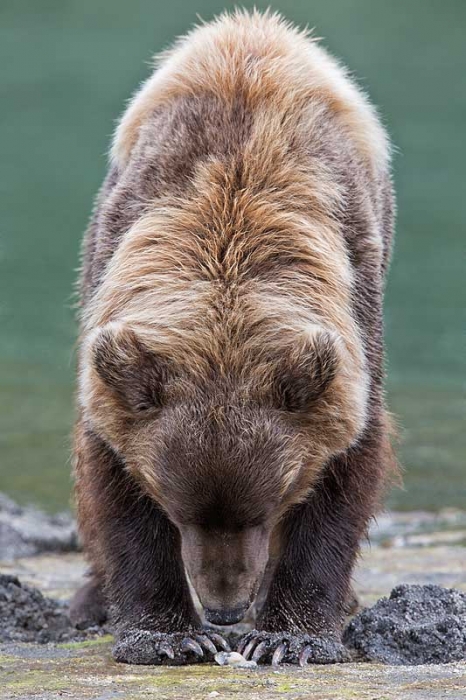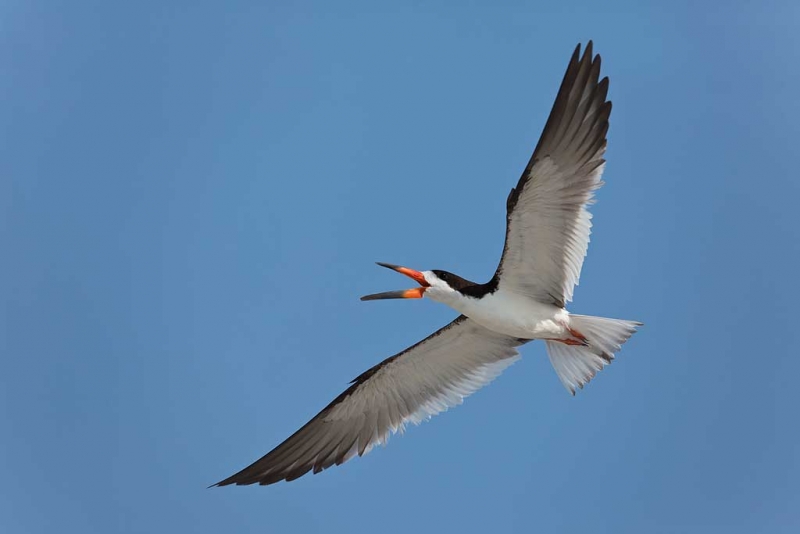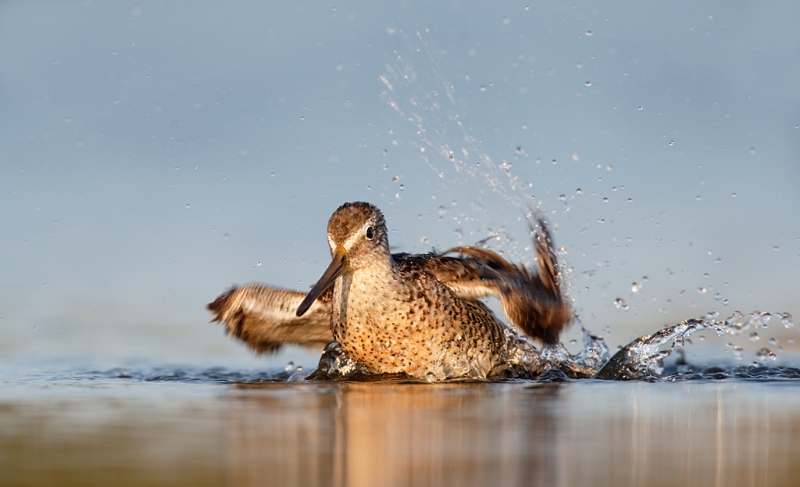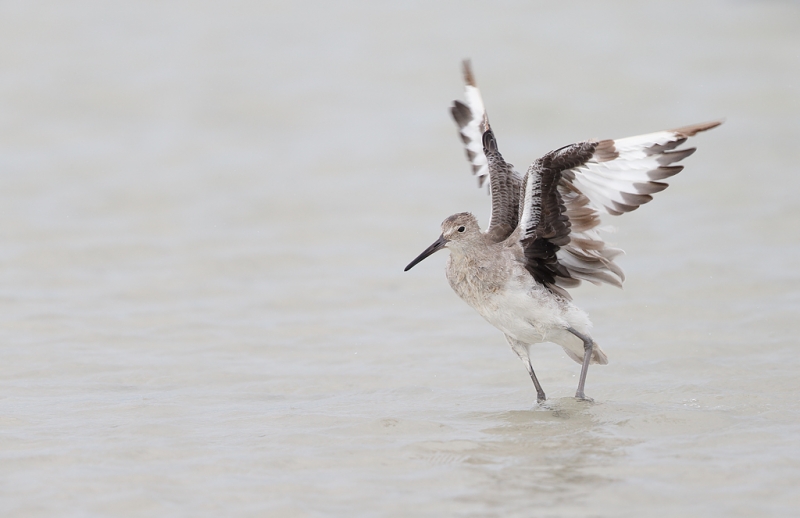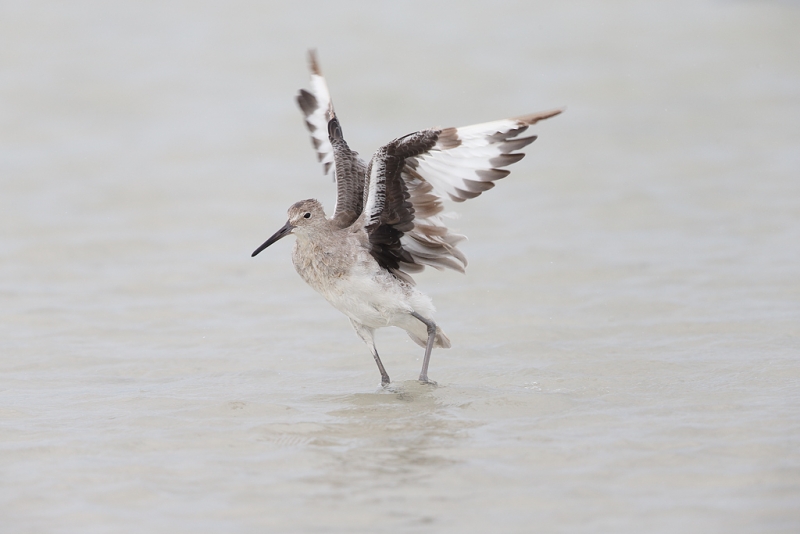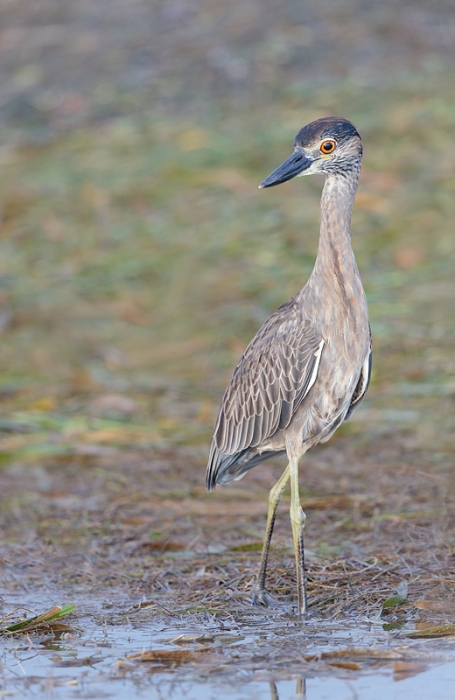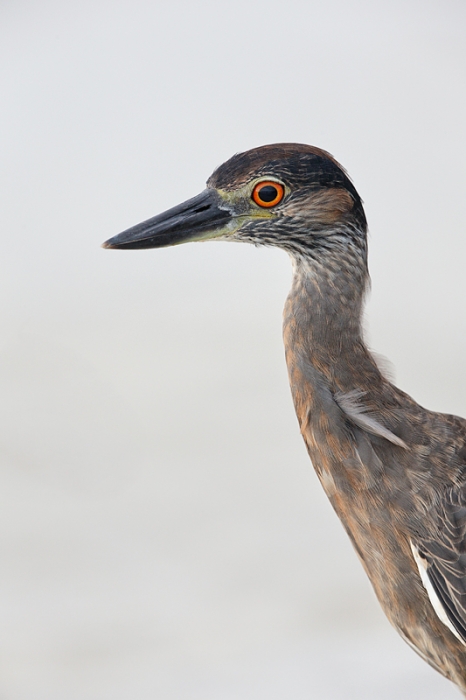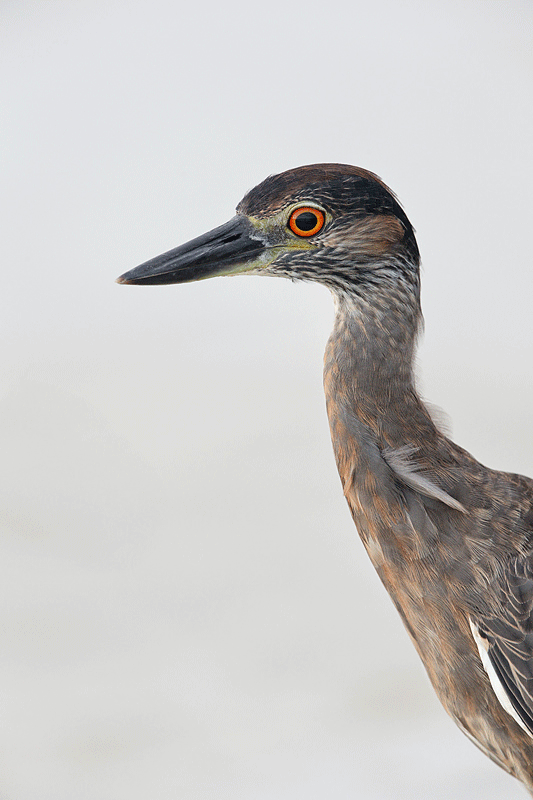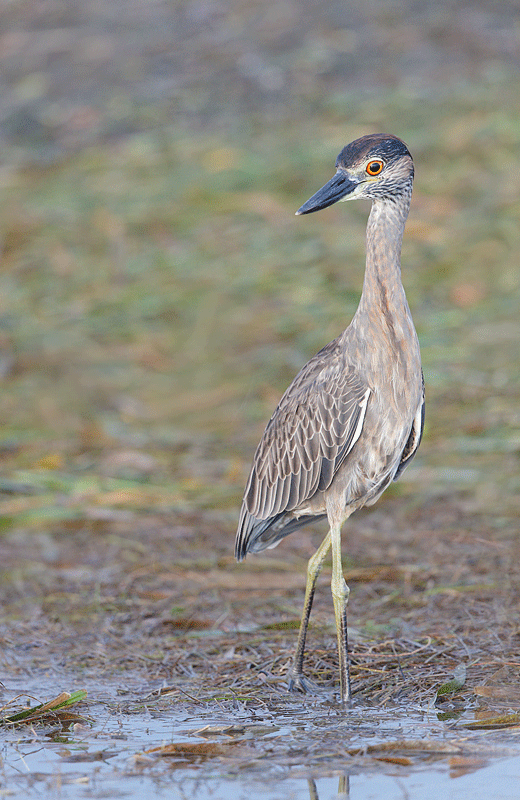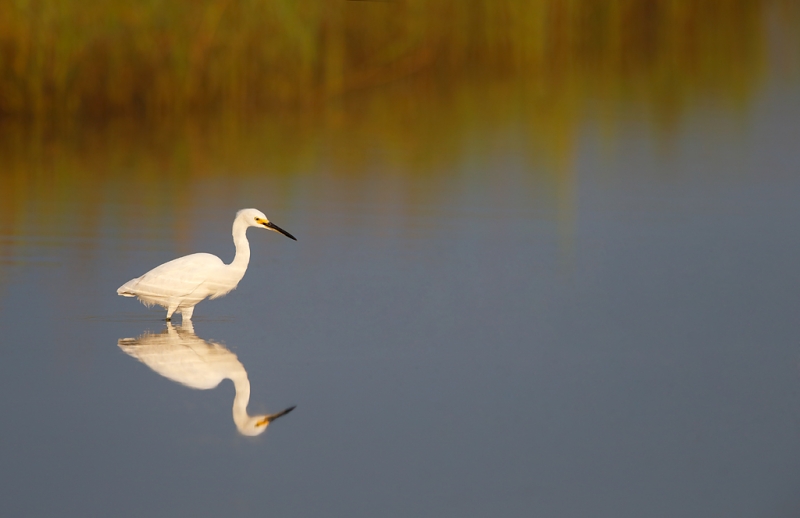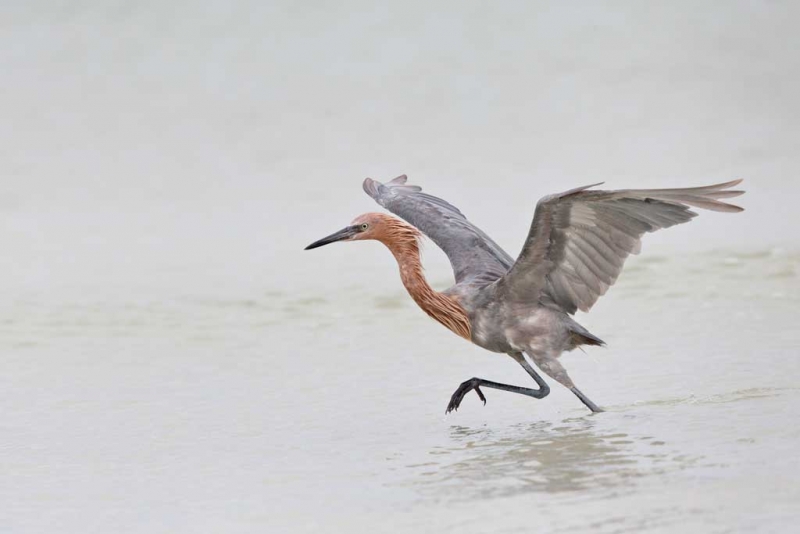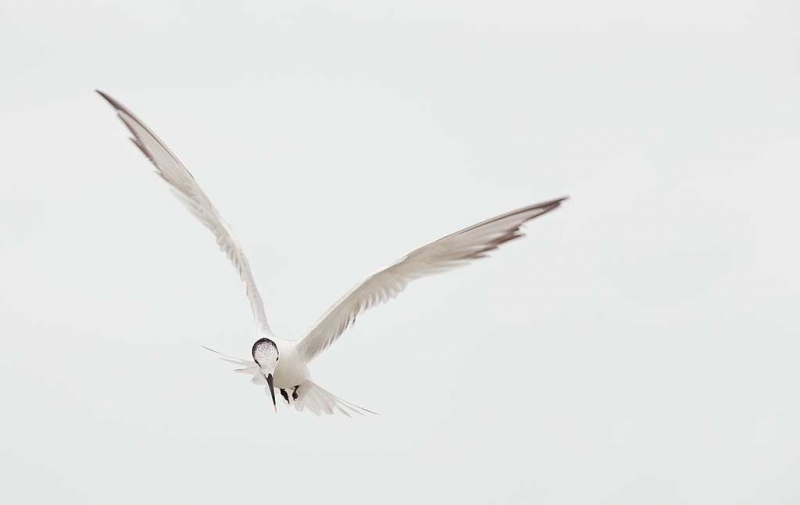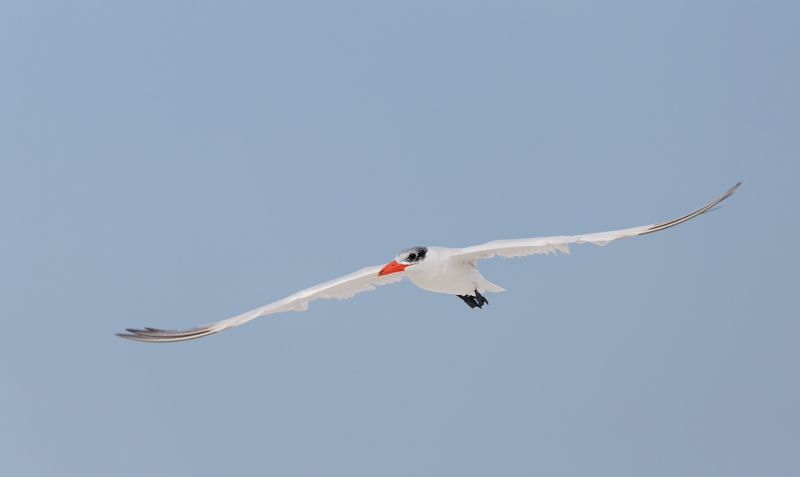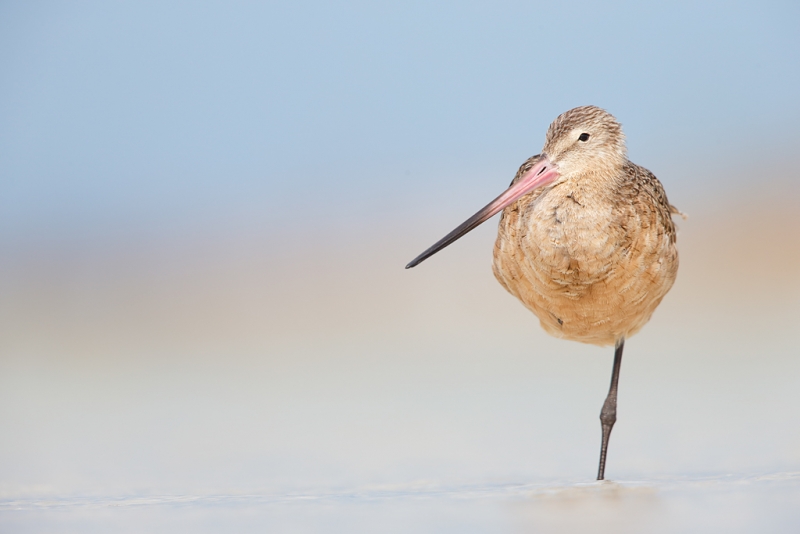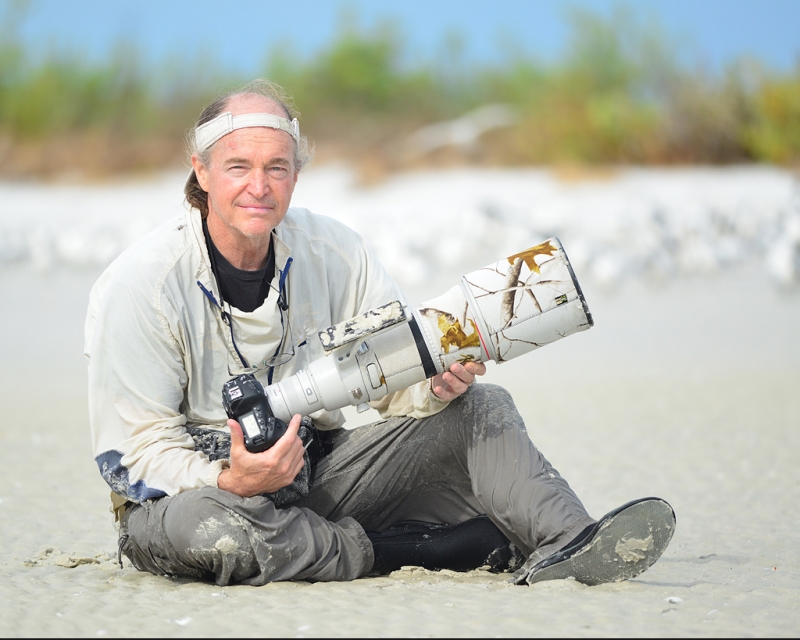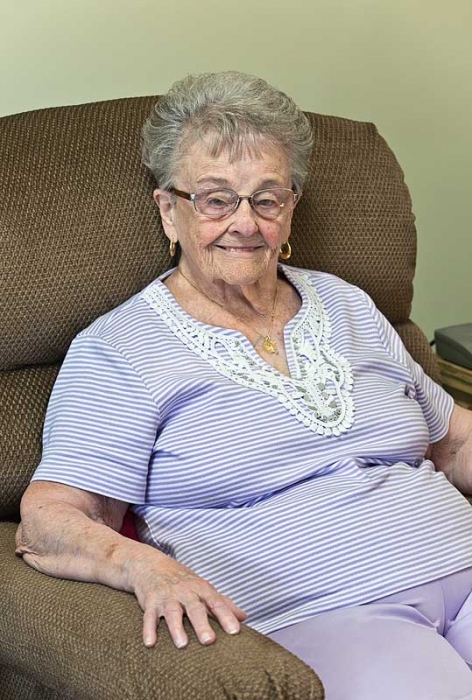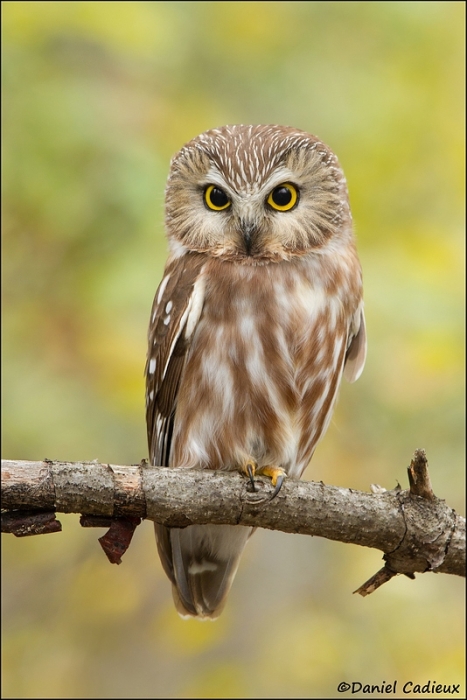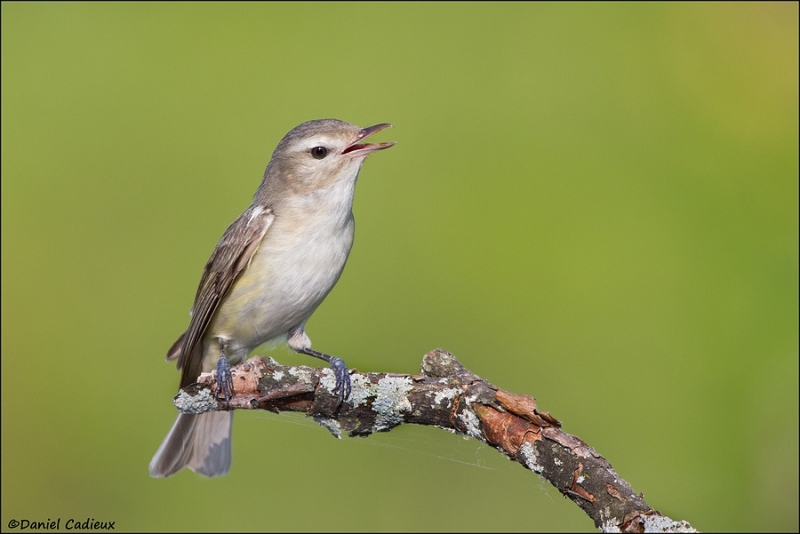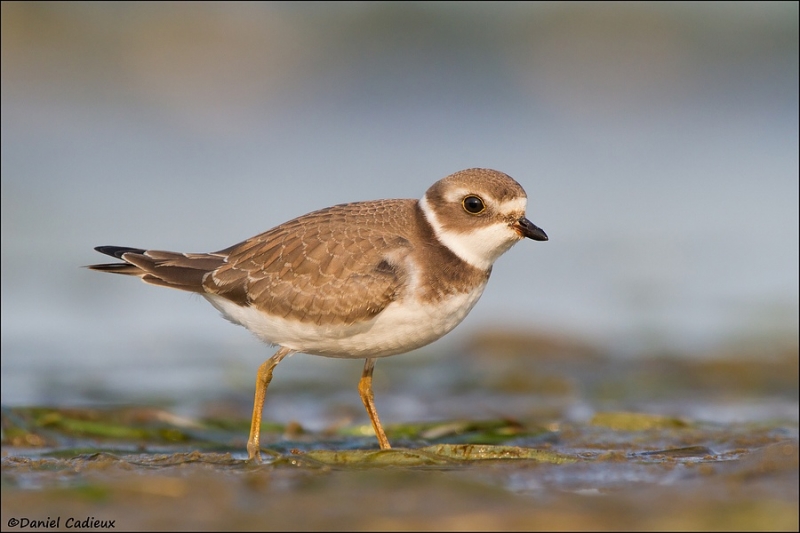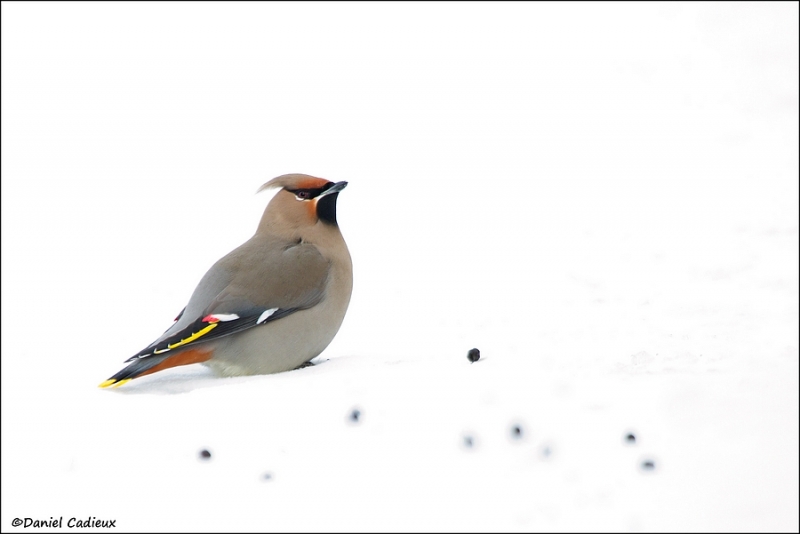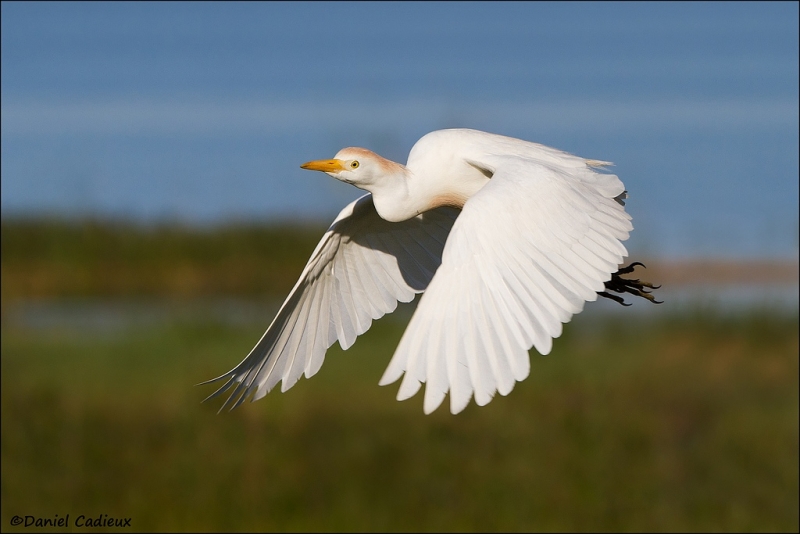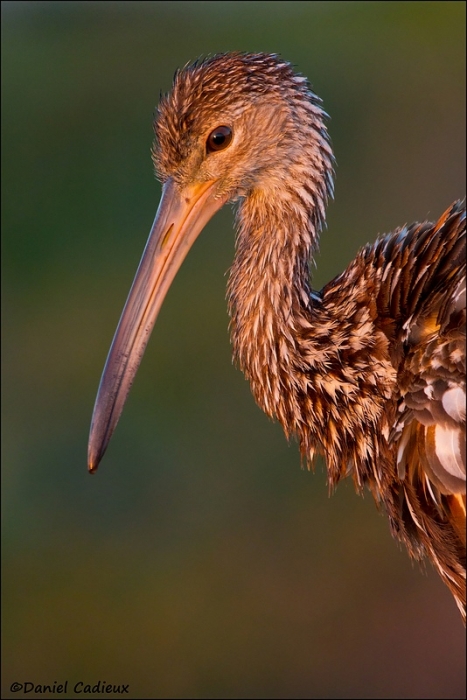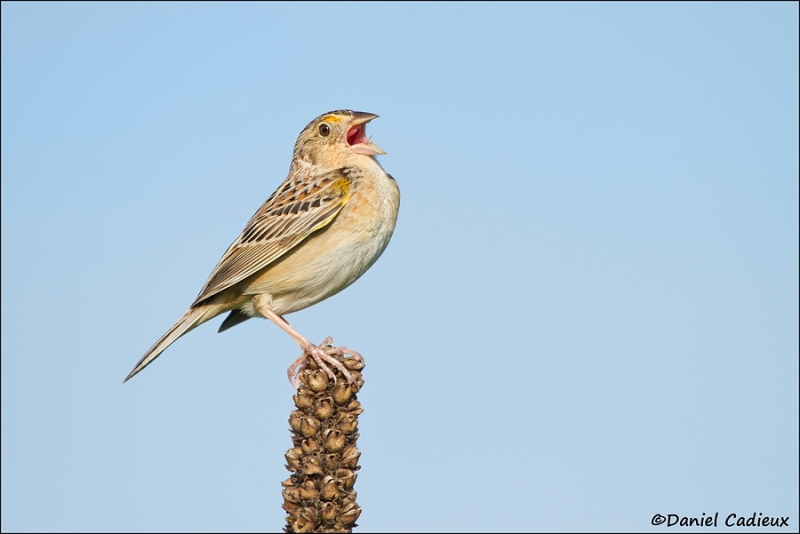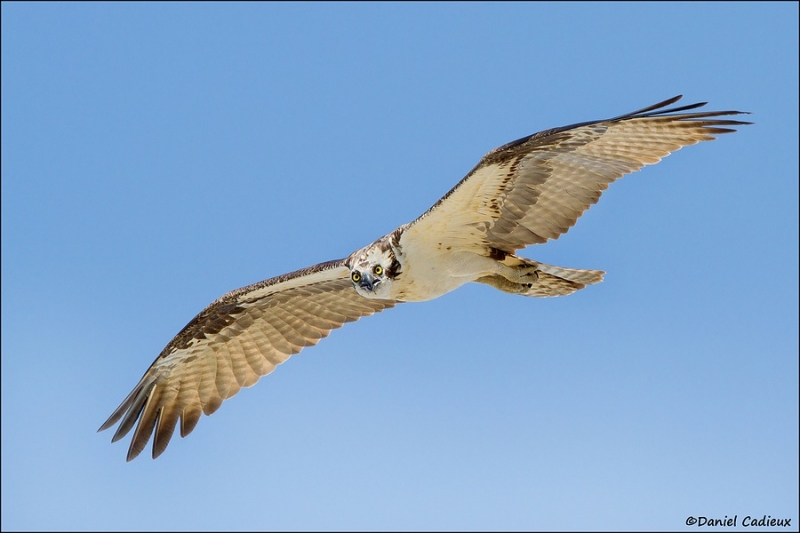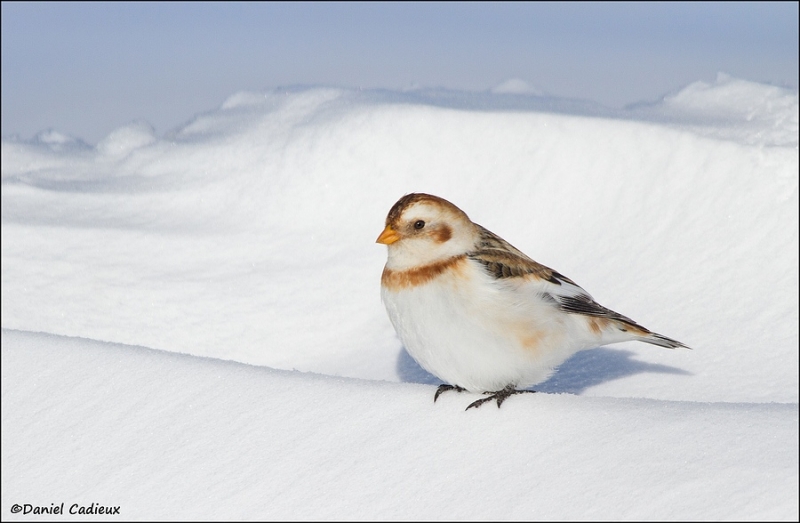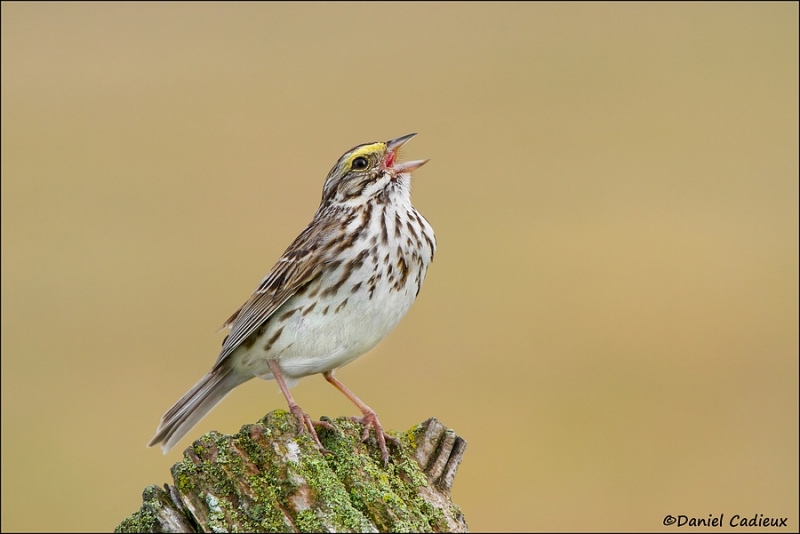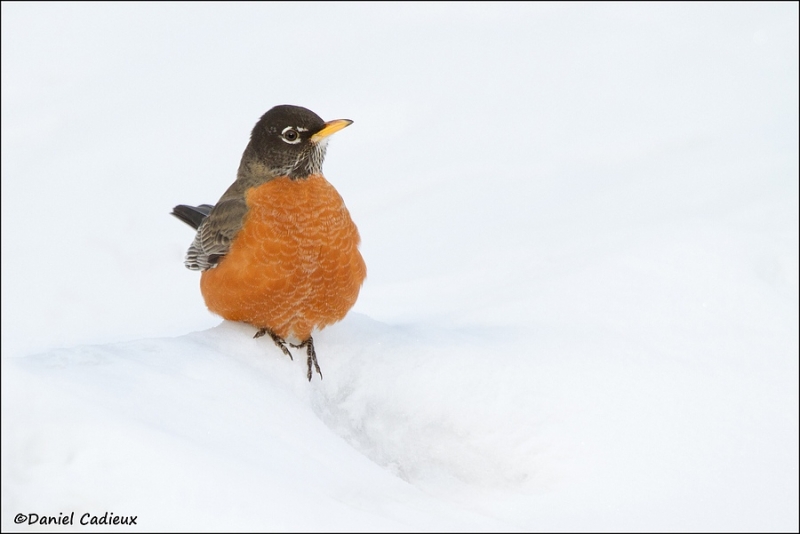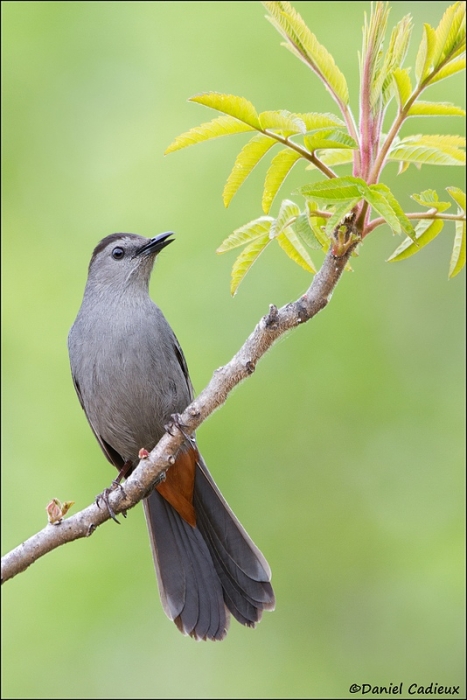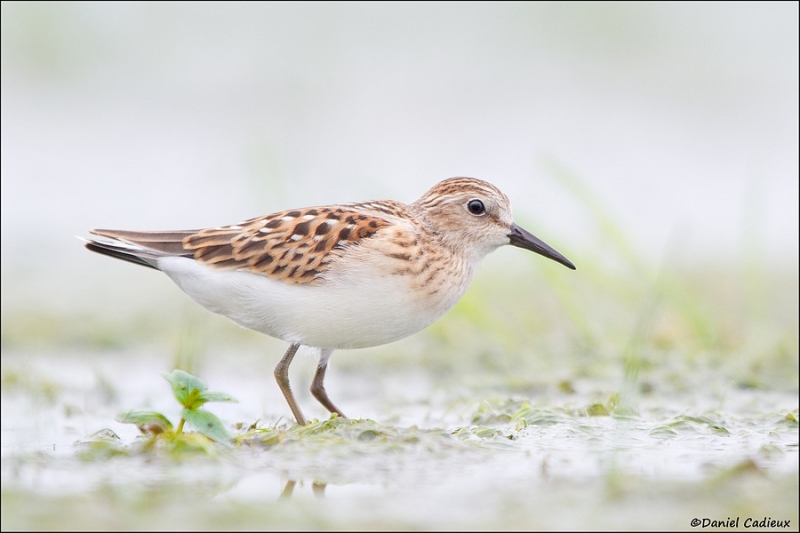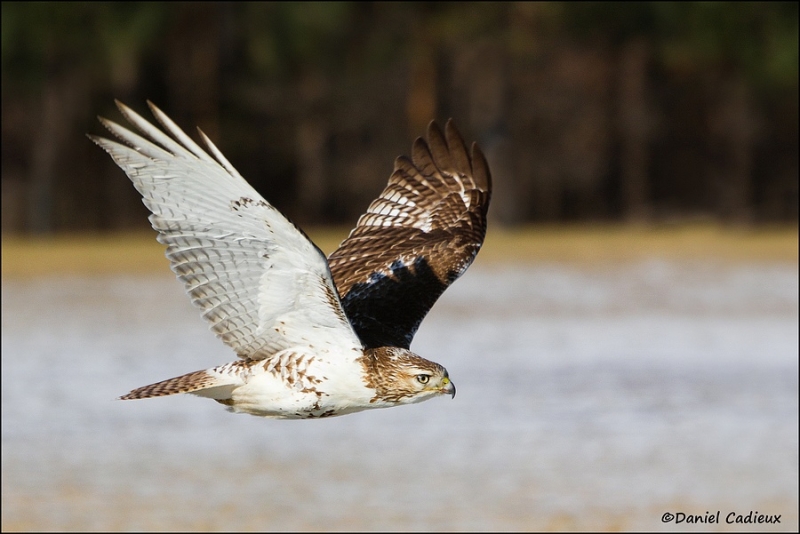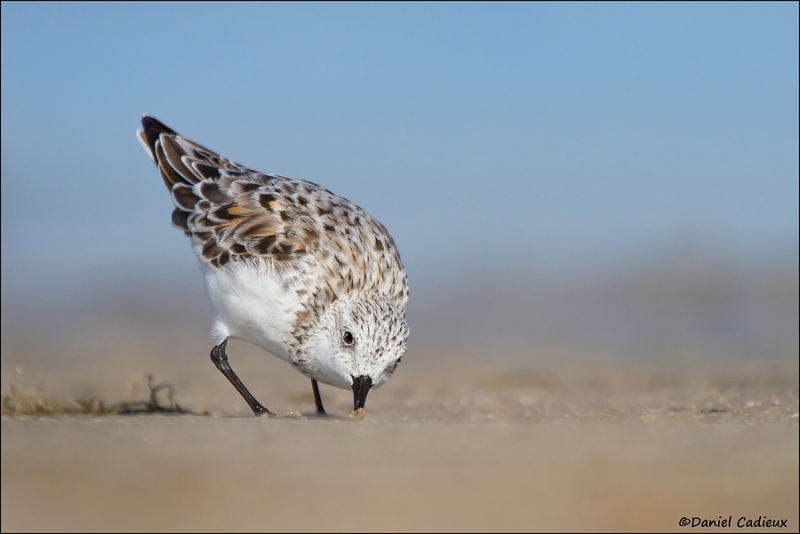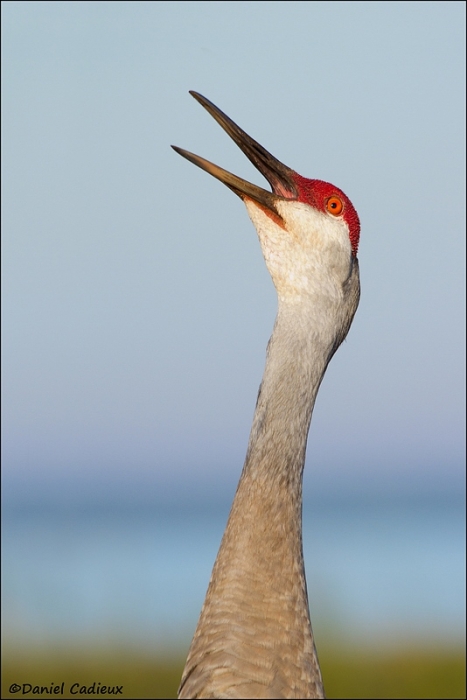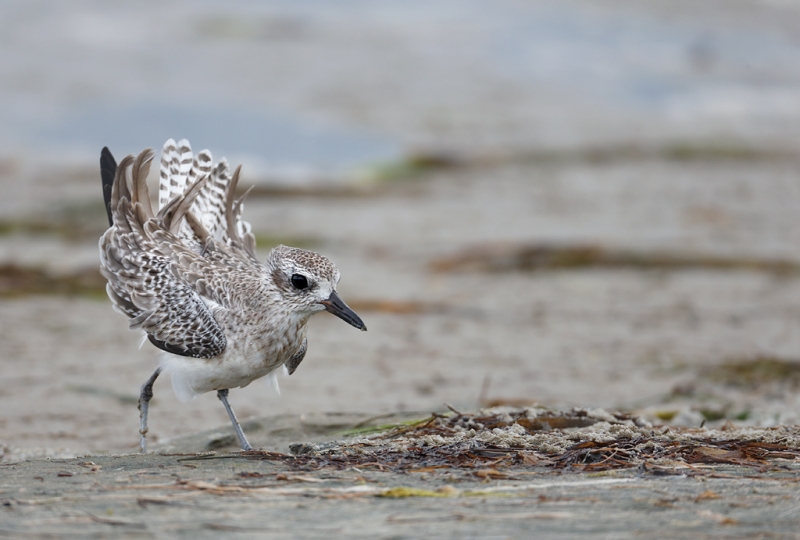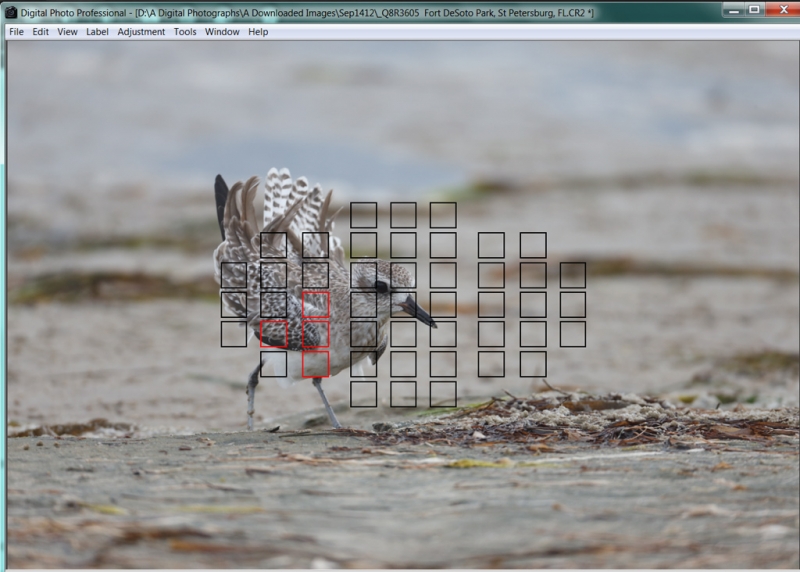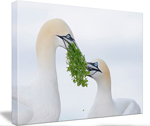October 21st, 2012 BreezeBrowser on a Mac
For years folks have been asking, can you run BreezeBrowser on a Mac? I have been using Downloader Pro to download my images and BreezeBrowser Pro to edit my day-take folders quickly and efficiently. It temporarily sharpens the images and viewing is virtually instantaneous, a far cry from waiting for photos to “generate” for viewing in Bridge. I can often have a morning’s images downloaded and edited (have the keepers selected) before my lunch is served. You can learn more about these two great programs here.
Recently I’ve been hearing that all Windows PC manufacturers will soon quit making laptop screens of high enough quality to support the work that we currently do on our HP PCs. I am somewhat of an oddity in I optimize all of my best images on my laptop (rather than on my home computer). Recently, I began bugging my superb web guy, Peter Kes, about running BreezeBrowswer Pro and Downloader Pro on a Mac. Peter kindly wrote two short pieces for me to share. The first is a bit simpler than the second. Reading both will–when the time comes–make the transition easier.
This version is a joint effort:
Mac users can use one of two different virtual machine products to run operating systems other than Mac OS. Those include Parallels Desktop and VMWare/VMWare-Fusion. Once you have installed either of these, you can install and run a Windows operating system like XP, Windows 7, or Vista on your Mac. Once that is accomplished and Windows is up and running on your virtual machine you can install programs like BreezeBrowser Pro, and Downloader Pro. Serious creative photographers who are into Out-of-the-Box stuff can even run Fractalius on a Mac. Do note, however, that a Window’s copy of Photoshop or Elements needs to be installed for Fractalius to work. In all of the preceding cases, the programs and plug-ins will run just as they would on a Windows machine. And all of you know that I find the convenience of Downloader Pro BreezeBrowser Pro to be unbeatable; in combination, they save me dozens of hours each month.
Note: installing Windows on a virtual machine requires that you own a legal copy of the Windows operating system. This is where VMWare Fusion comes in handy; you can use this program to import a Windows operating system that has been previously installed on a PC. Once imported, you will have a fully operative copy of the original Windows operating system that will be already registered.
This version–directly from the keyboard of Peter Kes–may shed additional light on the BreezeBrowser on a Mac issue for many of you.
More than once I hear from friends and colleagues questions related to Windows vs Mac functionality. Most software is available for both platforms but often there is only a Windows solution. Good examples of this–from the photographic community–,re BreezeBrowser Pro and Downloader Pro, available only for Windows platforms. The BreezeBrowser products are in many ways very intuitive to use and offer a great many functions that make downloading, sorting, and organizing your images very easy. I use both programs on my Mac most every day.
The most recent release of Mac (Mac OS X Lion) de-commissioned support for Rosetta. This function in older Mac operating systems allowed for the installation of PowerPC based applications. As Rosetta is no longer supported many applications that previously ran fine on a Mac are now useless. Vendors are either late, unwilling, or unable to develop a Mac OS X Lion solution. After my upgrade from Mac OS X Snow Leopard to Mac OS X Lion a number of my favorite applications did not run anymore. (For example, on my updated Mac the Fuji X10 camera software failed.)
There is a simple and powerful solution for this: virtualization software for your Mac. How does that work? It allows you to run other operating systems like Windows (e.g. Windows XP, Windows Vista, Windows 7) or other operating systems on a Mac. With this solution a dual boot is not required. Your Windows programs will run like any other applications, in a virtual machine, in parallel with other applications on your Mac. You can now install Windows-only programs or programs that were previously able to run with Apple’s Rosetta support in the virtual machine
There are two ways to get to a Windows-based virtual machine on your Mac.
If you have a Windows license or a legal copy of a Windows Installation CD, you can purchase a license for Parallels Desktop for Mac V10.7. Once purchased, downloaded, and installed with a valid license key, you will launch the program and install Windows within Parallels Desktop. You can order a copy of Parallels Desktop by clicking here.
If you have a Windows license in the form of a privately owned Windows PC (you have a PC with Windows on it but do not have the Installation CD), you will want to purchase VMWare Fusion 5 instead of Parallels. Once purchased, you install the software on your Mac and then install the migration assistant software that comes with VMWare Fusion 5 on your Windows PC.
When these installations are complete, launch the Mac installed VMWare Fusion server component. Now open the PC migration assistant software on your PC and follow the instructions for pairing your PC with the Mac. VMWare on your Mac will now import everything on your PC into a new virtual machine: all applications installed on your PC can now run from within the virtual machine on your Mac. This is a great solution for those who own PCs that are already loaded with Windows-based software solutions. You can order a copy of VmWare Fusion 5 by clicking here.
I have installed and used both Parallels Desktop for Mac V10.7 and VMWare Fusion 5 and am very happy with the performance of both.
…..
Thanks to Peter Kes for his help here. If you have any questions, please feel free to leave a comment on the blog; Peter will get back to you.
October 19th, 2012
|
|
|
This Comedocino was photographed at Farellones, Los Andes with the Canon 500mm f/4L EF IS II USM lens, the Canon 2x EF Extender III (Teleconverter), and the Canon EOS-1D X Digital SLR camera body.
ISO 800. Evaluative metering +2/3 stop: 1/200 sec. at f/10.
Central sensor Expand AI Servo/Rear Focus AF and re-compose. Click on the image for a larger version.
Thanks to my new friend, Osvaldo Larrain (Fotografo Profesional) and his pal Walter, for guiding Denise and I to two great spots near Santiago, Chile over three days, 10/17-19. You can see lots of Osvaldo’s killer images here. Not only is Osvlado Chile’s best bird photographer, but both he and Walter are two of the nicest, sweetest folks you could ever hope to meet. More on these two great guys later, and still more when I get back to civilization.
|
I saw what seemed to be an accurate rumor of the new firmware on Wednesday but could not corroborate it. That came on Thursday morning. I downloaded the new firmware here and loaded it onto my 1D X on the way up the Andes in search of Condors. I did not get to try out f/8 AF until late in the day when we got to photograph some nice songbirds including the male Comedocino above. Lots of folks have been announcing AF at f/8; here you get to see what you can do.
Being very brief here, AF at f/8 changes everything as far a lens choice: the new 600 becomes far more attractive for folks with a 1D X and the 800 loses some of its luster…. There are many ramifications. More on that when I get back home on 11/11.
If you run out and purchase a 1D X, please use this B&H affiliate logo-link:
You can see the entire glitzy announcement here and download the firmware here.
It’s a Whole New World: Canon EOS-1D X AF at f/8
AF at f/8
LAKE SUCCESS, N.Y., October 17, 2012 – Canon U.S.A., Inc., a leader in digital imaging solutions, today announced a new firmware update in response to user requests which further enhances the capabilities of Canon’s flagship EOS-1D X Digital SLR camera. The EOS-1D X will now be capable of AF point illumination during AI Servo AF and cross-type AF for maximum apertures as small as f/8. The new firmware update is available now at no charge from the Canon U.S.A. website and can be downloaded by end users or through Canon Factory Service Centers.
AF Point Illumination During AI Servo AF
To support the needs of wedding, portrait, sports, wildlife, and theatrical performance photographers working in low light, the new firmware allows AF points in the EOS-1D X’s viewfinder to be illuminated in red when the shutter button is pressed halfway during AI Servo AF, for easy viewing of the selected point. This valuable feature will enhance the photographers’ ability to aim the camera accurately in low-light conditions, and when photographing dark subjects. To preserve exposure-metering accuracy, illumination is intermittent, not continuous. Three choices will be selectable from the menu system – Non-illuminated, Illuminated (Normal) and Illuminated (Brighter).
Cross-Type AF Support at f/8
The EOS-1D X is equipped with an innovative 61-point High Density Reticular AF System featuring up to 41 cross-type AF points, depending on the lens in use. The cross-type AF points recognize a wide variety of subject matter, making them highly desirable for maximum autofocus performance. Until now, cross-type AF on the EOS-1D X has been limited to EF lenses and lens/extender combinations with a maximum aperture of f/5.6 or larger. The new firmware allows cross-type autofocusing with the center AF point even when the maximum aperture of a Canon EF lens/extender combination becomes as small as f/8. Ideal for wildlife photographers and others who often use EF super-telephoto lenses with extenders, this new feature greatly expands the range of EF lens/extender combinations that support autofocus when used with the EOS-1D X.
If AF point expansion is selected with an f/8 maximum aperture lens/extender combination, the four AF points surrounding the center point will act as AF Assist points. This option effectively expands the size of the AF detection area to enhance autofocus performance with subjects that are small in the frame and difficult to track, such as small animals and birds in flight. AF points above and below the center will be sensitive to vertical contrast, while points to the left and right will be sensitive to horizontal contrast.
More…
I will have more to say on the fine points above when I return. Please remember: I will be off line from the very early morning of Saturday, 10/20 until 11/11.
Shopper’s Guide
Thanks a stack to all who have used our B&H affiliate links to purchase their gear as a thank you for all the free information that we bring you on the Blog and in the Bulletins. Before you purchase anything be sure to check out the advice in our Shopper’s Guide.
Shop B&H


Support the BAA Blog. Support the BAA Bulletins. We want and need to keep providing you with the latest free information, photography and Photoshop lessons, and all manner of related information. Show your appreciation by making your purchases immediately after clicking on any of the links above. Remember, B&H ain’t just photography!
October 16th, 2012
|
|
|
Only after I re-converted the RAW file in DPP and used Arash’s workflow did the 100% crop look so good with superb image quality and tons of fine detail. For more on the creation of this image and to see the full frame photograph click here.
|
The Digital Photo Professional RAW Conversion Guide
The Digital Photo Professional RAW Conversion Guide by Arthur Morris with Arash Hazeghi is complete and available.
Continue reading Two Great New eGuides and Important Digital Basics Info
October 14th, 2012
|
|
|
This image of an adult dark morph (Blue) Snow Goose (with the head of a juvie just sticking into the frame) was created on last year’s Bosque del Apache BAA Instructional Photo-tour with the Canon EF 800mm f/5.6L IS USM Autofocus lens, the Canon 1.4x EF Extender III (Teleconverter), and the unfortunately discontinued EOS-1D Mark IV. ISO 400. Evaluative metering -1/3 stop: 1/1250 sec. at f/9 in Manual mode.
Central Sensor (by necessity)/AI Servo Rear Focus active at the moment of exposure. Click here if you missed the Rear Focus Tutorial. Click on the image to enjoy a larger version.
|
How’d He Do Dat?
Though I did my very best while creating the image above, there are lots of problems with the original capture….
1-the image is not level; in my excitement, I forgot to check my double bubble level.
2-the extra heads on the left frame-edge are distracting.
3-the pretty plant pointing to the bird’s breast is compositionally distracting.
4-the out-of-focus white blotches in the background (actually Snow Geese in the field beyond the road) are distracting, especially those that merge with the bird’s breast and tail and with the plant in the lower right corner.
5-the bird is a bit too high in the frame; there is not enough room above, and too much o-o-f road in the foreground. If I have placed the active sensor higher up on the bird this problem would have been eliminated….
6-the dark blotches in the upper right are distracting.
7-the black rocks (?) on the road just behind the bird are distracting.
8-there are several dust spots in the background.
9-the entire right foot and the toes on the left foot are not visible.
Well, to paraphrase Meat Loaf, “7 out of 8 ain’t bad.” I was able to work on all the problems above in Photoshop except for #9.
|
|
|
This is the image that I created from the original image above. Artistically, it is far superior to the original. Notice how much better the image looks with a cleaner more uniform background and a bit more room above the bird….
|
What He Did
1-I leveled the image quickly using two of my favorite time-saving keyboard shortcuts.
2-I covered the distracting stuff on the left frame-edge with one large, warped and layer-masked Quick Mask. I cleaned up the edges and eliminated the last trace of one of the goose heads with the Patch Tool.
3-I painted a Quick Mask of the pretty plant and moved it to the right where it balanced the composition nicely.
4-I used Denise Ippolito’s Protect and Defend cloning on a layer technique along with Refine Edge. (Denise does it all with layer masks.) For the lower right corner I just used here 40% Clone Stamp Tool trick and cloned over the whole plant; it worked superbly.
5-I used one of the APTATS II tutorials to move the bird down in the frame seamlessly.
6-I used another Denise Ippolito trick–she is one smart lady–to eliminate the dark areas and some of the o-o-f white areas as well. What was the trick: use the Clone Stamp Tool at 40%.
7-The black rocks (if that’s what they were…) were quickly eliminated with the Patch Tool.
8-I used the Spot Healing Brush to eliminate the dust spots.
9-Sorry, no can do. 🙂
You can learn to do pretty much everything above by getting a copy of Digital Basics and studying it. Digital Basics is a PDF that is sent via e-mail. It contains my complete Digital Workflow, all of my time-saving keyboard shortcuts, and dozens of great Photoshop tips.
Bosque/Albuquerque Thanksgiving Buffet Invite
For the past ten years or so I have hosted a midday Thanksgiving Day meal, in part to honor the memory of my late-wife, Elaine Belsky Morris, and in part because I love meeting others who love Bosque as I do. At first it was held at the wonderful and relatively elegant Val Verde Steak House in Socorro, now defunct. Then it was held at the lovely and historic Luna Mansion. Luna Mansion closed a few years ago and recently re-opened but will no longer serves Thanksgiving Day. In 2009 we had fun and a fine meal at the Stage Door Grill but that wonderful little joint recently bit the dust also. Socorro is a tough place for businesses to survive. In 2010 we went a bit upscale and dined in the New Mexico Ballroom at the Hilton Albuquerque hotel. There was tons of food and it was all delicious.
The Hilton is now a Crowne Plaza and the good news is that they are having the buffet again this year as they did in 2011. I will be picking up the tab for the IPT group, but as always, all visiting birders and photographers are invited to join us. If you would like to take part in the fun and camaraderie this year please send a check for $45.00 per person made out to ”Arthur Morris” to cover the cost of the buffet that will include all the traditional items plus lots more as well as tax and tip. Drinks are on you. Please mark “Thanksgiving Buffet” on your check and mail it to; BIRDS AS ART, PO Box 4041, Indian Lake Estates, FL 33855. Be sure to include your e-mail address on your check and in a short note. Sorry, no PayPals or credit cards for this. I do hope that you can join us.
I have group reservations for Thanksgiving Day (of course). Those joining us will need to be at the hotel at 11:30 am sharp. It is located at 1901 University Blvd NE, Albuquerque, NM 87102, about an hour up I-25 from the Super 8 Motel in Socorro where I have stayed happily with my groups for well more than a decade. I do hope that you can join us.
Ooops.
I almost forgot. I applied a bit of Detail Extractor and Tonal Contrast from NIK Color Efex Pro to the goose only.
NIK 15% Discount
As regular readers here know, NIK Color Efex Pro has drastically changed my digital workflow. You can save 15% on all NIK products by clicking here and entering BAA in the Promo Code box at check-out. Then hit Apply to see your savings. You can download a trial copy that will work for 15 days and allow you to create full sized images.
Wanna Chat?
Call me, today only, Sunday 10/14, if you’d like to sign up for the NYC Seminar: 863-692-0906. All info here. I will be in the pool from 11-noon eastern and in the ice-bath 5-6pm. All eastern time.
|
|
|
Are IPTs expensive? Of course they are. For good reason. The most experienced, knowledgeable, and hardest working leaders. Great Photoshop instruction. Great folks. And great food. For a greater appreciation of the composite image, click on the photo. Click on the enlarged version to close it.
|
Bosque del Apache IPT Late Registration Discount Announcement
With four openings on this IPT and me headed out of town till 11/11 we are glad to announce a healthy late registration discount for this great IPT. Please call Jim weekdays from 9-5 eastern time at 863-692-0906 for details and leave a message if he is at the post office. Or call me today, at the same number.
BOSQUE del APACHE 2012 IPT: “The Complete Bosque Experience.” NOV 21-27, 2012. 7-FULL DAYS: $3399.
Co-leaders: Denise Ippolito, landscape photography expert Jim Heupel, and Photoshop expert Mike Hannisian. Introductory Slide program: 6:30 pm on 11/20. Limit: 12/Openings 4.
Tens of thousand of Snow Geese, 10,000 Sandhill Cranes, ducks including point-blank American Wigeon and Wood Duck, amazing sunrises, sunsets, and blast-offs. Live, eat, and breathe photography with one of (if not the) world’s premier photographic educators at one of his very favorite locations on the planet. Top-notch Photoshop instruction. This will make 18 consecutive Novembers at Bosque for me. Nobody knows the place better than I do. Join us to learn to think like a pro, to recognize situations and to anticipate them based on the weather, especially the light and the wind direction. Every time we make a move we will let you know why. When you head home applying what you learned will prove to be invaluable.
|
|
|
Nobody alive or dead knows Bosque better than I do. Do consider joining us for the educational experience of a lifetime. For a greater appreciation of the composite image, click on the photo. Click on the enlarged version to close it.
|
Shopper’s Guide
Thanks a stack to all who have used our B&H affiliate links to purchase their gear as a thank you for all the free information that we bring you on the Blog and in the Bulletins. Before you purchase anything be sure to check out the advice in our Shopper’s Guide.
Shop B&H


Support the BAA Blog. Support the BAA Bulletins. We want and need to keep providing you with the latest free information, photography and Photoshop lessons, and all manner of related information. Show your appreciation by making your purchases immediately after clicking on any of the links above. Remember, B&H ain’t just photography!
October 12th, 2012
|
|
|
This image of an adult Sandhill Crane braking to land was created on last year’s Bosque del Apache BAA Instructional Photo-tour with the Canon EF 800mm f/5.6L IS USM Autofocus lens, Canon 1.4x EF Extender III (Teleconverter), and the unfortunately discontinued EOS-1D Mark IV. ISO 400. Evaluative metering +2/3 stop off the low blue sky: 1/1250 sec. at f/6.3.
Central Sensor (by neccesity)/AI Servo Rear Focus active at the moment of exposure. Click here if you missed the Rear Focus Tutorial. Click on the image to enjoy a larger version.
|
You Do Everything Right, But…
You were in the right place at the right time. The light was perfect, and so was the wind. As the birds were landing in the back of the field, you properly added the 1.4X teleconverter. You got the exposure right–data halfway into the fifth histogram box. You nailed the focus; the central sensor was right on the base of the bird’s bill. You made a series of images as the bird came in for a landing. But when you review your images you see that in the frame with the very best pose, there are five too many cranes in the frame. Three heads and a back along the lower frame edge, and a pair of feet hanging into the frame from above.
What to do?
|
|
|
What to do? Get to work in Photoshop.
|
Image Clean-up
After converting the image in DPP I went to work on the background with the Patch Tool. Next I made a large Quick Mask of the lower right hand corner, flopped it, moved it to the lower left corner, added a Layer Mask, and fine-tuned as needed. Several smaller Quick Masks were used to cover the heads near the feet and the legs above the landing bird. I worked large on the various Layer Masks so that I could hide what I needed to hide and then reveal the legs and feet. The last major bit of work was to select the bird with the Quick Selection Tool in advance of running NIK Color Efex Pro on the bird only. Denise like to do the whole thing on a layer, add a Hide-All Mask, and then paint in the effect where needed, in this case, on the bird. I find it easier to select the bird, put the selection on its own layer, and then run the NIK stuff. For this image I ran Detail Extractor at about 35% and Tonal Contrast at about 25%. The selection took me about ten minutes as I needed to work large and refine the edges. Here’s a great tip for using the Quick Selection Tool: when you need to subtract something from the selection you can hold down the Alt key to turn the brush from + to -. That is a lot easier than having to click on the -brush and then again on the +brush every two seconds….
Most of what I did above is already included in Digital Basics. The rest, including and especially the NIK Stuff along with the new DPP RAW Conversion Guide (DPP RCG), will be included in the next update. Everyone who has already purchased Digital Basics will receive the next update at no additional charge.
The DPP RCG will be announced no later than this coming Tuesday, October, 16; it will sell as a stand alone eGuide for $15. That Tuesday Denise Ippolito and I head down to the Southern Ocean for the South Georgia/Falklands Cheesemans’ Expedition. I am still hoping to get the Digital Basics update sent before we leave. After the update is sent, the price of the Digital Basics PDF for new purchasers will go from $20 to $30. Those who buy it before the price goes up will receive the updated version at no charge as will all who have previously bought the guide. And again, the next update will include the DPP RCG. Stay tuned.
Click here to see the great South Georgia/Falklands itinerary and click here to learn more about Cheesemans’ Ecology Safaris.
Animated GIF
If you look at the bird only in the animated GIF above you can see how much better the crane looks after NIK than before. Not to mention the background.
|
|
|
Thanks to the comment below by Ajit Huilgol I was able go back to the master file and re-work the claw on the inner left toe.
|
In the first comment below, Ajit Huilgol wrote, “Very informative, as always, Artie! I noticed, however, that the bird’s talon on the left inner ‘toe’ is missing (after the processing). Is there any way to bring it back?”
I responded, ” Thanks Ajit. You have a good eye. The claw on that toe was actually there in the JPEG and on the TIFF but was very faint at best. I have made note of your comment above and added a repaired image at the bottom. When I write that I have a poor eye for fine detail now maybe folks will start to believe me. BTW, I went back to the converted RAW file, brought the area around the toe in on a layer, added a Layer Mask, and painted away all but the claw. Then I selected the toe with the Magnetic Lasso, cloned black into the selection, and then softened the edges with the Clone Stamp Tool….
BOSQUE del APACHE 2012 IPT: “The Complete Bosque Experience.” NOV 21-27, 2012. 7-FULL DAYS: $3399. Co-leader: Denise Ippolito. Introductory Slide program: 6:30 pm on 11/20. Limit: 12/Openings 4.
If you have been thinking about joining us at Bosque, now is the time to act as there are only four slots left….
Tens of thousand of Snow Geese, 10,000 Sandhill Cranes, ducks including point-blank American Wigeon and Wood Duck, amazing sunrises, sunsets, and blast-offs. Live, eat, and breathe photography with one of (if not the) world’s premier photographic educators at one of his very favorite locations on the planet. Top-notch Photoshop instruction. This will make 18 consecutive Novembers at Bosque for me. Nobody knows the place better than I do. Join us to learn to think like a pro, to recognize situations and to anticipate them based on the weather, especially the light and the wind direction. Every time we make a move we will let you know why. When you head home applying what you learned will prove to be invaluable. The cast of co-leaders includes Denise Ippolito, Jim Heupel, and Mike Hannisian.
The Bosque Site Guide
I have heard some knowledgeable folks say, “You don’t need to go on the Bosque IPT to get good images at Bosque. You don’t even need the site guide.” Funny that both of those statements are both true and at the same time, ludicrous. Why true? You can go to Bosque and make some great images by stumbling around and following the crowd. Why ludicrous? This will be my 18th consecutive year at Bosque at the Thanksgiving holiday season. I know the place better than anyone alive or dead. There are mornings when we make four or more moves before 9am. And often, we are rewarded with incredible photographic situations.
For example, there is roughly an hour on many mornings when the wind from the north switches to the south. If you are not in the right spot, you will simply never have a chance to make an image like the one above. And the same goes for single geese landing. And for crane silhouettes. And on and on and on. If you cannot make or afford the IPT, the Bosque Site Guide is the next best thing. I share everything that I know and have learned about the refuge over the past two decades. Nothing is held back. To head to New Mexico without the Site Guide on your laptop is simply foolish. Your choice. 🙂 To learn more or to purchase, click here.
NIK 15% Discount
As regular readers here know, NIK Color Efex Pro has drastically changed my digital workflow. You can save 15% on all NIK products by clicking here and entering BAA in the Promo Code box at check-out. Then hit Apply to see your savings. You can download a trial copy that will work for 15 days and allow you to create full sized images.
NYC Weekend Nature Photography Seminar
Presented by Denise Ippolito/A Creative Adventure and Arthur Morris/BIRDS AS ART
Hilton Garden Inn, Staten Island, New York. December 8-9, 2012 from 9am-4:30pm.
Weekend: $169. SAT or SUN: $99. Lodging available for out of town guests.
Saturday: Image Capture Sunday: Image Evaluation and Processing
Click here for complete details including the Saturday and Sunday schedules, club and group discount info, and registration incentives and for more info on the In-the-Field Seminar Follow-up Workshop.
Artie, the grizzled veteran, is widely noted as one of the premier bird photographers, tour leaders, and educators on the planet. Denise, who specializes in flowers, is the mega-creative up-and-comer, a popular lecturer, a skilled field instructor, and an amazing Photoshop wizard who will share her tips and tricks with you. Both artie and denise are full time professional nature photographers.
BIRDS AS ART Instructional Photo-Tours
Click here for complete IPT information including the current schedule and links to general IPT info, deposit and cancellation policies. and the required registration and release forms.
Shop B&H


Shop B&H. Support the BAA Blog. Support the BAA Bulletins. Show your appreciation by making your purchases immediately after clicking on any of the links above or below. We want and need to keep providing you with the latest free information, photography and Photoshop lessons, and all manner of related information. Remember, B&H ain’t just photography!
October 10th, 2012
| [Not a valid template] |
|
This is the assembled Lens Align Mark II. Thanks to Michael Tapes for the image.
|
Why Micro-adjust?
It’s simple. While the images made with most rigs are sharp, in many cases, they will be that much sharper with more fine detail once a given camera body/lens or camera body/TC/lens combination has been properly micro-adjusted. While some of my rigs are spot on, others have needed front- or back-focusing corrections as high as +/- 12 units.
The Lens Align Mk II; Micro-adjusting Magic!
Ever since the introduction of digital camera bodies that feature micro-adjustments for individual lenses, folks–including me–have been searching for a quick, easy way to make those micro-adjustments. When I was working on the 7D and the Mark IV User’s Guides, I worked hard on developing a make-it-yourself cardboard rig that was a big improvement on the original version. But in reality, it did not offer the needed precision. And in addition to the extremely low cost, the rig took up lots of space–heck, it was huge, and using it was tedious work.
I had heard about Lens Align for some time, but a quick web check revealed that it was expensive. And performing the calibrations seemed to require somewhat of an extraordinary effort…. But, Michael Tapes, the designer/creator/inventor of Lens Align–with the introduction of the Lens Align MkII about 2 years ago–drastically changed the playing field. But having to tether your rig to a laptop still made things a bit on the cumbersome side. Working with both Peter Kes and Robert O’Toole I have developed a neat way to micro-adjust your lenses without being tethered to a laptop or other computer. As with many of my writing projects this one has taken far too long, in fact, the Non-tethered Micro-adjusting Tutorial below comes in second only to the creation of The Art of Bird Photography II; that one took four years but at 916 pages with more than 900 images I had a good excuse.
The Lens Align MkII offers an inexpensive, accurate and repeatable methodology that allows photographers to test for potential front/back focus issues. The MkII maintains the high quality standards of the original LensAlign Pro and uses the same patent pending True Parallel Alignment™ (TPA™) Sighting System that is an exclusive feature of all genuine LensAlign products. TPA allows the user to establish exact parallel alignment between the camera’s sensor-plane and the focus target of LensAlign quickly and easily. The huge failure of all other AF micro-adjustment products and procedures (including my incredibly crude efforts in the two most recent User’s Guide Updates) is their inability to ensure true parallel alignment. TPA is, however, an absolute requirement for accurate and repeatable AF testing and and for making accurate and repeatable micro-adjustments. The Lens Align MkII costs only a fraction of the original Lens Align Pro and–with the slightly longer ruler, and the new ruler patterns, it performs even better. You can order yours right now for only $79.95 plus shipping: ~$6/US or ~$13/INT via Priority Mail. Please be aware that the shipping fees may vary a bit depending on your location or when you order through the BAA On-Line Store. International shipping charges will also vary by country depending on additional fees for customs, VAT, duties, or fees depending on their laws, rules or policies. You can send us a Paypal, call Jim at 863-692-0906, or purchase through the BAA On-Line store here.
Lens Align Non-Tethered Testing & Micro-adjusting Tutorial
Finally!
Non-tethered testing is fast, easy, and much more convenient than tethered testing. Below I will teach you how to do it and how to make a few images to confirm your results.
All you need is a relatively level and open spot for you to set up your lens and the LA Mark II on tripods. I far prefer to work outdoors so that I have lots of light and contrast. I generally try to do my micro-adjusting (MA-ing) on cloudy bright days. Even when working with shorter focal length lenses it is best to work outside. With non-tethered testing it is not necessary to install EOS Utility from the CD that came in the box with the camera. And Nikon folks do not need to purchase Nikon Camera Control Pro 2 Software Full Version for Nikon DSLR Cameras or Breeze Systems’ NKRemote as they did for tethered MA-ing.
Here is exactly how I do non-tethered MA-ing with my Canon gear. I set up a tripod with the big lens that I will be testing with the camera body attached. I make sure that only the central sensor active and that no surrounding points are enabled. I work in Av mode at the wide open aperture. I make sure that the Live View/Movie function is set to Stills. Make sure to set the AF Mode to Quick Mode. I like to have the focus confirmation beep on. I set the ISO high enough to give me a decent shutter speed to ensure that my final confirmation images are sharp. I use rear focus and believe that that is the best option for MA-ing. And I set the Drive Mode to Single Frame Advance.
I keep a spare Wimberley P-5 plate on the base plate of the Lens Align MKII. Next I grab any old tripod–a light one is fine, and screw on my Giotto’s tiny ballhead (the Giottos MH 1302-655) which is ideal for the chore. (Any ballhead will do.) Note: the unit comes with a 1/4 20 threaded hole that requires a mounting plate with a 1/4 20 bolt. Having the LA MII on a small ballhead makes the alignment process (described below) a snap.
Now I take the tripod with the Lens Align MKII atop it and walk off the prescribed distance. It is recommended that all lenses including telephoto lenses be tested at distances of at least 25 times the focal length of the lens. That works out to 8.2 feet per 100mm. I usually work at about 20 times the focal length; that works out to a bit more than 6.5 feet per 100mm. For a 500mm lens that’s about 32.5 feet. You can either estimate the distance by walking it off or use a carpenter’s rule. A good rule of thumb without calculating or measuring anything is to set up so that the corners of the central AF sensor are just touching the edges of the main focusing circle as seen through the viewfinder.
Camera Settings Review
For your calibration efforts it is–as above–imperative to check and make sure that you camera is set up properly for testing:
- Central Sensor AF point (selected manually) with no surrounding points enabled.
- Av mode at the wide open aperture
- Live View/Movie function set to Stills
- The Live View AF Mode needs to be set to Quick Mode
- The (focusing) Beep is On.
- The ISO is set high enough to give you a decent shutter speed to ensure that the final confirmation images (if you choose to make them) are sharp
- Rear button focus is set.
- Drive Mode should be set to Single Frame Advance
Setting Up
Walk off or estimate the distance and set down the small tripod with the LA MII on top. Loosen the ballhead just a bit while still maintaining enough tension to prevent it from flopping. Then point the Lens Align roughly at the lens. Then look through the TPA’s Rear Sighting Port’s Main Target on the back of the unit, center the lens barrel in the center of the viewing port, and tighten the ball. This part is easy.
| [Not a valid template] |
|
This is the view from the back of the Lens Align Mark II. Thanks to Michael Tapes for the image.
|
Next I return to the camera set up and aim the lens so that the central AF sensor is on the center of the large focusing target on the left side of the Lens Align Mark II unit as shown in the image below.. Getting the central sensor to rest precisely on the center of the target once you tighten the tripod head may require several attempts and you will never get it done perfectly. Close is good enough. I will teach you how to deal with this situation below.
| [Not a valid template] |
|
This image shows the central AF sensor just touching the edges of the main circular target. This configuration gives you about 20 times the focal length for any lens regardless of focal length.
|
Attaining True Parallel Alignment
The next step is to align the camera and lens so that the camera (actually the imaging sensor) is perfectly parallel to the test target. As it turns out, this is–thanks to the brilliance of Michael Tapes and his ingenious design, sometimes fairly easy to do. But at times it can be frustrating. The very best case is to work with a partner who is capable of making minute adjustments to the aim of the LA MII as per your instructions. That way you do not have to walk back and forth until you are happy with your aim and the position of the edge of the red circle inside the hole in the center of the target.
With your tripod head tightened and the central AF sensor on the circular main target, focus, activate Live View, and magnify the image to 10X. As long as you have taken care and centered the lens in the Main Target from behind the device you should see at least parts of the red target circle in the hole in the center of the focusing target. If the circle made by the edge of the red circle is–as shown in the image below–perfectly centered in the hole in the target then you are ready to continue.
| [Not a valid template] |
|
This Michael Tapes screen capture shows the red ring centered in the hole in the center of the focusing target. If this is what you see at 10X, then your rig is perfectly square to the test target; you have attained True Parallel Alignment. Note: you will only see a thin bit of red–I am guess that this image was enhanced for educational purposes. 🙂
|
If the red circle is well off to one side or too high or too low, you or your assistant will need to re-aim the LA MII, re-focus, re-activate Live View, magnify to 10X, and see how you did. Trial and error is required when attempting to re-aim the LA MII. Sometimes you may get so frustrated that you simply start over by re-aiming from behind through the Rear Sighting Port’s Main Target. In any case, you do not need to have it as perfect as it is in the image above. If you can see at least part of the red circle all the way around you can proceed with confidence.
Non-tethered Testing
You are now ready to determine if your rig–the lens and the camera–are front or back focused. Activate Live View. Turn the manual focusing ring on the lens counter-clockwise to de-focus the image just a bit. You may have to “bend your rig” a bit by shifting the lens so that the AF sensor is precisely on the main target. This is easy to do even with the image de-focused a bit. Then you focus. Now magnify to 5X. Use the joystick to shift the view to your right so that you can see both the main target on the left and the ruler on the right. At 5X the ruler should be just about filling the horizontal frame from top to bottom.
Now look carefully at the pairs or numbers above and below the zero mark. If all the 4s, 8s, and 12s look equally sharp and relatively in focus and the sharpness falls off equally as you look at the pairs of 16s and 20s and the pairs of 28s, 32s, and 36 look equally blurry then the single image that you created is neither front- nor back-focused.
Here’s the rub: in order to determine that your result was not a lucky (or unlucky) fluke, we recommend that you take a look at at least ten Live View rounds of focusing, five slightly de-focused by turning the manual focus ring counter-clockwise, and five slightly de-focused by turning it clockwise. Important note: after viewing in Live View at 5X be sure to go back to the full screen view each and every time before focusing again so that you can be sure–even though you have de-focused the image a bit—that the active AF sensor, the central sensor, is squarely on the main focusing target. If 8 of the 10 show neither front- nor back focus then you are good to go. You can be confident that your rig is neither front- or back-focused.
Just to be clear on everything above. You are not making any images. You are not tethered to a laptop. You are simply focusing multiple times while in Live View and checking the results on the large LCD screen on the back of the camera as detailed above.
Note first that what you see above is roughly what you will see on the rear LCD at 5X magnification. In this image that the 4s, 8s, and 12s are all in relatively sharp and focus falls off equally above and below them. Note that when you view the screen at 5X on the rear LCD that it will be relatively easy to determine front of back focus. This image was actually created with the 500II/5D Mark III with a micro-adjustment of -2 dialed in to correct for slight back-focus.
The image above represents what you would see on the rear LCD if your camera/lens combination were severely back-focused. To correct such severe back focus you would need to dial in an adjustment of approximately -15 units; you want to move the focus towards the camera. Remember, however, that you need to focus about 10 different times after de-focusing the lens manually in different directions. Never make a micro-adjustment based on a single Live View view or test image.
You can see additional examples of front- and back-focusing in the original tutorial here.
To learn to perform the actual micro-adjustment please consult your camera body manual or a BAA camera User’s Guide. Once you have entered the needed micro-adjustment for a given camera body/lens combination you may wish to create a series of three to five test images being sure to de-focus manually after each image. It is not a bad idea to set your Picture Style to Monochrome to make the images easier to see clearly once you download them and view them on the computer to double-check your non-tethered micro-adjustments.
Specific instructions for doing the actual micro-adjustment on the EOS-1D MIV can be found in the original tutorial here.
Important note: you must make individual micro-adjustments for each lens/camera combination and for each lens/teleconverter/camera combination (with individual MAs for the 1.4X and the 2X TC. If you own and use two 1.4X TCs for example, understand that the camera will not be able to differentiate between them. I mark my two 1.4X TCs with a black Sharpie so that I can tell them apart.
If you are confused at all by this tutorial feel free to leave questions or comments below. Do note that I will be without internet access from 10/17 through 11/11. Peter Kes and Michael Tapes, however, will likely be able to help.
October 9th, 2012 On the Road Again
Denise Ippolito and I will be traveling to the Southern Ocean for the South Georgia/Falklands Cheesemans’ Expedition. We are traveling with a small group of BIRDS AS ART folks who will be receiving additional instruction from Denise and me both aboard ship and in the field. I am hoping that my good weather Karma holds…. We fly to Santiago, Chile on October 16. I will not be back home until November 11. Please hold your e-mails until then. Click here to see the great itinerary and what you will be missing. Click here to learn more about Cheesemans’ Ecology Safaris.
|
|
|
October is National Breast Cancer Awareness Month. The pink butterfly logo was created in Photoshop by Denise Ippolito. She started with a blank canvas, added a bow from custom shapes, distorted it with “Flaming Pears” Flexify, and then jazzed it up with the Liquefy Tool. All from a blank canvas. Amazing. Learn more about blank canvas creations (and tons more) in Denise’s “A Guide to Creative Filters and Effects.”
|
National Breast Cancer Awareness Month
Consider celebrating National Breast Cancer Awareness Month by making a donation to The Susan G. Komen For the Cure Foundation here or to another breast cancer charity. You can read the story of Susan G. Komen here; having lost my second wife, Elaine Belksy Morris to breast cancer made this a tear-filled but wonderful read as the memories came flooding back.
BIRDS AS ART/A Creative Adventure Barnegat Jetty IPT
Barnegat Jetty IPT, Barnegat Light, NJ: 2 1/2 DAYS. DEC 20 (1:30pm), 21, and 22, 2012: $999. Limit 8. Includes 5 photo-sessions, both lunches, introductory slide program (DEC 20), Photoshop session (DEC 21), and image sharing at lunch DEC 22.
Join Arthur Morris and Denise Ippolito for a 2 1/2 Day Instructional Photo-Tour at the infamous Barnegat Jetty in Barnegat Light, New Jersey. Artie and Denise will teach you how to get close to the ducks and shorebirds that frequent this famed winter birding and photography hotspot, how to get the right exposure every time, and how to see, understand, and tackle a variety of photographic situations. Each will conduct a killer Photoshop session. We should have some excellent chances with Harlequin Duck and Purple Sandpiper, the two headliner species. With any luck we should get to photograph most of these species: Long-tailed Duck (formerly Oldsquaw), Common Loon, Red-throated Loon, Red-breasted Merganser, Surf Scoter, Black Scoter, Common Eider, Brant, Dunlin, Ruddy Turnstone, Black-bellied Plover, and Sanderling . Great Black-backed, Herring, and Ring-billed Gulls are also likely. Sunning Harbor Seals are possible. With the right winds we may have some good flight photography also.
Having at least a 500mm f/4 lens with a 1.4X teleconverter is recommended. Participants should be in good physical condition with a good sense of balance. A $500 per person non-refundable deposit by check only made out to “Arthur Morris” is required to hold your spot. Please click here and then scroll down and read our cancellation policies. Then please print, read, and sign the necessary paperwork here and send it to us with your deposit check. Deposit due immediately. That leaves a balance of $499, due on NOV 20, 2012.
|
|
|
In the brand new 1D X AF Guide I share everything that I have learned about the killer AF system of the 1D X including when to use 61-point, when to use AF Surround, and which AF Area Selection Zones I have disabled. There are 19 AF-related captures in the new eGuide. You can view the optimized image here.
This image of a Snowy Egret fishing near a salt marsh was created in early morning light with the hand held Canon 500mm f/4L EF IS II lens, the Canon 1.4x EF tele-extender III, and the Canon EOS-1D X. ISO 800. Evaluative metering at zero: 1/1000 sec. at f/6.3 in Manual mode.
Well left of the central sensor/Surround/AI Servo Rear Focus AF active at the moment of exposure. Click here if you missed the Rear Focus Tutorial.
|
“The EOS-1D X Autofocus Guide”
The recently released EOS-1D X Autofocus Guide, here-in-after the 1D X AF Guide, has been receiving rave reviews so far. Here’s a short one from my old friend John (“Mind the thorns, boys”) Bryant of George, South Africa, friend of Ernie Els:
Artie, Thanks so much for your 1D X AF Guide. As usual you put it in the most simple terms. Your pupils at school probably never appreciated fully your talent for simplifying things. Your suggestion of using Case 3 for a “custom” setting is brilliant! I was using the same settings, but had to make changes each time. What I then did was to put the three parameters in “My Menu” which made it much easier to change, but your idea is so much better and faster. Thanks again for another BAA classic. John
John began his e-mail by rubbing Europe’s amazing Ryder Cup victory over Davis Love’s American squad in my face….
But for iTR AF, the 1D X has the same great autofocus system that was introduced with the 5D Mark III. Only better. The 60-page eBook includes 19 screen captures like the one above. It includes everything that I know about the 1D X AF system. Instructions on how to use all AF-related buttons, dials, and wheels and my settings for all AF-related Menu Items. Of special interest to bird photographers will be my comments and strategies involving Cases 1-6, the custom-Case that I created and use for most of my bird photography (with detailed instructions for setting it up of course), my strategy for Select AF area selection mode (on AF4, the fourth purple menu), and pretty much anything that has to do with 1D X autofocus….
This eBook is written in my customary easy-to-read, easy-to-understand, easy-to-follow style. Few realize the time and effort that goes into creating a guide of only 7,000 words; can you say “tedious”? Do note that writing how-to requires a huge amount of study, writing, re-writing, and fact checking in order to come up with something that is clear and concise. As is usual, I needed lots of help on this guide and as usual, I got it from my friend Rudy Winston, Canon Advisor, Technical Information. Rudy’s knowledge of the various Canon digital camera bodies is encyclopedic and is exceeded only by his helpfulness and generosity.
I am not sure if I will ever publish a complete 1D X User’s Guide as most everything is covered in the 5D III User’s Guide. Be sure to save the e-mail that brings you your 1D X AF Guide PDF because if I wind up doing a 1D X User’s Guide you will receive a $25 discount.
To order your copy now, click here, call Jim at 863-692-0906, or send a check for $25 to us at BIRDS AS ART, PO Box 7245, Indian Lake Estates, FL, 33855. If the latter, be sure to let us know what you are paying for and include your typed or clearly written e-mail address.
|
|
|
If you wish to create an image of a speeding Sanderling with the bird well back in the original frame you’d better have a camera with a great AF system and you’d better know how to use it….
The winter plumage Sanderling was photographed at Nickerson Beach with the tripod-mounted Canon 500mm f/4L EF IS II USM lens and the Canon EOS-1D X Digital SLR camera body.ISO 800. Evaluative metering +1 stop: 1/1000 sec. at f/5.6 in Av mode. As always with the Gitzo 3532LS CF tripod with the lightweight, sturdy, rigid, and efficient Mongoose M3.6 on top.
Left of center sensor/Surround/AI Servo Rear Focus AF active at the moment of exposure. Click here if you missed the Rear Focus Tutorial. Click on the image for a larger version.
|
“The Photographer’s Guide to Attracting Birds”
“The Photographer’s Guide to Attracting Birds”
Alan Murphy taught the world to create killer images at backyard set-ups in his 106 page eBook, “Guide to Songbird Set-Up Photography.” In his latest effort, “The Photographer’s Guide to Attracting Birds,” he has out-done himself. As I proofread this new e-Book for readability, I was amazed not only by the images, but by Alan’s innovative and creative techniques. Heck, in many cases, I was stunned by his cleverness.
This great brand new eBook is available by download right now for $50. Click on the logo-link below to get your copy. (PayPal payments accepted.)

A while back, Alan asked me to write the forward for”The Photographer’s Guide to Attracting Birds.” Here’s what I had to say:
That Alan Murphy is a superb avian photographer and workshop leader goes without saying. His spectacular images—most often of songbirds in surreally perfect settings—have graced the covers of many popular magazines, the pages of countless books, magazines and calendars, and dozens of websites around the world.
The idea for Alan Murphy’s first eBook, “The Guide to Songbird Set-up Photography,” popped into my head not ten minutes into the great program he did for the Nature and Wildlife Photographers of Long Island group three years ago, almost to the day. I let him know my thoughts right after the conclusion of that program and thus, the songbird set-up guide was born. When we first teamed up to tackle that project, he shared the following story with me:
“Twenty years ago when I first became interested in bird photography, I purchased a copy of the original ‘The Art of Bird Photography.’ I was confused about several topics, including and especially the use of extension tubes. So I got Arthur Morris on the phone. Though he did not know me from Adam, he generously shared 30 minutes of his time with me and answered all of my questions. That is why, to this day, I go out of my way to be help other photographers.”
As I had zero memory of that phone call, I felt that it was most kind of Alan to share the story with me.
In his first eBook, Alan shared many long-held secrets that were carefully developed over time. It was a spectacular start and has helped thousands of folks—including me—to improve their craft and create stronger images. In his next effort, “The Photographer’s Guide to Attracting Birds,” Alan has continued his tradition of sharing in ten, all-new, wide-ranging chapters. While the first eBook dealt mainly with attracting songbirds into photographic range, the new book teaches you to attract birds from many different families: shorebirds, roadrunners, quail and raptors. The latter group includes eagles, vultures, buteos, caracaras and accipiters. And there are, of course, dozens of never-before-revealed tricks for attracting those colorful songbirds: tanagers, flycatchers, warblers, orioles, thrashers, jays, longspurs, cardinals, larks, buntings and woodpeckers, among others. From your backyard to the deserts to the woodlands to arctic tundra, Alan covers it all.
As you read through the new eBook, the words amazing, simple, brilliant, clever, innovative, and practical will come to mind frequently. You will constantly find yourself saying aloud, “Why didn’t I think of that?”
His tips for feeding individual songbirds and then photographing them in flight are simply remarkable, as are those for dealing with bird species that habitually land on barbed wire. Who would think of attracting shorebirds into photographic range? Alan Murphy. And not only does he share his methods and techniques with you, he shares several of the great images he created using each of the strategies.
The chapter on using audio playback to attract birds into photographic range is alone worth the price of the book. In addition to a complete synopsis of the techniques he uses, it contains tips on the recordings themselves, the needed gear and the techniques he uses for specific bird families. And most importantly, he teaches you how to minimize any potential stress on the subjects.
The chapter on blinds and camouflage is full of practical suggestions that will help you in the field. And the one on using decoy owls to attract raptors into range for both flight and perched photography includes lots of stuff that is new to me even though I first began using my very own Cabela’s plastic owl—affectionately nicknamed “Hootie”—more than 15 years ago.
From constructing and designing effective ground perches to using insects and—yes, even road kill—as bait, it seems that every conceivable avian photography situation is covered in detail and includes easy-to-read, easy-to-follow instructions.
I for one can’t wait to get out in the field to try some of the great new techniques that Alan shares with us in “The Photographer’s Guide to Attracting Birds.” Kudos, my friend!
Arthur Morris
“The Photographer’s Guide to Attracting Birds”

|
|
|
Scissor-tailed Flycatchers, Galveston County, TX with the Nikon D3 (replaced by the D4), 600mm lens, ISO 800, f/4 at 1/250 sec. Image courtesy of and copyright Alan Murphy.
|
Barbed Wire
There are lots of beautiful birds that love to land on barbed wire…. Bummer on the barbed wire. In the new eGuide above Alan shares the techniques that he uses to get the birds to land on attractive perches rather than on rusty barbed wire.
Shop B&H


Shop B&H. Support the BAA Blog. Support the BAA Bulletins. Show your appreciation by making your purchases immediately after clicking on any of the links above or below. We want and need to keep providing you with the latest free information, photography and Photoshop lessons, and all manner of related information. Remember, B&H ain’t just photography!
October 7th, 2012 News Flashes
The Digital Photo Professional RAW Conversion Guide
I am working with Arash Hazeghi on a short new eGuide, The Digital Photo Professional RAW Conversion Guide (The DPP RCeG). It should be finished in a few days. As regular readers know I have been working more and more in DPP, at first with my 1D X files, and more recently with all of my Canon RAW files. There are many advantages. The eGuide, which should be available this week, will cost $10 and will be sent as a PDF.
Digital Basics News
The basics of converting Canon RAW images in DPP will be included in the next update of Digital Basics. As always, updates are free to all who have purchased Digital Basics. Once the next update is complete, the cost for new purchasers of Digital Basics will go up, from $20 to $25. Buy Digital Basics now or before the next update is released and you will effectively get the DPP Conversion info for free when the update becomes available.
The 1D X Autofocus Guide
The 1D X Autofocus Guide is available for $25. All of the early reviews have been overwhelmingly positive. Click here for more info (see item 1) or here to purchase.
“The Photographers Guide to Attracting Birds”
The amazing “Photographers Guide to Attracting Birds,” available for only a week, has also been receiving rave reviews. Click here for more info or to purchase.
Sunrise/Sunset Silhouette Magic: No Flash Needed
The JPEG above represents the original capture. The image is neither here nor there. It is not an effective silhouette with the crane and its reflection in the pond jet black. There is not enough light on the bird to make the image interesting. At times, hitting the shadowed side of the bird with some flash can yield spectacular results. But using flash is somewhat of a pain. And digital is magic, right? Lastly, the small branch sticking out of the water just beyond the bird’s head is distracting.
|
|
|
This was my first attempt at improving the image. I used Content Aware Fill to eliminate the protruding stick.
|
I used the Quick Selection Tool to select the bird. Once I made my initial selection I worked large and fine-tuned the edges of the selection. (Holding the Alt key down allows you to subtract from the selection as you paint.) I made sure to save the selection. Then I put the selection on its own layer (Control J) and used curves on a layer (Control M) to lighten the bird only by pulling the curve up. Better, but no cigar.
I was still not too happy with the image so I brought the bird only on its own layer in NIK Color Efex Pro. I applied Detail Extractor at 80% followed by Tonal Contrast at 30%. Digital is magic but here, Color Efex Po was the magician. The final image looks more natural than if I had used flash in the field. Almost forgot, I reloaded my saved selection, selected inverse, and applied a bit of Tonal Contrast to the background only.
The animated GIF above gives you an idea of the progression from the original image through to the optimized master file.
NIK 15% Discount
As regular readers here know, NIK Color Efex Pro has drastically changed my digital workflow. You can save 15% on all NIK products by clicking here and entering BAA in the Promo Code box at check-out. Then hit Apply to see your savings. You can download a trial copy that will work for 15 days and allow you to create full sized images.
NYC Weekend Nature Photography Seminar
Presented by Denise Ippolito/A Creative Adventure and Arthur Morris/BIRDS AS ART
Hilton Garden Inn, Staten Island, New York. December 8-9, 2012 from 9am-4:30pm.
Weekend: $169. SAT or SUN: $99. Lodging available for out of town guests.
Saturday: Image Capture Sunday: Image Evaluation and Processing
Click here for complete details including the Saturday and Sunday schedules, club and group discount info, and registration incentives and for more info on the In-the-Field Seminar Follow-up Workshop.
Artie, the grizzled veteran, is widely noted as one of the premier bird photographers, tour leaders, and educators on the planet. Denise, who specializes in flowers, is the mega-creative up-and-comer, a popular lecturer, a skilled field instructor, and an amazing Photoshop wizard who will share her tips and tricks with you. Both artie and denise are full time professional nature photographers.
BIRDS AS ART Instructional Photo-Tours
Click here for complete IPT information including the current schedule and links to general IPT info, deposit and cancellation policies. and the required registration and release forms.
Shop B&H


Shop B&H. Support the BAA Blog. Support the BAA Bulletins. Show your appreciation by making your purchases immediately after clicking on any of the links above or below. We want and need to keep providing you with the latest free information, photography and Photoshop lessons, and all manner of related information. Remember, B&H ain’t just photography!
October 5th, 2012 “The “EOS-1D X Autofocus Guide” is now available.
See item 1 in BAA Bulletin #420 here. Complete details will be on the blog this weekend. In the Bulletin, see also some of the great images from Denise Ipploito’s MiniMag. In the meantime, was are getting together some killer (i.e., valuable) door prizes for the NYC Seminar–see seminar details below. Door prize details coming soon.
|
|
|
Black-browed Albatross on nest with chick, New Island, Falkland Islands. This image was created with the Canon EF 70-200mm f/2.8L IS II USM Telephoto Zoom lens, the Canon 1.4x EF Extender III (Teleconverter), and the unfortunately discontinued EOS-1D Mark IV. ISO 400. Evaluative metering +1/3 stop: 1/400 sec. at f/5.6.
Two sensors left and above the central sensor/AI Servo/Rear Focus Expand AF active at the moment of exposure. Click here if you missed the Rear Focus Tutorial.
On my upcoming trip I will have the 70-200 f/2.8L IS II with a 1.4X III TC and a 5D Mark III on my shoulder via a Black Rapid RS-7 strap whenever I am in the field. And with Cheeseman’s, you get lots of time on each landing.
|
Too Excited: Mis-framed…
Denise Ippolito and I are getting super-excited: we leave in 11 days to join the South Georgia and Falklands Expedition put together by Cheesemans’ Ecology Safaris. As Lady D would say, “Whoohooo!” As regular readers recall I did their Antarctica/South Georgia/Falklands trip at the beginning of 2102. It was a great trip. Just this morning I was (finally) finishing editing the trip folder so that I could get it onto the main office computer and have lots of room on my laptop for the new images from this trip. In addition, if your computer is too full it really slows down Photoshop.
In any case, when I saw the albatross in the opening image stand up on the nest for only a moment I was so excited that I mis-framed the image cutting off both the side and the bottom of the nest. From The Art of Bird Photography II (ABP II: 916 pages on CD only), “If you choose to include an object in the frame,” in this case the nest, “it is important to include the whole thing with a nice border around it.? And this was the only vertical frame that I had. What to do?
|
|
|
I had created this image before the albatross stood up….
|
The Plan!
After first declining to process the vertical image I realized that I could expand the canvas below and left, grab the missing portions of the nest from the horizontal capture, and rebuild the nest and the background. So I did. The final image is below.
|
|
|
This is the optimized master file sized for the web at 1024 wide and sharpened at 125/0.3/0 with Unsharp Mask.
|
Voila
Time in Photoshop for the nest reconstruction was about 20 minutes. It is of course much, much better to get it right in the field. But heck, I just got too excited and it all happened to fast…. So I used the tools that I had to make a much more pleasing much more salable image, one that made me happy.
After expanding canvas as needed I used a series of transformed Quick Masks (some with Layer masks of course), the Clone Stamp Tool, the Patch Tool, and the Spot Healing Brush to repair, fill in, and touch up. The basics of Quick Masking, Layer Masking for Dummies, and detailed instructions for using the Clone Stamp Tool, the Patch Tool, and the Spot Healing Brush for image clean-up along with my complete digital workflow and dozens of great Photoshop tips are included in Digital Basics, a PDF that is sent via e-mail. Advanced Quick Masking is covered in detail in APTATS I.
|
|
|
See “Even Better?” immediately below…
|
Even Better?
Dennis Goulet left the following comment:
“I love the image and the capture of the adult and chick both looking at the camera; it would certainly been a shame to discard it. The rebuilding of the nest is very well done, but I find the background to the right of the bird too eye catching. Compared to the rest of the background it has the appearance of being manufactured. I think it’s the numerous parallel lines that catch the eye. Perhaps there are other images available that can supply more complete background to clone into this image.”
I responded, “Good catch Dennis; I missed those striations. I did not have any source material so I ran a layer of Viveza with the Structure slider moved all the way to the right and then added some Surface Blur in Photoshop at 3/7. Then added a Hide-All mask and painted the softening effect on most of the background. Now I have to do back and re-do the master fil. Thanks for your excellent critique.” artie
What Do You Think?
Take a moment to let us know what you think of the repair job. Would you have deleted the vertical image? Processed it as is? Whatever your choice, please let us know your rationale.
NYC Weekend Nature Photography Seminar
Presented by Denise Ippolito/A Creative Adventure and Arthur Morris/BIRDS AS ART
Hilton Garden Inn, Staten Island, New York. December 8-9, 2012 from 9am-4:30pm.
Weekend: $169. SAT or SUN: $99. Lodging available for out of town guests.
Saturday: Image Capture Sunday: Image Evaluation and Processing
Click here for complete details including the Saturday and Sunday schedules, club and group discount info, and registration incentives and for more info on the In-the-Field Seminar Follow-up Workshop.
Artie, the grizzled veteran, is widely noted as one of the premier bird photographers, tour leaders, and educators on the planet. Denise, who specializes in flowers, is the mega-creative up-and-comer, a popular lecturer, a skilled field instructor, and an amazing Photoshop wizard who will share her tips and tricks with you. Both artie and denise are full time professional nature photographers.
BIRDS AS ART Instructional Photo-Tours
Click here for complete IPT information including the current schedule and links to general IPT info, deposit and cancellation policies. and the required registration and release forms.
Shop B&H


Shop B&H. Support the BAA Blog. Support the BAA Bulletins. Show your appreciation by making your purchases immediately after clicking on any of the links above or below. We want and need to keep providing you with the latest free information, photography and Photoshop lessons, and all manner of related information. Remember, B&H ain’t just photography!
October 3rd, 2012
“The Photographer’s Guide to Attracting Birds”
Alan Murphy taught the world to create killer images at backyard set-ups in his 106 page eBook, “Guide to Songbird Set-Up Photography.” In his latest effort, “The Photographer’s Guide to Attracting Birds,” he has out-done himself. As I proofread this new e-Book for readability, I was amazed not only by the images, but by Alan’s innovative and creative techniques. Heck, in many cases, I was stunned by his cleverness.
This great brand new eBook is available by download right now for $50. Click on the logo-link below to get your copy. (PayPal payments accepted.)

A while back, Alan asked me to write the forward for”The Photographer’s Guide to Attracting Birds.” Here’s what I had to say:
That Alan Murphy is a superb avian photographer and workshop leader goes without saying. His spectacular images—most often of songbirds in surreally perfect settings—have graced the covers of many popular magazines, the pages of countless books, magazines and calendars, and dozens of websites around the world.
The idea for Alan Murphy’s first eBook, “The Guide to Songbird Set-up Photography,” popped into my head not ten minutes into the great program he did for the Nature and Wildlife Photographers of Long Island group three years ago, almost to the day. I let him know my thoughts right after the conclusion of that program and thus, the songbird set-up guide was born. When we first teamed up to tackle that project, he shared the following story with me:
“Twenty years ago when I first became interested in bird photography, I purchased a copy of the original ‘The Art of Bird Photography.’ I was confused about several topics, including and especially the use of extension tubes. So I got Arthur Morris on the phone. Though he did not know me from Adam, he generously shared 30 minutes of his time with me and answered all of my questions. That is why, to this day, I go out of my way to be help other photographers.”
As I had zero memory of that phone call, I felt that it was most kind of Alan to share the story with me.
In his first eBook, Alan shared many long-held secrets that were carefully developed over time. It was a spectacular start and has helped thousands of folks—including me—to improve their craft and create stronger images. In his next effort, “The Photographer’s Guide to Attracting Birds,” Alan has continued his tradition of sharing in ten, all-new, wide-ranging chapters. While the first eBook dealt mainly with attracting songbirds into photographic range, the new book teaches you to attract birds from many different families: shorebirds, roadrunners, quail and raptors. The latter group includes eagles, vultures, buteos, caracaras and accipiters. And there are, of course, dozens of never-before-revealed tricks for attracting those colorful songbirds: tanagers, flycatchers, warblers, orioles, thrashers, jays, longspurs, cardinals, larks, buntings and woodpeckers, among others. From your backyard to the deserts to the woodlands to arctic tundra, Alan covers it all.
As you read through the new eBook, the words amazing, simple, brilliant, clever, innovative, and practical will come to mind frequently. You will constantly find yourself saying aloud, “Why didn’t I think of that?”
His tips for feeding individual songbirds and then photographing them in flight are simply remarkable, as are those for dealing with bird species that habitually land on barbed wire. Who would think of attracting shorebirds into photographic range? Alan Murphy. And not only does he share his methods and techniques with you, he shares several of the great images he created using each of the strategies.
The chapter on using audio playback to attract birds into photographic range is alone worth the price of the book. In addition to a complete synopsis of the techniques he uses, it contains tips on the recordings themselves, the needed gear and the techniques he uses for specific bird families. And most importantly, he teaches you how to minimize any potential stress on the subjects.
The chapter on blinds and camouflage is full of practical suggestions that will help you in the field. And the one on using decoy owls to attract raptors into range for both flight and perched photography includes lots of stuff that is new to me even though I first began using my very own Cabela’s plastic owl—affectionately nicknamed “Hootie”—more than 15 years ago.
From constructing and designing effective ground perches to using insects and—yes, even road kill—as bait, it seems that every conceivable avian photography situation is covered in detail and includes easy-to-read, easy-to-follow instructions.
I for one can’t wait to get out in the field to try some of the great new techniques that Alan shares with us in “The Photographer’s Guide to Attracting Birds.” Kudos, my friend!
Arthur Morris
|
|
|
Yellow-bellied Sapsucker, Harris Co, TX. Nikon D2Xs (Replaced by the D4), Nikon 600mm lens, 1.4x TC, ISO 250, f/8 at 1/500 sec. Image courtesy of and copyright Alan Murphy.
|
In “The Photographer’s Guide to Attracting Birds” you will learn to use audio safely and efficiently while eliminating or minimizing any potential stress on the birds.
|
|
|
Ruddy Turnstone and Blue Crab, Galveston Co, TX. Nikon D3 (Replaced by the D4), 600mm lens, ISO 200, f/6.3 at 1/800 sec. Image courtesy of and copyright Alan Murphy.
|
Who ever heard of feeding shorebirds to attract them into photographic range? In “The Photographer’s Guide to Attracting Birds” you will learn exactly how to do just that. In detail.
|
|
|
Great Kiskadee, Hidalgo Co, TX. Nikon D3 (replaced by the D4), Nikon 300mm/2.8 lens, ISO 1250, f/2.8 at 1/6400 sec. Image courtesy of and copyright Alan Murphy.
|
In “The Photographer’s Guide to Attracting Birds” the section on photographing songbirds in flight and routinely capturing them in spectacular poses will blow your mind. I cannot wait to try these incredible techniques.
|
|
|
Audubon’s Oriole, Hidalgo Co, TX. Nikon D3 (Replaced by the D4 and then the D5), 600mm lens, ISO 800, f/7 at 1/1250 sec. Image courtesy of and copyright Alan Murphy.
|
In “The Photographer’s Guide to Attracting Birds” you will learn to create ground-level bird baths.
“The Photographer’s Guide to Attracting Birds” is available by download right now for $50. Click on the logo-link below to get your copy. (PayPal payments accepted.)

NYC Weekend Nature Photography Seminar
Presented by Denise Ippolito/A Creative Adventure and Arthur Morris/BIRDS AS ART
Hilton Garden Inn, Staten Island, New York. December 8-9, 2012 from 9am-4:30pm.
Weekend: $169. SAT or SUN: $99. Lodging available for out of town guests.
Saturday: Image Capture Sunday: Image Evaluation and Processing
Click here for complete details including the Saturday and Sunday schedules, club and group discount info, and registration incentives and for more info on the In-the-Field Seminar Follow-up Workshop.
Artie, the grizzled veteran, is widely noted as one of the premier bird photographers, tour leaders, and educators on the planet. Denise, who specializes in flowers, is the mega-creative up-and-comer, a popular lecturer, a skilled field instructor, and an amazing Photoshop wizard who will share her tips and tricks with you. Both artie and denise are full time professional nature photographers.
BIRDS AS ART Instructional Photo-Tours
Click here for complete IPT information including the current schedule and links to general IPT info, deposit and cancellation policies. and the required registration and release forms.
Shop B&H


Shop B&H. Support the BAA Blog. Support the BAA Bulletins. Show your appreciation by making your purchases immediately after clicking on any of the links above or below. We want and need to keep providing you with the latest free information, photography and Photoshop lessons, and all manner of related information. Remember, B&H ain’t just photography!
October 2nd, 2012
The GT3532 LS Carbon Fiber tripod is the latest in Gitzo’s long line of “best-ever,” “one-size fits all–except for the really tall folks,” “will last you a lifetime-as long as you keep it out of saltwater” tripods. As usual, the accolades are well-deserved. I grabbed one out of stock about six months ago (BTW, that means that I paid for it) and have loved using it.
Here is the party line: “All Systematic tripods have been refined with significant improvements in strength, stability and rigidity; safety and security; set-up speed, ease of use and ergonomics. New construction and bonding techniques have almost doubled maximum payloads by distributing weight more efficiently to the 6X carbon fiber legs, which also feature the G-Lock system for greater power and ease of leg section locking. In addition, design details on the distinctive new triangular top casting make changing center components even faster and safer.”
Here is my translation: the new 3532LS (that replaces the 3530 LS) is very strong, very stable, and very rigid. I use it with the Mongoose M3.6 atop it with both my Canon 500mm f/4L EF IS II USM Lens and with my Canon EF 800mm f/5.6L IS USM Autofocus Lens and routinely make sharp images at shutter speeds down to as low as 1/20 sec. Even 1/6 sec. is possible if the subject remains stock still.
The vastly improved (triangular) design of what I call the tripod platform prevents it from ever coming lose and causing your big expensive lens to go crashing to the ground. For 3530 and older 35 series tripods the addition of the Gitzo Safety Plate prevents such accidents at the cost of a few additional ounces. I never had that problem but know of other who did. The previously introduced G-locks continue to make lengthening and shortening the legs far easier than in the old days. I never add a center post (geared or otherwise), a video half-ball adapter, or the leveling base so the ease of changing center components does not help me at all. Though I do not use or recommend the Gitzo GS5121LVL Leveling Base it is one of the very few items that I do not use that we carry as a convenience to those who see things differently.
Here’s the best part, none of my competitors, all of whom will be glad to sell you cheap junk, have ever mentioned the very best feature of the GT3532 LS Carbon Fiber tripod. Back to that in a minute. Why do my competitors want to sell you cheap junk? Because they carry nearly 100 different types of tripods of all brands; they do not care if you wind up with the best gear as long as they make some money. Heck, the mark-up on the off-brand tripods is usually much greater than on the Gitzo stuff. At BAA we carry exactly five tripods, all from Gitzo and all of the highest quality. We will not sell you junk. Before you plunk your money down on an off-brand tripod take a look at what professional nature photographers are using: 99% Gitzo all the way. And believe me, I have gotten my hands on many of the off brand models and found all of them lacking.
|
|
|
Note the curved flange on the side of the leg tab and the adjacent beveling that makes tripod handling far more efficient than it was with the 3530 LS.
|
Best Feature?
So what is the very best new feature on the GT3532 LS Carbon Fiber tripod? The re-designed leg tabs. Each of the three leg-tabs has a curved flange that makes it easier to pull them out, something that a good photographer does dozens of times each day when they are in the field. In addition to these great new flanges, the leg-mount on the side of each flange is beveled; this makes it even easier to pull the leg tabs out. You can even do it while wearing heavy winter gloves. If you never have the need to pull the leg tabs out you will surely not want to miss “Tripod Tips” coming soon right here on the BAA Blog.
Saltwater and Vest
And yes, as you can see above, I routinely use my GT3532 LS Carbon Fiber tripod in salt water, often a lot deeper than in the image above, often up to about three feet deep. I make sure to rinse it well with fresh water after each use and then, when I get home, I have Jim take it apart, give it a good bath, grease the threads with lithium grease, and re-assemble it.
My Xtrahand Vest from Vested Interest makes carrying extra gear, extra clothing, water, and a snack an easy chore as the weight is well-distributed. It will be a Godsend on my upcoming Southern Oceans trip with Cheesemans’ Ecology Safaris.
|
|
|
Note the lever on the left side of the image.
|
Two Very, Very Insignificant Negatives
The lever that you see above is another new feature on the GT3532 LS Carbon Fiber tripod and on the other new Systematic tripods. For those who use one of the other center-post options, the new lever makes it easy to remove and replace the platform. Everyone should try to remember to tighten it a bit every month or so. At times, the new lever gets in the way of my Mongoose M3.6 so I try to remember to twist it downwards to prevent that.
My only complaint about the GT3532 LS Carbon Fiber tripod is a very minor one. The new rubber feet are not as stable on wet boardwalks as the rubber feet on the 3530 LS; when I used the new tripod at Gatorland on a drizzly morning I had to place each leg in a crack on the boardwalk to keep from skating all over the place. As I said, a very minor complaint.
NYC Weekend Nature Photography Seminar
Presented by Denise Ippolito/A Creative Adventure and Arthur Morris/BIRDS AS ART
Hilton Garden Inn, Staten Island, New York. December 8-9, 2012 from 9am-4:30pm.
Weekend: $169. SAT or SUN: $99. Lodging available for out of town guests.
Saturday: Image Capture Sunday: Image Evaluation and Processing
Click here for complete details including the Saturday and Sunday schedules, club and group discount info, and registration incentives and for more info on the In-the-Field Seminar Follow-up Workshop.
Artie, the grizzled veteran, is widely noted as one of the premier bird photographers, tour leaders, and educators on the planet. Denise, who specializes in flowers, is the mega-creative up-and-comer, a popular lecturer, a skilled field instructor, and an amazing Photoshop wizard who will share her tips and tricks with you. Both artie and denise are full time professional nature photographers.
BIRDS AS ART Instructional Photo-Tours
Click here for complete IPT information including the current schedule and links to general IPT info, deposit and cancellation policies. and the required registration and release forms.
Shop B&H


Shop B&H. Support the BAA Blog. Support the BAA Bulletins. Show your appreciation by making your purchases immediately after clicking on any of the links above or below. We want and need to keep providing you with the latest free information, photography and Photoshop lessons, and all manner of related information. Remember, B&H ain’t just photography!
September 30th, 2012
|
|
|
Dahlia field, in-camera Mutliple Exposure, Orgeon. Image courtesy of and copyright 2012: Denise Ipplito/A Creative Adventure. Click on the image to enjoy a larger version.
|
A Dozen Fun and Funky Reasons to Love the Canon EOS-5D Mark III
In-camera Multiple Exposures (MEs) are a snap. You have lots of options including creating MEs of from 2-9 frames. You can even start with one RAW file and shoot on top of it.


5D Mark III User’s Guide
You can learn a ton about how to use your 5D Mark III and save $10 while doing so by purchasing a pre-publication copy of the for-all-practical purposes complete EOS-5D Mark III User’s Guide here. It covers nearly all menu items, buttons, bells, whistles, custom functions and AF settings to help you get the most out of the great new AF system.
|
|
|
Mountains and meadows, Hallo Bay, Katmai National Park, AK. Image copyright 2012 Arthur Morris/BIRDS AS ART. Click on the image to enjoy a larger version.
|
Creating hand held in-camera HDR images. The Art Vivid option is my favorite. Even better, the camera makes the final HDR so you save tons of processing time. You can set up your 5D III to save all of the RAW images that go into the creation of the HDR so that if you want to go into Photomatix and create a grunge HDR you are all set.
|
|
|
Driftwood HDR. Hallo Bay, Katmai National Park, AK. 3-frame in-camera HDR. Image copyright 2012 Arthur Morris/BIRDS AS ART. Click on the image to enjoy a larger version.
|
The Art Embossed HDR option can work well for textured subjects.
|
|
|
Dahlia blossom, in-camera Mutliple Exposure, Orgeon. Image courtesy of and copyright 2012: Denise Ipplito/A Creative Adventure. Click on the image to enjoy a larger version.
|
With the in-camera Multiple Exposure feature you can let your creativity run wild.
|
|
|
Coastal Brown Bear in clamming habitat HDR, Geographic Harbor, Katmai National Park, AK. Image copyright 2012 Arthur Morris/BIRDS AS ART. Click on the image to enjoy a larger version.
|
The trick with wildlife HDRs is getting the subject to stay still for about two seconds…
|
|
|
Shingles on wall of farmhouse, in-camera HDR, Newton, NJ. Image copyright 2012 Arthur Morris/BIRDS AS ART. Click on the image to enjoy a larger version.
|
When working with Art Vivid I often reduce the saturation by 10-20 points when I bring the image into Photoshop.
|
|
|
Sunflower, in-camera 2-frame Mutliple Exposure, Newton, NJ. Image courtesy of and copyright 2012: Denise Ipplito/A Creative Adventure. Click on the image to enjoy a larger version.
|
Putting one sharp flower image on top of a defocused image in a two-frame in-camera HDR can yield a lovely image.
|
|
|
Patterns in rock wall, HDR. Geographic Harbor, Katmai National Park, AK. 3-frame in-camera HDR. Image copyright 2012 Arthur Morris/BIRDS AS ART. Click on the image to enjoy a larger version.
|
When you are photographing wildlife and there is not much going on it’s fun to be able to look for patterns and create in-camera HDRs.
|
|
|
Farmhouse window, in-camera HDR, Newton, NJ. Image copyright 2012 Arthur Morris/BIRDS AS ART. Click on the image to enjoy a larger version.
|
Looking for patterns and colors that would make nice HDRs is a great way to improve your creative vision.
|
|
|
Sunflower slow shutter speed in-camera HDR, Newton, NJ. Image copyright 2012 Arthur Morris/BIRDS AS ART. Click on the image to enjoy a larger version.
|
Loosening the tripod collar and rotating the lens for each ME image can produce interesting results.
|
|
|
Coastal Brown Bear Cub clamming, Geographic Harbor, Katmai National Park, AK. Image copyright 2012 Arthur Morris/BIRDS AS ART. Click on the image to enjoy a larger version.
|
The 5D III is a great full frame wildlife camera.
|
|
|
Black Skimmer ready for an aerial battle, Nickerson Beach, Long Island, NY. Image copyright 2012 Arthur Morris/BIRDS AS ART. Click on the image to enjoy a larger version.
The 5D Mark III has a fantastic new autofocus system that is great for birds in flight.
|
Which Do You Like Best?
Take a moment to let us know which 3 of the 12 images are your favorites, and why.


BG-E11 Battery Grip
The BG-E11 Battery Grip is my #1 accessory for my 5D III. It holds an extra battery for longer shooting sessions and gives you all the vertical buttons and controls.
5D Mark III User’s Guide
You can learn a ton about how to use your 5D Mark III and save $10 while doing so by purchasing a pre-publication copy of the for-all-practical purposes complete EOS-5D Mark III User’s Guide here. It covers nearly all menu items, buttons, bells, whistles, custom functions and AF settings to help you get the most out of the great new AF system.
NYC Weekend Nature Photography Seminar
Presented by Denise Ippolito/A Creative Adventure and Arthur Morris/BIRDS AS ART
Hilton Garden Inn, Staten Island, New York. December 8-9, 2012 from 9am-4:30pm.
Weekend: $169. SAT or SUN: $99. Lodging available for out of town guests.
Saturday: Image Capture Sunday: Image Evaluation and Processing
Click here for complete details including the Saturday and Sunday schedules, club and group discount info, and registration incentives and for more info on the In-the-Field Seminar Follow-up Workshop.
Artie, the grizzled veteran, is widely noted as one of the premier bird photographers, tour leaders, and educators on the planet. Denise, who specializes in flowers, is the mega-creative up-and-comer, a popular lecturer, a skilled field instructor, and an amazing Photoshop wizard who will share her tips and tricks with you. Both artie and denise are full time professional nature photographers.
BIRDS AS ART Instructional Photo-Tours
Click here for complete IPT information including the current schedule and links to general IPT info, deposit and cancellation policies. and the required registration and release forms.
Shop B&H


Shop B&H. Support the BAA Blog. Support the BAA Bulletins. Show your appreciation by making your purchases immediately after clicking on any of the links above or below. We want and need to keep providing you with the latest free information, photography and Photoshop lessons, and all manner of related information. Remember, B&H ain’t just photography!
September 28th, 2012
Bathing Bird Strategies
When you see a bird bathing–they usually start by repeatedly dipping their breast in the water–you have an important decision to make: Go in tight for the full body with splashes image or work wider and try for the the flap after the bath shot. If you go for the former, you will surely miss the latter. But those tight splashing shots can be very enticing. If you decide to try and fill half the frame or more with the bird, you can do so by moving closer physically or by adding a tele-converter as I did above. If you are patient you can stay back or remove the tele-converter from the mix. In good light, a fast shutter speed can be used to freeze the droplets of water.
The Willet image above, which features the subject nicely back in the frame, was created from the image below in less then a minute using the “Composition Correction: Increase Lead Room Without Cropping/Basic” tutorial from APTATS II. Note also the small crop from the bottom.
|
|
|
This image of bathing Willet was created at Fort DeSoto with the hand held Canon 500mm f/4L EF IS II lens, the Canon 1.4x EF tele-extender III, and the Canon EOS-1D X. ISO 800. Evaluative metering +2/3 stop: 1/1600 sec. at f/6.3 in Manual mode.
61-Point/AI Servo Rear Focus AF active at the moment of exposure. Click here if you missed the Rear Focus Tutorial. Click on the image for a larger version.
|
When the bath is over, most birds will jump up out of the water and flap their wings. It is usually best to use a lower central sensor so that there is not too much room below the bird when it jumps. Why the center? Why resist the urge to get closer and work extra wide? Because it is easy to clip the wingtips when a bird flaps after the bath and because you never know if you will capture the wings fully forward or fully back as in the Willet image.
Summing Up
Always choose a lower sensor. Move in tight or add a TC for the close-up splashing images. Stay back and work wide to give the bird room to flap without clipping the wings.
NYC Weekend Nature Photography Seminar
Presented by Denise Ippolito/A Creative Adventure and Arthur Morris/BIRDS AS ART
Hilton Garden Inn, Staten Island, New York. December 8-9, 2012 from 9am-4:30pm.
Weekend: $169. SAT or SUN: $99. Lodging available for out of town guests.
Saturday: Image Capture Sunday: Image Evaluation and Processing
Click here for complete details including the Saturday and Sunday schedules, club and group discount info, and registration incentives and for more info on the In-the-Field Seminar Follow-up Workshop.
Artie, the grizzled veteran, is widely noted as one of the premier bird photographers, tour leaders, and educators on the planet. Denise, who specializes in flowers, is the mega-creative up-and-comer, a popular lecturer, a skilled field instructor, and an amazing Photoshop wizard who will share her tips and tricks with you. Both artie and denise are full time professional nature photographers.
BIRDS AS ART Instructional Photo-Tours
Click here for complete IPT information including the current schedule and links to general IPT info, deposit and cancellation policies. and the required registration and release forms.
Shop B&H


Shop B&H. Support the BAA Blog. Support the BAA Bulletins. Show your appreciation by making your purchases immediately after clicking on any of the links above or below. We want and need to keep providing you with the latest free information, photography and Photoshop lessons, and all manner of related information. Remember, B&H ain’t just photography!
September 26th, 2012
|
|
|
This image of a one year old Yellow-crowned Night-Heron was created at Fort DeSoto with the hand held Canon 500mm f/4L EF IS II lens, the Canon 1.4x EF tele-extender III, and the Canon EOS-1D X. ISO 1600. Evaluative metering at zero: 1/250 sec. at f/6.3 in Manual mode.
61-Point/AI Servo Rear Focus AF active at the moment of exposure. Click here if you missed the Rear Focus Tutorial. Click on the image for a larger version.
|
Canon 500mm f/4L IS II Hand Held: How Sharp Is Sharp?
You saw some of the hand held images that I created with the 500 II, the 1.4X III, and the amazing 1D X in last Friday’s blog post. The images presented here give you an even better idea of what is possible with the 4-Stop IS system that was first introduced with the Canon EF 800mm f/5.6L IS USM lens and is part of the deal with all of the new Series II Canon super-telephoto lenses. Can you say incredibly sharp?
With the image above I was working at 700mm (14X) at a shutter speed of only 1/250 second. The old rule of thumb for making sharp images hand held was 1 over the focal length of the lens, in this case 1/700 sec. The rule can obviously be thrown our of the window with 4-Stop IS. Do note that with the new lenses it is important to set IS Mode 1 when photographing static subjects hand held (and to switch back to IS Mode 3 for hand held flight and action photography).
|
|
|
This vertical front-end portrait of the same bird was also created with the hand held Canon 500mm f/4L EF IS II lens, the Canon 1.4x EF tele-extender III, and the Canon EOS-1D X. ISO 2000. Evaluative metering +1 stop: 1/500 sec. at f/6.3 in Manual mode.
61-Point/AI Servo Rear Focus AF active at the moment of exposure. Click here if you missed the Rear Focus Tutorial. Click on the image for a larger version.
|
Coming Soon: The EOS-1D X Autofocus Guide
Sharp-eyed readers will note that for both of the images above I used 61-Point AF. Ah, if it would be that simple…. The 5D III and the 1D X feature a fantastic brand new but complex AF system. I am currently working on the EOS-1D X Autofocus Guide. It will cover all of my AF-related menu item and C.Fn. settings and will include my reasoning for each setting and selection as well as numerous screen capture showing the AF system in action.
1D X High ISO Performance
Note the incredible high ISO performance of the Canon EOS-1D X Digital SLR camera body. The vibrant colors, low noise levels, and crisp detail–see image next–at ISO 1600, 2000, and beyond open up whole new worlds for nature photographers wishing to work in low light. As I have said before and often here, the 1D X has changed my approach to bird photography more than any other camera I have ever held in my hands.
|
|
|
This is a 100% crop of the vertical front-end portrait immediately above. It is right out of camera: converted in DPP, unsharpened, no NIK.
|
How Sharp is Sharp?
Note the incredible feather detail in this unsharpened ISO 2000 image viewed at 100%. Be sure to click on the image to see the larger version. Do you see the photographer reflected in the bird’s pupil? That’s me hand holding the 500 II. Can you read the serial # of the lens??? (Only kidding.)
NIK Color Efex Pro
As sharp and detailed as the original image is see how much better it looks with a 40% layer of the Tonal Contrast and a 17 layer of Detail Extractor applied. I used a regular layer mask to paint away a large dark blotch or two that was brought up in the background. Then I eliminated the blotches with Content Aware Fill. Note the differences especially in the feathers of the neck, sides of the breast, and what we can see of the wing coverts.
NIK 15% Discount
As regular readers here know, NIK Color Efex Pro has drastically changed my digital workflow. You can save 15% on all NIK products by clicking here and entering BAA in the Promo Code box at check-out. Then hit Apply to see your savings. You can download a trial copy that will work for 15 days and allow you to create full sized images.
Digital Basics Image Clean-Up
Clean-up as usual with a 40% Clone Stamp Tool, a series of Quick Masks with layer masks added, the Spot Healing Brush, and my beloved Patch Tool. All of the above as detailed in Digital Basics, a PDF that is sent via e-mail. DB includes my complete digital workflow, all of my time-saving keyboard shortcuts, and dozens of great Photoshop tips. New that I used above to be added to the next free update of Digital Basics is softening the background using the Structure Slider in NIK’s Viveza. I will do my very best to finish the DB update before I leave for the Southern Oceans on 15 October.
NYC Weekend Nature Photography Seminar
Presented by Denise Ippolito/A Creative Adventure and Arthur Morris/BIRDS AS ART
Hilton Garden Inn, Staten Island, New York. December 8-9, 2012 from 9am-4:30pm.
Weekend: $169. SAT or SUN: $99. Lodging available for out of town guests.
Saturday: Image Capture Sunday: Image Evaluation and Processing
Click here for complete details including the Saturday and Sunday schedules, club and group discount info, and registration incentives and for more info on the In-the-Field Seminar Follow-up Workshop.
Artie, the grizzled veteran, is widely noted as one of the premier bird photographers, tour leaders, and educators on the planet. Denise, who specializes in flowers, is the mega-creative up-and-comer, a popular lecturer, a skilled field instructor, and an amazing Photoshop wizard who will share her tips and tricks with you. Both artie and denise are full time professional nature photographers.
BIRDS AS ART Instructional Photo-Tours
Click here for complete IPT information including the current schedule and links to general IPT info, deposit and cancellation policies. and the required registration and release forms.
Shop B&H


Shop B&H. Support the BAA Blog. Support the BAA Bulletins. Show your appreciation by making your purchases immediately after clicking on any of the links above or below. We want and need to keep providing you with the latest free information, photography and Photoshop lessons, and all manner of related information. Remember, B&H ain’t just photography!
September 23rd, 2012 And the Grand Prize Winner Is
The Judge’s Vote for Grand Prize
1-Jacana chick on Lily-leaf: 24
T2-Pallid Harrier looking back: 23
T2-Great Egret on Spillway: 23
T2-Toco Toucan: 23
5-Wagtail and Brown Bear: 22
T6-Siskins Fighting: 21
T6-King Eider head portrait: 21
T8-Yellow-rumped Warbler Art: 20
T8-Grey Heron with Fish: 20
T10-Merlin on Fence Post: 19
T10-Great Blue Heron Leg: 19
The Public Vote for Grand Prize
1-Jacana chick on Lily-leaf: 123
2-Grey Heron with Fish:: 78
3-Siskins Fighting: 70
4-Wagtail and Brown Bear: 60
5-Pallid Harrier looking back: 57
6-Toco Toucan: 49
7-Great Egret on Spillway: 29
8-Yellow-rumped Warbler Art: 19
9-King Eider head portrait: 18
10-Merlin on Fence Post: 16
11-Great Blue Heron Leg: 15
Grand Prize Winner
Congrats to Lou Coetzer. His image, Jacana chick on Lily-leaf, was selected as best in show by both the panel of judges and the public.
My Comments
The cream surely rose to the top here. While there is lots of correlation between the judge’s panel and the public vote we are somewhat comparing apples and oranges because images in very strong categories may have scored relatively lower than images in weaker categories. In no way, however, am I surprised that a single image emerged as clearly best from the 5,500 entries. Think about that one for a while….
Thanks to the skills and hard work of Peter Kes you can see a gallery of all the honored and prize-winning images here. Click on an image to view the larger size. I must say with all honesty and with all due respect that I would put this collection of avian images up against the best avian images from the BBC Wildlife Photographer of the Year Competitions and the best avian images from the Nature’s Best Competitions.
The Grand Prize Prize Pool
BIRDS AS ART Instructional Photo-Tours
Click here for complete IPT information including the current schedule and links to general IPT info, deposit and cancellation policies. and the required registration and release forms.
Shop B&H


Shop B&H. Support the BAA Blog. Support the BAA Bulletins. Show your appreciation by making your purchases immediately after clicking on any of the links above or below. We want and need to keep providing you with the latest free information, photography and Photoshop lessons, and all manner of related information. Remember, B&H ain’t just photography!
September 21st, 2012 Thanks!
Thanks to all those who took the time to wish my Mom a happy 90ieth birthday in yesterday’s blog post. I flew from Orlando to Islip early this morning and am sitting here with my Mom in her Holbrook, Long Island, NY home actually watching Sports Center! The big party is on Sunday.
|
|
|
This image of a Snowy Egret fishing near a salt marsh was created in early morning light with the hand held Canon 500mm f/4L EF IS II lens, the Canon 1.4x EF tele-extender III, and the Canon EOS-1D X. ISO 800. Evaluative metering at zero: 1/1000 sec. at f/6.3 in Manual mode.
Well left of the central sensor/Surround/AI Servo Rear Focus AF active at the moment of exposure. Click here if you missed the Rear Focus Tutorial. Click on the image for a larger version.
|
Hand Holding the Canon 500mm F/4 L IS II
As I mentioned on Wednesday, I spent Saturday past at Fort DeSoto with a new client, Dennis Cassidy, a cardiologist from St. Pete who hired me for a rare private day. We had a great time and I was delighted to learn that Dennis is a Happy Camper. Not wanting to drive home in the dark, I got a motel room and headed back to the park early on Sunday morning.
I got to DeSoto early to check out my favorite sunrise location but it was too windy and there was no color at all. As I parked the car I was unsure of what gear I would be working with that day. After putting on my surf booties I decided to go light! I left the 800mm f/5.6L IS lens, my Gitzo 3532 LS CF tripod with the Mongoose M3.6, and my favorite new toy, the Kenko Teleplus PRO 300 DGX 1.4x AF Teleconverter in the car. I grabbed the Canon 500mm f/4L EF IS II USM Lens, the Canon 1.4x EF Extender III (Teleconverter), and the Canon EOS-1D X Digital SLR Camera (Body Only) and headed out to the beach.
I had to wade a good distance through the shallows to reach a small group of wading birds feeding near a salt marsh. I had to be much more careful than usual. When wading with a tripod-mounted lens I always use the rig as a three-legged walking stick. When hand holding in these situations you are pretty much out on a limb; if you fall, there is no saving your close to $20K investment…. So careful I was. Once I got close to the birds the sun broke through and provided some gorgeous light. I actually find it more difficult to hand hold a big lens when working a relatively static subject than when photographing birds in flight or in action; it is harder to keep the lens raised and steady. When working a static subject it is very important to get an active sensor on the bird and work in AI Servo mode so that the movement of your body as it sways to and fro for balance does not throw off the focus. When this bird took flight I simply pressed and held the star button to track the moving bird. The resulting images were sharp but I was not fond of the Great Egret in the background.
Next I encountered a tame first year Yellow-crowned Night Heron that will be the focus of a future blog post.
Expect to Use Higher ISOs When Hand Holding in Low Light
When it clouded over I worked along the edge of the surf photographing a variety of birds including the Reddish Egret above and the Sandwich Tern below. When hand holding in relatively low light you will be using the higher ISOs than usual to ensure fast enough shutter speeds so it is more important than ever to expose to the right….
|
|
|
This fishing winter plumage Sandwich Tern was photographed with the hand held Canon 500mm f/4L EF IS II lens, the Canon 1.4x EF tele-extender III, and the Canon EOS-1D X. ISO 1600. Evaluative metering +2 stops off the sky: 1/1000 sec. at f/6.3 in Manual mode.
Central Sensor Surround/AI Servo Rear Focus AF active at the moment of exposure. Click here if you missed the Rear Focus Tutorial. Click on the image for a larger version.
|
The Weight
After about 90 minutes of hand holding the 500 II the muscles in my left arm were becoming a bit fatigued. Lots of folks routinely hand hold the current 600 f/4L IS (11.83 pounds!). At 7.04 pounds the new 500 II is exactly 1 1/2 pounds lighter then the previous 500mm. It is right at my limit for hand holding but most younger and stronger folks would have little problem hand holding this lens all day long with proper technique. To check the specifications including the weight in both pounds and kgs and the minimum focusing distances in both feet and meters for all the Canon telephoto lenses be sure to bookmark the page here.
“Take a load off Annie, And (and) (and) you can put the load right on me.” From “The Weight” by The Band.
|
|
|
This winter plumage Caspian Tern was photographed while coming in for a landing with the hand held Canon 500mm f/4L EF IS II lens, the Canon 1.4x EF tele-extender III, and the Canon EOS-1D X. ISO 400. Evaluative metering +1/3 stop off the sky: 1/1600 sec. at f/7.1 in Manual mode.
Central Sensor Surround/AI Servo Rear Focus AF active at the moment of exposure. Click here if you missed the Rear Focus Tutorial. Click on the image for a larger version.
|
Get Low for Flight at the Beach
As the tide came in the sun broke through and numbers of birds began landing on a sandbar. I made my way past the sandbar to the proper sun angle (point your shadow at the bird), sat down, and began creating flight images. Getting low helps you to clean up the lower part of the image by eliminating vegetation and birds already on the beach. Royal and Sandwich terns predominated. I was thrilled to make a few good images of the much larger and less common Caspian Terns. Notice that the sun reflecting off the sand illuminated the bird’s undersides beautifully.
|
|
|
This Marbled Godwit was photographed with the Canon 500mm f/4L EF IS II lens, the Canon 1.4x EF tele-extender III, and the Canon EOS-1D X. ISO 400. Evaluative metering +1 stop as framed: 1/1000 sec. at f/6.3 in Manual mode.
Central Sensor Surround/AI Servo Rear Focus AF active at the moment of exposure. Click here if you missed the Rear Focus Tutorial. Click on the image for a larger version.
|
He’s a Happy Man
By now my left arm was good and tired so I got down on my belly, rested the lens foot on the sand, and began concentrating on the shorebirds like the Marbled Godwit above. Before I knew it I was lying in two inches of water. :). Wet sand covered me, my new $10,000+ lens, and my $6,000+ camera body. I could not have been happier. But it was time–after a quick shower–to make the 2 hour 15 minute drive back to Indian Lake Estates and watch some NFL football. That was a nice 4th quarter comeback by Eli and the Giants.
|
|
|
Thanks to Robert Kimbrell who created this image of me at my request at the very end of my morning of hand holdling the 500 II and the 1D X. Note all the sand.
|
Conclusions
If I was able to hand hold the new Canon 500mm f/4L IS lens with the 1.4X III TC and the 1D X for four hours, doing so for a full day should be a breeze for younger and/or stronger folks. For most of the morning I had the lens’s limit range switch set to far and had set the IS to Mode 3. I turned the tripod collar so that it pointed to the sky as I feel that this makes hand holding easier. Others disagree. Though I have not mentioned it the AF system and the frame rate of the 1D X are beyond superb and are responsible for great changes in my approach to bird photography. It was a pleasure to be afield with no tripod and with a relatively lightweight super-telephoto lens. You can tell by the look on my face in the image above.
NYC Weekend Nature Photography Seminar
Presented by Denise Ippolito/A Creative Adventure and Arthur Morris/BIRDS AS ART
Hilton Garden Inn, Staten Island, New York. December 8-9, 2012 from 9am-4:30pm.
Weekend: $169. SAT or SUN: $99. Lodging available for out of town guests.
Saturday: Image Capture Sunday: Image Evaluation and Processing
Click here for complete details including the Saturday and Sunday schedules, club and group discount info, and registration incentives and for more info on the In-the-Field Seminar Follow-up Workshop.
Artie, the grizzled veteran, is widely noted as one of the premier bird photographers, tour leaders, and educators on the planet. Denise, who specializes in flowers, is the mega-creative up-and-comer, a popular lecturer, a skilled field instructor, and an amazing Photoshop wizard who will share her tips and tricks with you. Both artie and denise are full time professional nature photographers.
BIRDS AS ART Instructional Photo-Tours
Click here for complete IPT information including the current schedule and links to general IPT info, deposit and cancellation policies. and the required registration and release forms.
Shop B&H


Shop B&H. Support the BAA Blog. Support the BAA Bulletins. Show your appreciation by making your purchases immediately after clicking on any of the links above or below. We want and need to keep providing you with the latest free information, photography and Photoshop lessons, and all manner of related information. Remember, B&H ain’t just photography!
September 19th, 2012
|
|
|
Hazel Morris just before her 90ieth birthday. Happy bird-day Mom. Looking good!
|
Today
Join me in wishing my Mom, Hazel Louise Morris, a happy birthday. She is 90 years old today. Who’d a thunk it? She’s been a great Mom for as long as I have known her and has spent a lifetime helping others.
My Mom, Mother Morris to me, has been living in Holbrook, NY for about five years with my younger sister Arna. She has been on a walker for the last three years after having her replacement left hip replaced. She gets around OK and is of sound mind. She enjoys doing jigsaw puzzles, listening to books on tape and CD, and watching all manner of TV programs including “Chopped,” “Pawn Stars,” “American Pickers,” and her absolute favorite, “Storage Wars.” Heck, when I am visiting Long Island which has been a lot these last few years, I actually watch that some of them. I love “Chopped.”
|
|
|
I spent Saturday past at Fort DeSoto with a new client, Dennis Cassidy, a cardiologist from St. Pete. We had a great time and I was delighted to learn that Dennis is a Happy Camper. Not wanting to drive home in the dark I got a motel room and headed back to DeSoto early on Sunday morning. As you can see by the look on my face, it was a wonderful morning. I spent the whole time hand holding my 500mm f/4L IS II with the 1D X and I and all of my gear wound up soaking wet and covered with sand from head to toe. I had a blast. I met a nice young photographer named Robert Kimbrell on the sand spit near the Gulf and asked him if he would photograph me and send me a JPEG. He did and came through with flying colors. Thanks Robert! Ask and ye shall receive.
|
Tomorrow
A Bird Photographer’s Story/Orange Audubon Society: September 20, Orlando, FL
Yours truly will be presenting “A Bird Photographer’s Story” for the Orange Audubon Society tomorrow, September, 20, at 7 pm in the Camellia Room at the Harry P. Leu Garden, 1920 North Forest Avenue, Orlando, FL 32803. This slide-illustrated lecture will feature hundreds of my spectacular images (he said modestly) as I share the story of my life’s journey from my childhood in Brooklyn through my 23-year teaching career in New York City to the realization of my dream of becoming a full time professional nature photographer specializing in birds. As you travel with me to my favorite locations I will be telling everyone about the birds and other creatures that I photograph and about the equipment and techniques that I use to create my images. A selection of books and CDs will be available for purchase before and after the program. Click here for details.
Of special note: My one and only photography instructor, Milton Heiberg (eight Tuesday nights for two hours starting in February, 1984), will be in attendance along with BAA Posse member Robert Amoruso, my daughter Jennifer, and my only granddaughter, Maya Egensteiner. I should have several lenses there for you to get your hands on including the 800mm f/5.6L IS, the 500 f/4L IS II, and the 300mm f/2.8L IS II along with a 5D Mark III and the EOS-1DX. The event of course is being generously sponsored by Canon USA/Explorers of Light.
If you live within two hours of Orlando and you miss this you gotta be nutz!
NYC Weekend Nature Photography Seminar
Presented by Denise Ippolito/A Creative Adventure and Arthur Morris/BIRDS AS ART
Hilton Garden Inn, Staten Island, New York. December 8-9, 2012 from 9am-4:30pm.
Weekend: $169. SAT or SUN: $99. Lodging available for out of town guests.
Saturday: Image Capture Sunday: Image Evaluation and Processing
Click here for complete details including the Saturday and Sunday schedules, club and group discount info, and registration incentives and for more info on the In-the-Field Seminar Follow-up Workshop.
Artie, the grizzled veteran, is widely noted as one of the premier bird photographers, tour leaders, and educators on the planet. Denise, who specializes in flowers, is the mega-creative up-and-comer, a popular lecturer, a skilled field instructor, and an amazing Photoshop wizard who will share her tips and tricks with you. Both artie and denise are full time professional nature photographers.
BIRDS AS ART Instructional Photo-Tours
Click here for complete IPT information including the current schedule and links to general IPT info, deposit and cancellation policies. and the required registration and release forms.
Shop B&H


Shop B&H. Support the BAA Blog. Support the BAA Bulletins. Show your appreciation by making your purchases immediately after clicking on any of the links above or below. We want and need to keep providing you with the latest free information, photography and Photoshop lessons, and all manner of related information. Remember, B&H ain’t just photography!
September 18th, 2012
|
|
|
Saw Whet Owl. Image copyright 2012: Dan Cadieux.
This image was created with the following gear hand held:
|
How Dan Cadieux Masters the Canon EOS-7D
Dan Cadieux, a Canadian federal government employee, lives with his wife Chantal in Ottawa Canada. He is the proud father of two boys and an avid bird/nature photographer in his free time. He is a skilled, hard-working moderator in the Avian Forum at Bird Photographers.Net. As of 8:02 am on September 18, 2012 he has started 1112 threads and posted 12,310 comments. Most of the threads include one of his great images posted for critiquing. In most of the comments he is critiquing the work of others telling what he likes, what he does not like, and offering suggestions for improvement. He is an invaluable member of the BPN staff. You can learn more about Dan here.
All of the images in yesterday’s blog post, Answers in 48 Hours…, and all of the images here were created by Daniel with the Canon EOS 7D SLR digital camera and the Canon 100-400mm f/4.5-5.6L IS USM autofocus lens. As Dan does not own a tripod all of the images were created hand held.
|
|
|
Warbling Vireo singing. Image copyright 2012: Dan Cadieux.
This image was created with the following gear hand held:
|
The Much-Maligned Duo
Both the Canon 100-400mm f/4.5-5.6L IS USM autofocus lens (“not sharp at 400mm, slow-to focus, poorly constructed,”) and the EOS 7D (“sub-par quality sensor, too noisy at the higher ISOs”) have been much-maligned by the so-called internet experts and others. With the images here, Dan Cadieux puts those myths to rest once and for all.
Below, in a guest blog post written especially for you at my request, Dan lets you know exactly how he captures and processes the great images that he so kindly shares with you here. Be sure to visit Dan’s website here and his BPN gallery here. Like me I am positive that you will be impressed by the artistic beauty and the technical perfection of Dan’s images. Enjoy. I am pretty sure that Dan will be glad to answer any questions that you have. To do so, please leave a comment below.
|
|
|
Semipalmated Plover, juvenile plumage. Image copyright 2012: Dan Cadieux.
This image was created with the following gear hand held:
|
Canon 7D processing 101
by Daniel Cadieux
Ever since Canon’s introduction of the EOS 7D in 2009 there has been quite the fuss over its image quality (IQ), or more precisely, noise level performance at the higher ISOs. We’ve all seen, heard, or read statements about how bad and unusable its files are with anything created at ISO 400 or higher. Is the 7D really that bad?
Many folks have contacted me about the “clean” results I’ve been able to achieve with this much-maligned camera. In this tutorial I will share my workflow and hopefully demonstrate that the answer to the above question is a resounding “No!” This tutorial is not meant to be scientific; it does not include tests, charts, graphs, comparisons, or pixel-peeping samples. There is a market and a demand for that type of information but providing it is not my intent here. It is not meant to compare the 7D to its much more expensive cousins such as the cameras in the 1D or the 5D series. It is simply a short tutorial written for hobbyists, especially those on a budget, or for those still on the fence about purchasing a 7D. It will show that the Canon EOS-7D is indeed worth a second look and that it is more than capable of creating terrific, high quality images in real-world situations.
|
|
|
Bohemian Waxwing on snow. Image copyright 2012: Dan Cadieux.
This image was created with the following gear hand held:
|
I work at ISO 800 more than half the time. Many folks find that 7D image quality is unacceptable at ISO 800; here I share my workflow which shows how I create quality images with my 7D/100-400 set up.
The in-camera part of my workflow is short and sweet; it assumes that the user is proficient at exposing images properly. Here are two important points: The first is the importance of micro-adjusting each of your lenses. The 7D is capable of producing images with incredible detail, but it will not do that if your rig is front- or back-focusing with a given lens. (Note: the best way of micro-adjusting each of your lenses to your camera boy is with the Lens Align Mark II.) The second is that you must learn to “expose to the right”(ETTR); this means simply that you need to expose your images so that the histogram shows data well into the right-most box (the fifth box). If an image has bright whites in it it is fine to have a very few blinkies on the whites as blinkies are just over-exposure warnings. This will yield the best results after post-processing especially with images that have blacks or dark tones. At the very least do not underexpose your images. This is basically true for every DSLR anyhow, but the 7D can struggle a bit more with noise in deep shadows when you need to add back light in post processing. Other than those there is nothing out of the ordinary to do in-camera.
My post-processing workflow is more detailed, but it is rather simple and easy to emulate. (Warning: I never use layers and rarely use masks thus they are not mentioned; you may of course use them if they are part of your normal workflow).
|
|
|
Cattle Egret in flight. Image copyright 2012: Dan Cadieux.
This image was created with the following gear hand held:
|
I use Lightroom 3 (LR3) for processing my RAW files; ACR is basically the same and other RAW converters work similarly. I start off with all the LR3 settings intact and from the menu options at right in the “Develop Module” I start from the top and work my way down. The first two sliders, White Balance and Tint, are most often left untouched. I work almost exclusively in Auto White Balance.
The next group of sliders is the most important. First I “correct” the exposure, which, if I have used the ETTR method correctly, means that I need to lower the value here. It can be as small as 0.10 stop, or as much as a full stop or more. The Recovery and Fill Light sliders are great if there is still a bit of clipping at either end of the histogram. Recovery can be used fairly aggressively and still look natural. Not so with Fill-Light, but it can be combined with a reduction in the Blacks (which is defaulted at +5) to produce a less problematic result. I may boost Contrast from +25, the default, to as much as +50 or so for photos made with mostly midtones or those created in very flat light. The next two sliders, Clarity and Vibrance, are usually boosted anywhere from +8 to +12. Although noise reduction (NR) is good in LR3 I do not find localized adjustments as user-friendly as in Photoshop (PS) where I do my NR.
|
|
|
Limpkin just before sunset. Image copyright 2012: Dan Cadieux.
This image was created with the following gear hand held:
|
That’s basically it for LR3. Next I convert the file to a 16 bit tiff and open it in Photoshop. Note: I am currently using CS2. Even though I do a good job in LR3 in prepping the files, I feel that PS can take things up another notch. The first thing that I do is double check the exposure in Levels. Sometimes a small tweak is needed, most times not. Next I make whatever localized adjustments are needed with the Dodge and Burn tool. I use the Dodge Tool to open up areas with harsh shadows especially under a bird’s belly, chin, or undertail coverts, or to lighten too dark areas in the background or the foreground. Conversely I use the Burn Tool to tame overly light areas in the frame. I touch up the eye on 90% of my bird images by lightening the iris and/or darkening the pupil. My default settings for both of these tools are a soft brush (0% hardness) with the range set to midtones and the exposure at 8%. The same goes for the Sponge Tool which is my favorite “color enhancer” or “reducer.” I use it to enhance the iris color which may have become a bit washed-out after I’ve lightened it. I may also use it to enhance colors such as the yellow lores of a Savannah Sparrow or the green sheen on the head of a drake Mallard. These are the tools that I use the most in PS; many of the compliments that I get about my post processing skills are a result of the use of these tools.
|
|
|
Grasshopper Sparrow singing. Image copyright 2012: Dan Cadieux.
This image was created with the following gear hand held:
|
I do other types of touch-ups including cloning, patching, spot healing, and cropping to format needed, but nothing unusual or groundbreaking and all stuff that is covered in detail in Artie’s Digital Basics File. I save a final version of the file, a finished version without NR or sharpening applied. This is my “master file.” I go back to it in order to prep images for web or for print. Then I open the file and apply the finishing touches (NR and sharpening via Unsharp Mask–USM) but only after after the image is sized for use. This, in my opinion, is an area of high confusion as many folks over-complicate things. Here is the simple way that I do things. With most files I apply NR to the whole image using the Noise Ninja plug-in for PS; any such software will do a nice job. Then I use the History Brush at 100% opacity and “paint” away the NR on the subject, the perch, and any other areas of high detail that are in focus or are covered by the depth-of-field. I do not use NR on any image created at ISO 400 or below unless I messed up the exposure and need to recover (lighten) it aggressively in post
|
|
|
Osprey in flight. Image copyright 2012: Dan Cadieux.
This image was created with the following gear hand held:
|
The last step is to apply USM. For images that have had NR applied, I sharpen the whole image. Yes, the whole image. With images that have had no NR applied, I only sharpen the subject, the perch, and whatever else is in focus.
For every image file I set the Radius to 1.3 and the Threshold to 0; the Amount varies between 120 and 170. That’s it! Really! Keep in mind that the results look bad if the image is viewed at anything larger than the intended size and they will look downright awful if viewed at 100% or more. This is normal. The results, however, are awesome when the images are viewed at the intended size for display or print.
I hope that after trying my recommendations you conclude that the 7D really is a great camera that offers amazing image quality with noise characteristics that are easily handled with one round of NR applied to the images created at the higher ISOs. It is no different than any of the other crop-factor cameras out there. Opinions will surely vary, but for me, this is the perfect camera for a hobbyist on a budget and even for the pro who needs a great crop-factor camera with lots of pixels. If you have been sitting on the fence about the purchase of a 7D I recommend that you go right ahead and try one, you might be quite surprised at the results. Ignore the mixed reviews as I did. And I haven’t looked back since!
|
|
|
Snow Bunting female on snow. Image copyright 2012: Dan Cadieux.
This image was created with the following gear hand held:
|
Thanks Dan!
Thanks Dan for sharing your amazingly beautiful images and your 7D workflow with us here. Your love of birds and your high levels of skill as a bird photographer are quite evident in your images. This article and your work should serve as an inspiration for the legions of folks out there who cannot afford to purchase a Canon 1D X and a 600mm f/4L IS II lens. And as an inspiration to those who can!
The 7D UG (e-Book) is pretty much amazing. Most everything on the 7D was brand new when the camera was introduced and many folks were shaking their heads in confusion. With the 7D UG you will learn everything that you need to know about setting up and operating your camera so that you are able to consistently produce the images that you want. This all new guide, hugely popular guide will open your eyes as to the possibilities. I share all of my Menu and Custom Function settings along with the reasons for each of my choices. I describe each of the five AF Area Selection Modes in detail and let you know which ones I use for what and why! There is a ton of stuff in this guide that you will never see or hear anywhere else. You will, for example, learn how I create, save and use three different personalized Camera User Settings. Or how to set up and use Live View for a variety of nature photography applications. The entire guide is of course written in my easy to read, easy to follow, designed-for-dunces how-to style. It’s so easy that even a child could follow along. Do note that 7D UG does not cover the creation of video. You can order your e-mailable PDF here.
Which is your favorite?
Take a moment to let us know which of the seven images above is your favorite and be sure to let us know why you like it. Ties are OK. BTW, my favorite image in the orginal series was the singing Grey Catbird.
Used Canon 100-400mm lens for sale
Steve Vige
Steve Vige is offering a used Canon 100-400 in excellent condition for sale. It includes the pouch and the original Canon box: $999 buyer pays shipping.
Please contact Steve on his cell at 661-305-0307 (west coast time) or via e-mail.
NYC Weekend Nature Photography Seminar
Presented by Denise Ippolito/A Creative Adventure and Arthur Morris/BIRDS AS ART
Hilton Garden Inn, Staten Island, New York. December 8-9, 2012 from 9am-4:30pm.
Weekend: $169. SAT or SUN: $99. Lodging available for out of town guests.
Saturday: Image Capture Sunday: Image Evaluation and Processing
Click here for complete details including the Saturday and Sunday schedules, club and group discount info, and registration incentives and for more info on the In-the-Field Seminar Follow-up Workshop.
Artie, the grizzled veteran, is widely noted as one of the premier bird photographers, tour leaders, and educators on the planet. Denise, who specializes in flowers, is the mega-creative up-and-comer, a popular lecturer, a skilled field instructor, and an amazing Photoshop wizard who will share her tips and tricks with you. Both artie and denise are full time professional nature photographers.
BIRDS AS ART Instructional Photo-Tours
Click here for complete IPT information including the current schedule and links to general IPT info, deposit and cancellation policies. and the required registration and release forms.
Shop B&H


Support the BAA Blog. Support the BAA Bulletins. We want and need to keep providing you with the latest free information, photography and Photoshop lessons, and all manner of related information. Show your appreciation by making your purchases immediately after clicking on any of the links above. Remember, B&H ain’t just photography!
September 16th, 2012 Grand Prize: You Be the Judge
Join in the fun and learn a ton while you still have the chance by clicking here. Voting for the Grand Prize winning image in the BIRDS AS ART 1st International Bird Photography Competition will be closed at 8am this coming Tuesday, September 18.
Answers in 24 Hours…
All of the images here were created with the same camera body mounted on the same lens. No teleconverters were used. What camera body and lens do you think were used to create these 7 images? If you know for sure, please don’t play.
American Robin in snow
Grey Catbird singing
Least Sandpiper, juvenal plumage
Red-tailed Hawk, juvenile in flight
Sanderling molting into breeding plumage
Sandhill Crane calling
Which is your favorite?
Take a moment to let us know which of the seven images above is your favorite and best sure to let us know why you like it. Ties OK.
NYC Weekend Nature Photography Seminar
Presented by Denise Ippolito/A Creative Adventure and Arthur Morris/BIRDS AS ART
Hilton Garden Inn, Staten Island, New York. December 8-9, 2012 from 9am-4:30pm.
Weekend: $169. SAT or SUN: $99. Lodging available for out of town guests.
Saturday: Image Capture Sunday: Image Evaluation and Processing
Click here for complete details including the Saturday and Sunday schedules, club and group discount info, and registration incentives and for more info on the In-the-Field Seminar Follow-up Workshop.
Artie, the grizzled veteran, is widely noted as one of the premier bird photographers, tour leaders, and educators on the planet. Denise, who specializes in flowers, is the mega-creative up-and-comer, a popular lecturer, a skilled field instructor, and an amazing Photoshop wizard who will share her tips and tricks with you. Both artie and denise are full time professional nature photographers.
BIRDS AS ART Instructional Photo-Tours
Click here for complete IPT information including the current schedule and links to general IPT info, deposit and cancellation policies. and the required registration and release forms.
Shop B&H


Support the Bulletins and the Blog by making a variety of purchases using the multiple links in the logo above. Remember, B&H ain’t just photography!
Shop B&H. Support the BAA Blog. Support the BAA Bulletins. Show your appreciation by making your purchases immediately after clicking on any of the links above or below. We want and need to keep providing you with the latest free information, photography and Photoshop lessons, and all manner of related information.




September 15th, 2012 Grand Prize: You Be the Judge
Join in the fun and learn a ton while you still have the chance by clicking here. Voting for the Grand Prize winning image in the BIRDS AS ART 1st International Bird Photography Competition will be closed at 8am this coming Tuesday, September 18.
|
|
|
This image of a molting adult Black-bellied Plover was created yesterday afternoon from my SUV with the Canon EF 800mm f/5.6L IS USM Autofocus Lens and the Canon EOS-1D X Digital SLR Camera (Body Only). ISO 800. Evaluative metering +1 stop: 1/800 sec. at f/5.6 in Manual mode. The big lens was supported by a BLUBB (Big Lens Ultimate BeanBag) resting on the lowered window of my vehicle. Converted in DPP.
61-Point AI Servo/Rear Focus AF active at the moment of exposure. Click here if you missed the Rear Focus Tutorial. Click on the image for a larger version.
|
Pissed Off
Not me, the plover. 🙂 This bird was a big bully. It spent most of the afternoon beating up other black-bellieds and bluff-charging the SHort-billed Dowitchers that were foraging nearby. I managed a few frames of one fight but with the wind from the east I got nothing usable. In this image the bird is performing a threat display that is being directed at another plover feeding nearby in an effort to defend its feeding territory.
As you might surmise I am loving my 1D X. The AF system is actually better than the similar AF system in the 5D Mark III . As I said before I even got my hands on a 1D X, “It will be a 5D III on steroids.” My assessment proved to be accurate. That said, the 5D III has a superbly effective and accurate autofocus system.
|
|
|
This is a DPP (Digital Photo Professional) screen capture showing the active AF points at the moment of capture.
|
1D X AF
Even though the latest version of BreezeBrowser Pro supports the 1D X, the Show Focus Points feature does not function. As you can see in the screen capture above showing the original image, 61-Point AF worked superbly here (though I could have pointed the lens even more to the right). Note that I cropped from the left and below to get the subject even more into the corner of the frame. I have set up my 1D X so that only three of the AF Area Selection Modes are active. I will be sharing all of my thoughts on the 1D X AF system in the 1D X User’s Guide; as I am beyond swamped, it will be a while before I even begin working on that….
Careful readers will note that I have been doing more and more of my 1D X conversions with DPP recently, that with help from brilliant BPN member Arash Harzeghi. I am trying hard to get Arash to write a basic guide to doing conversions in DPP as the results are clearly superior to ACR conversions in terms of color fidelity and image quality.
NIK COlor Efex Pro
Note that the bird in the optimized image that opens this blog post seems spotlit. After I applied an 80/3O NIK layer (80 Tonal Contrast/30 Detail Extractor) I painted the effect in on the bird using a Hide-All Mask. Then I clicked on the layer and pulled the curve (Control M) quite a bit to lighten only the subject. A new technique was born. I love the spotlit look of the subject as compared to its dreary rendition in the original capture as seen in the screen capture.
Learn how to use Regular and Hide-All Masks in our Digital Basics File, an e-mailable PDF that includes our complete digital workflow, our customized keyboard shortcuts, and dozens of great Photoshop tips.
NIK 15% Discount
As regular readers here know, NIK Color Efex Pro has drastically changed my digital workflow. Remember that you can save 15% on all NIK products by clicking here and entering BAA in the Promo Code box at check-out. Then hit Apply to see your savings. You can download a trial copy that will work for 15 days and allow you to create full sized images.
Shop B&H
Shop B&H. Support the BAA Blog. Support the BAA Bulletins. Show your appreciation by making your purchases immediately after clicking on any of the links below. We want and need to keep providing you with the latest free information, photography and Photoshop lessons, and all manner of related information.




|
|

